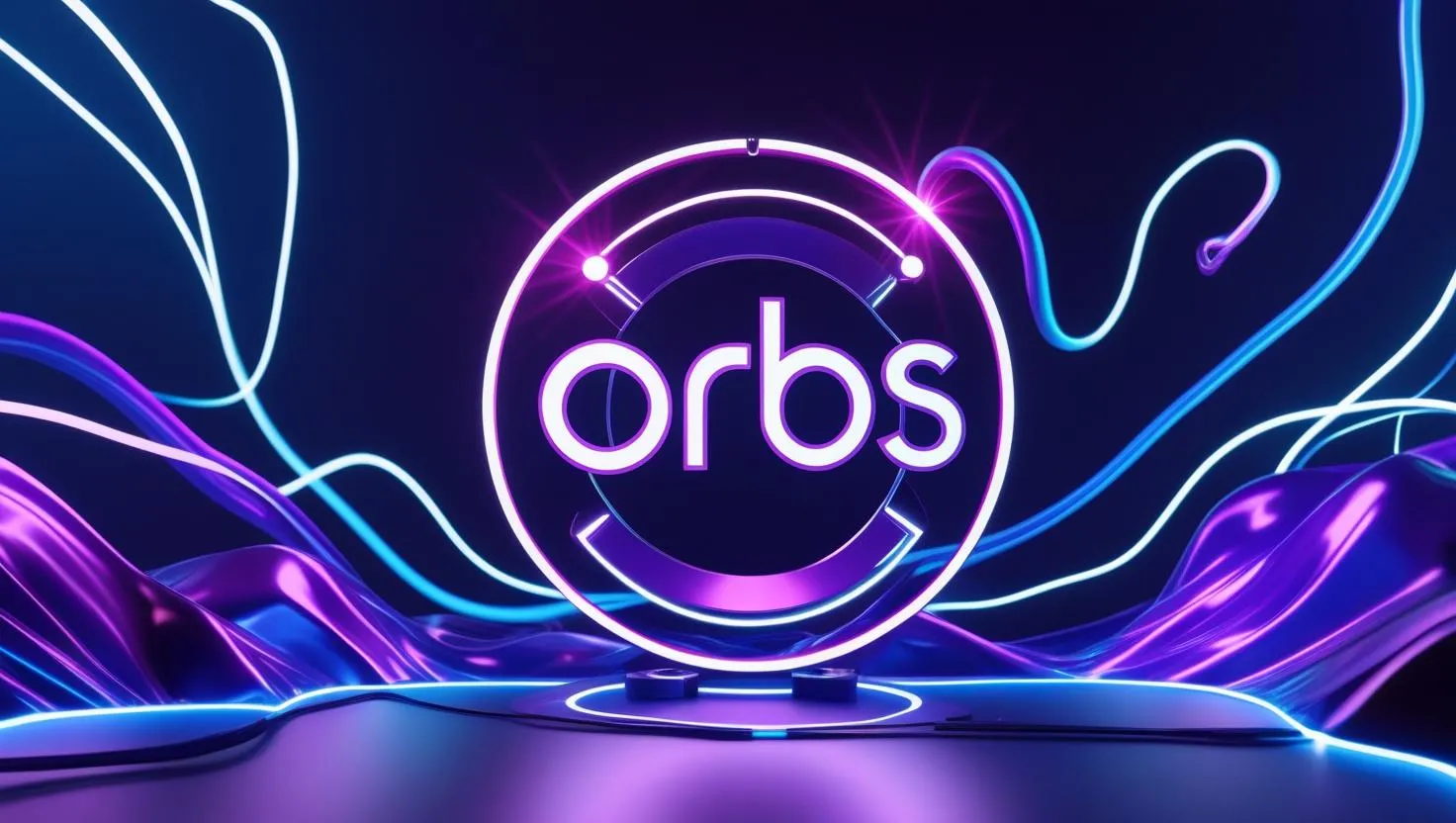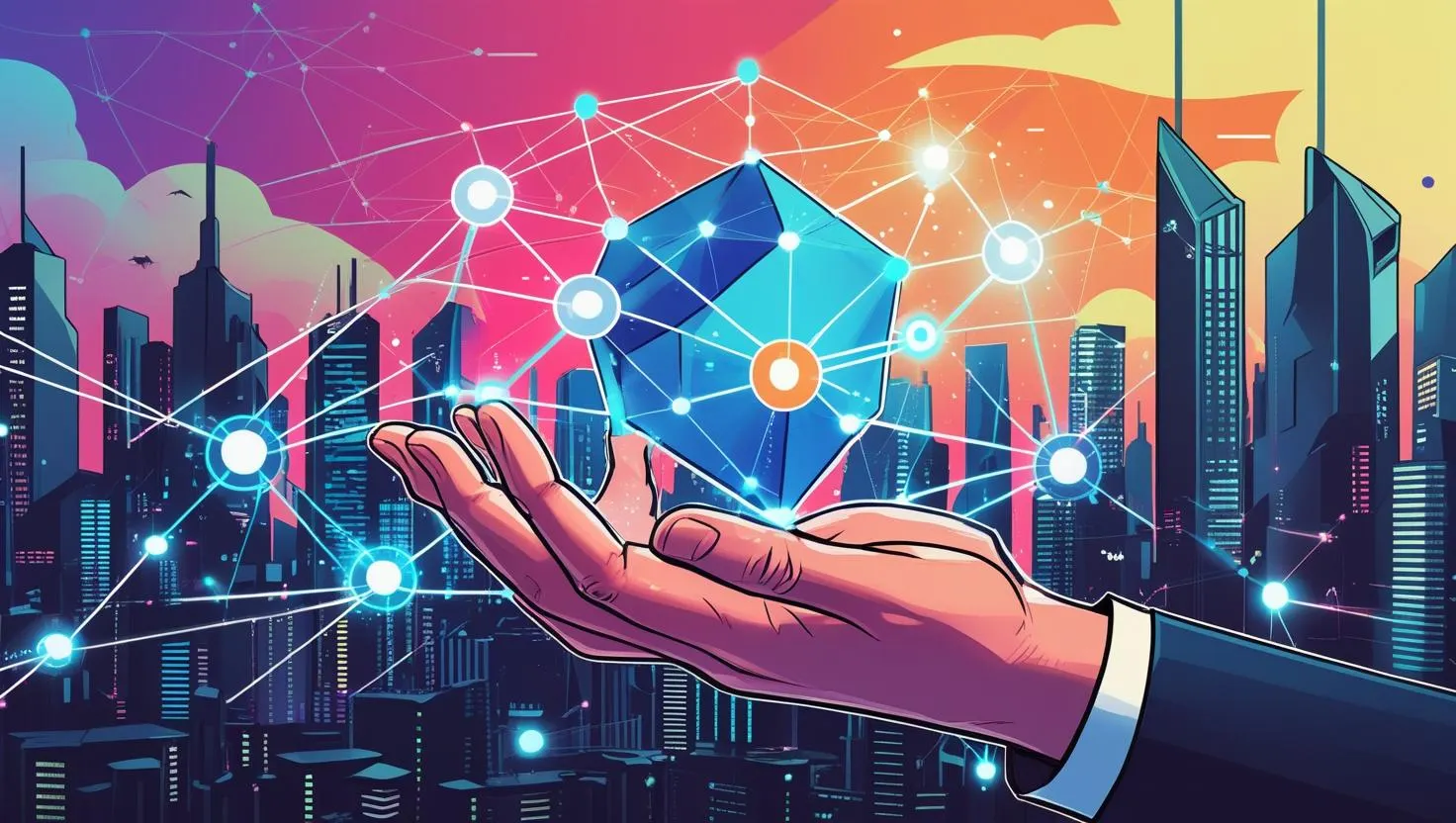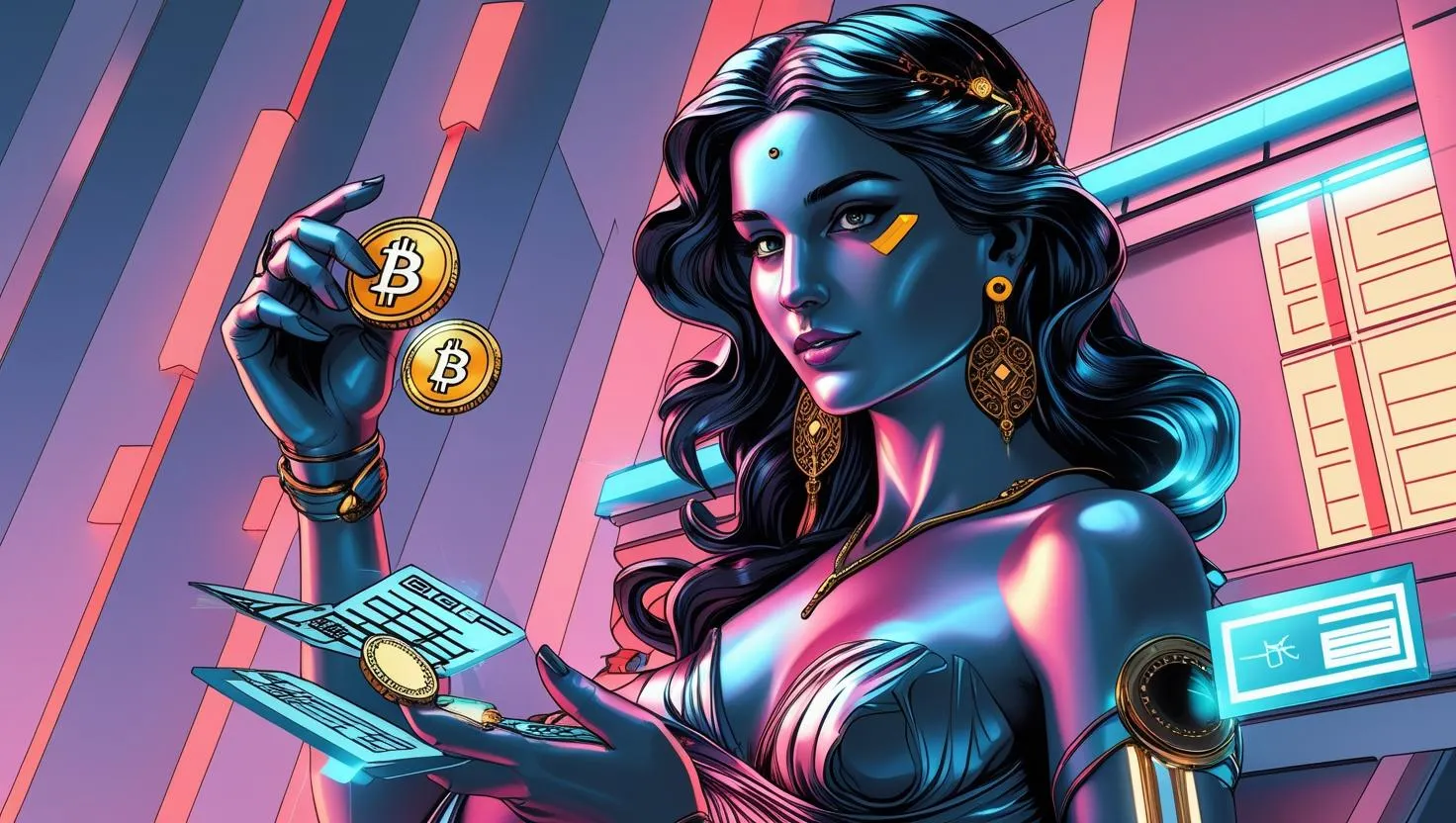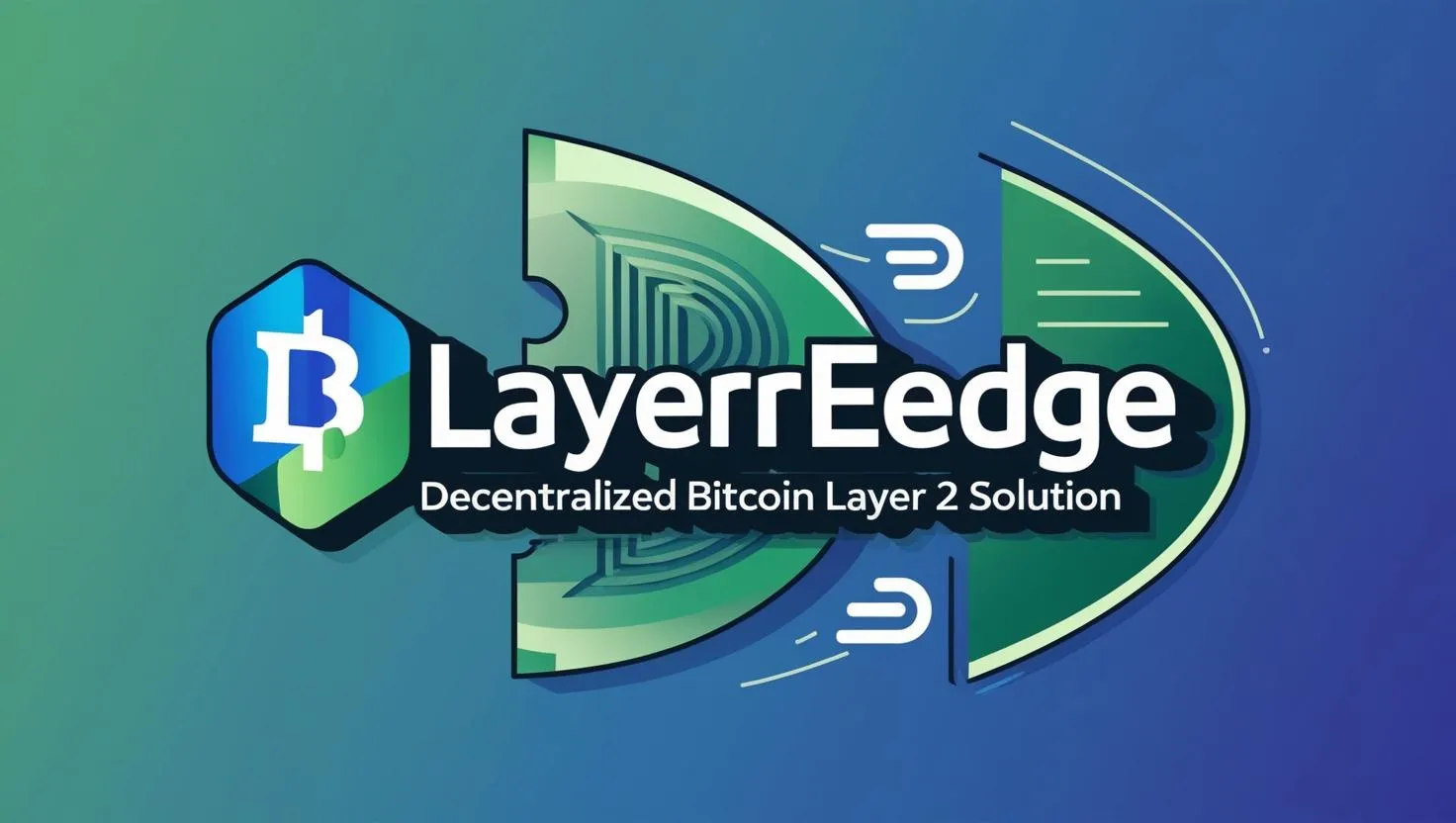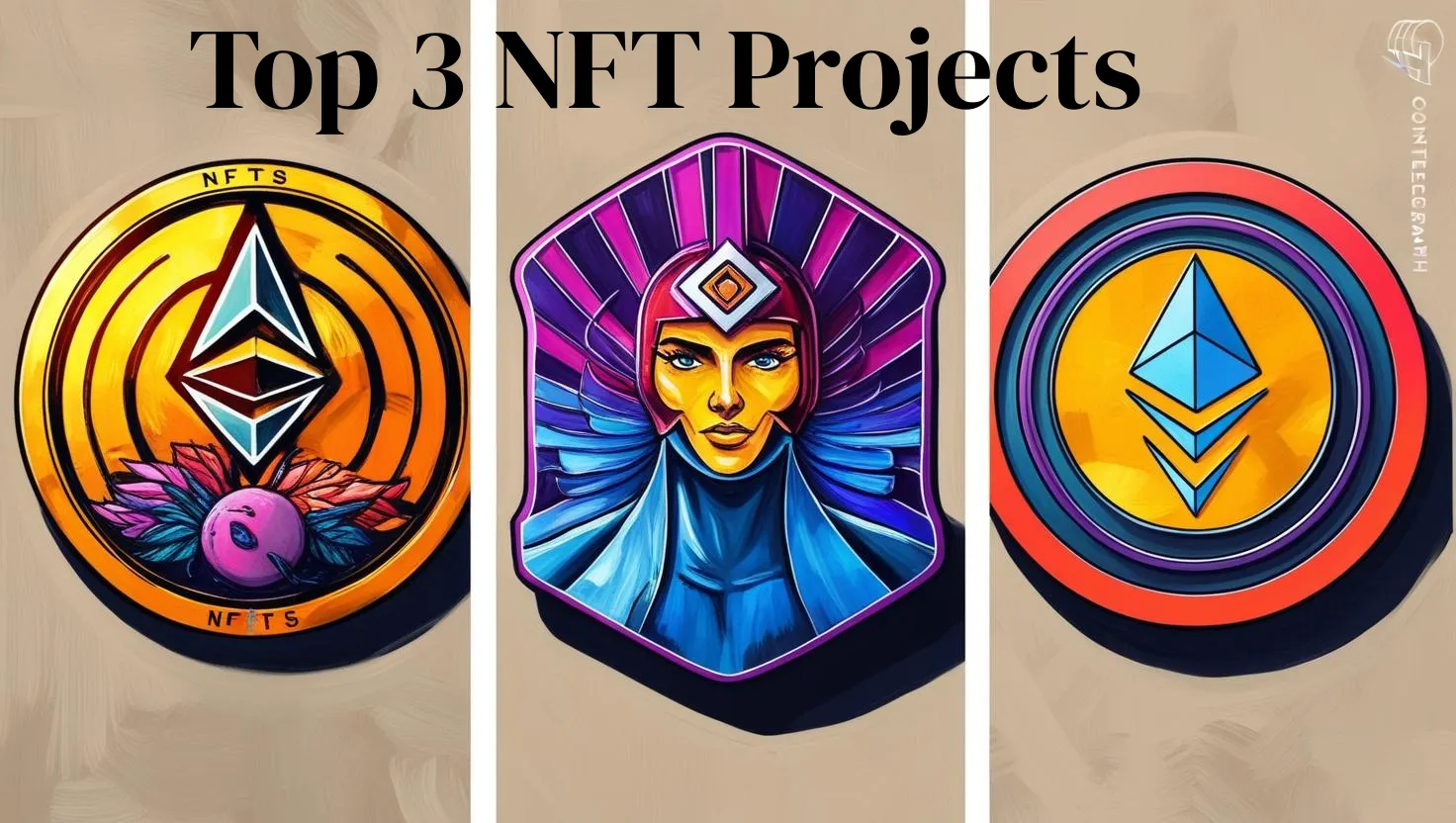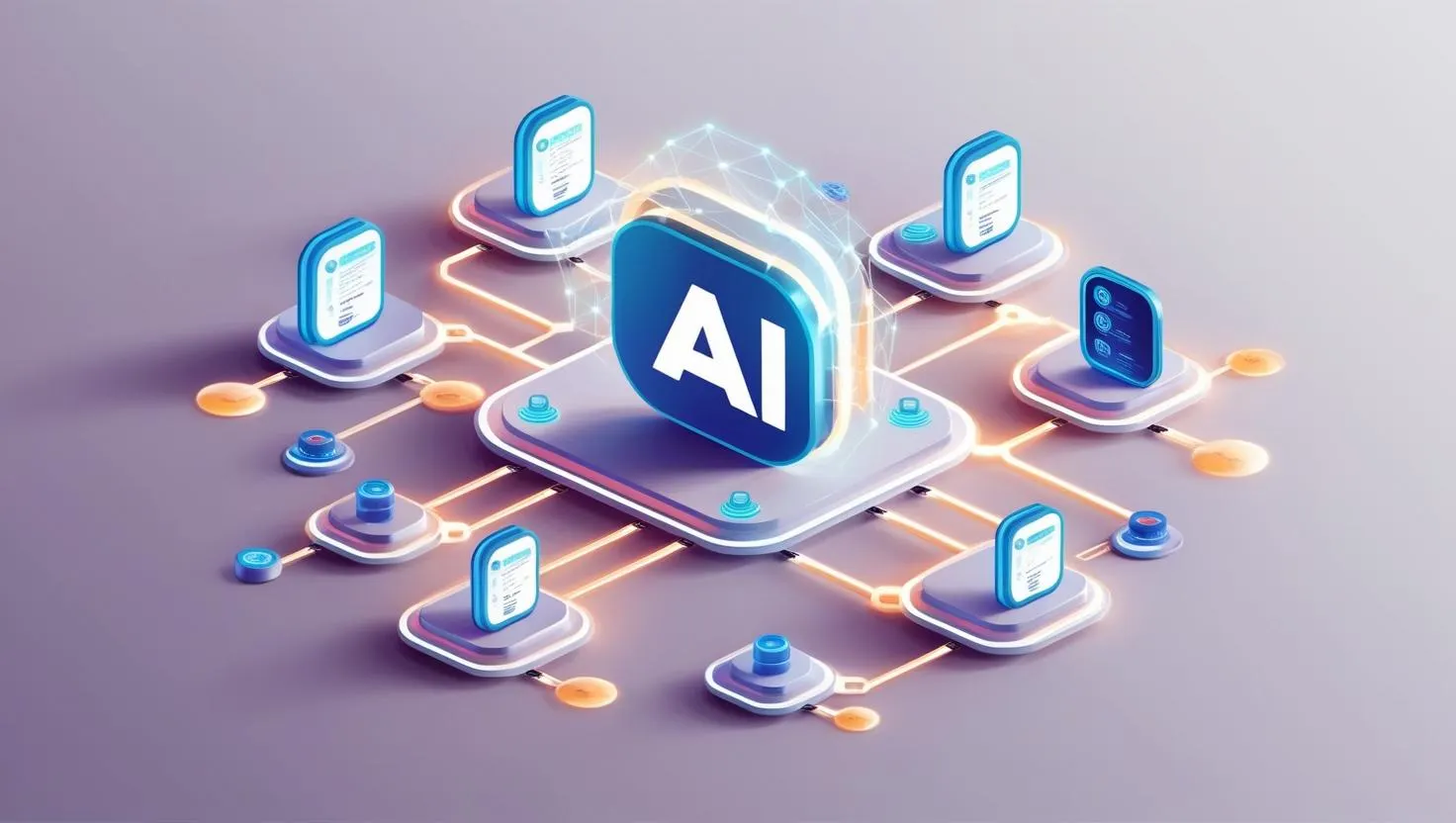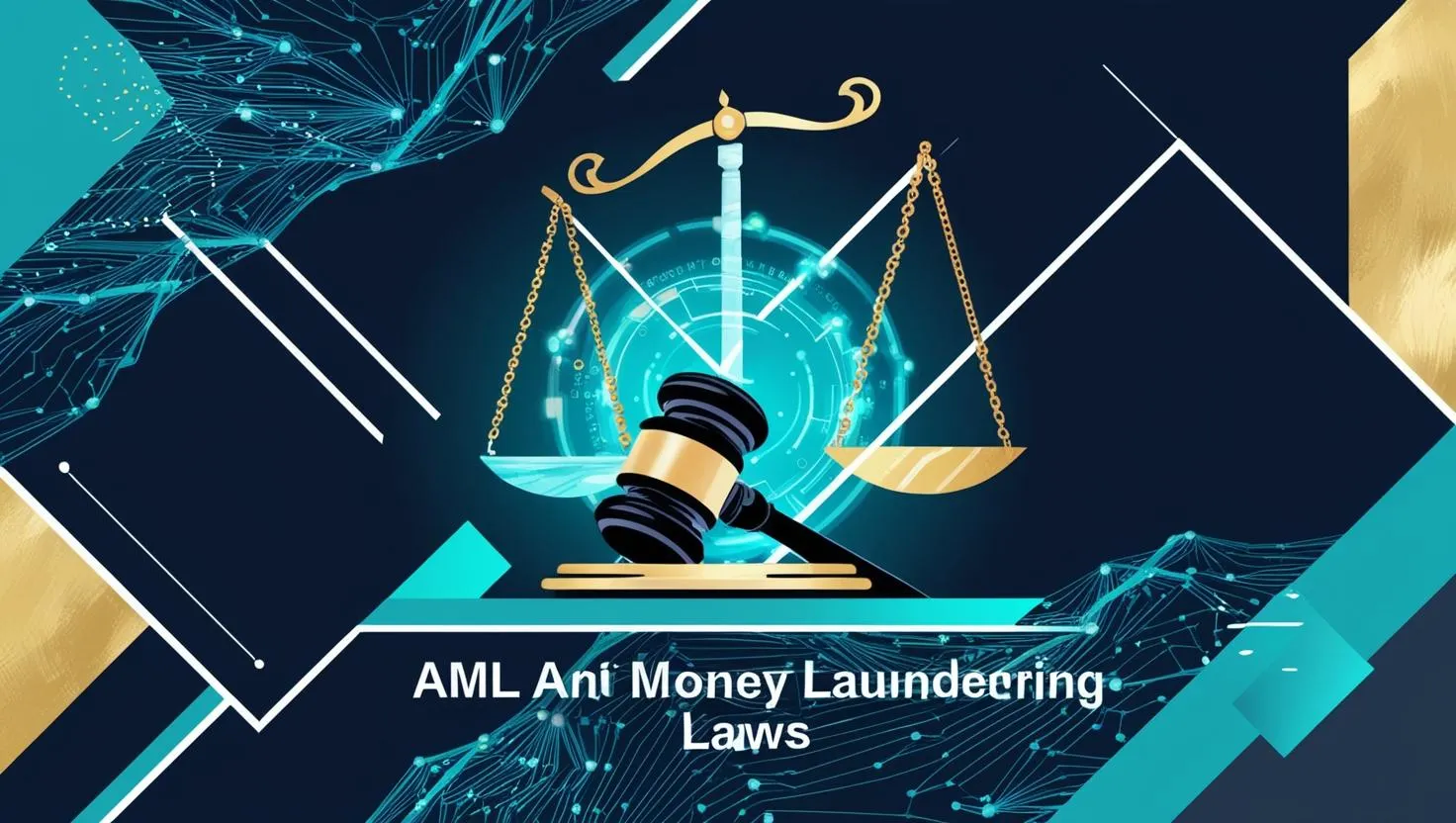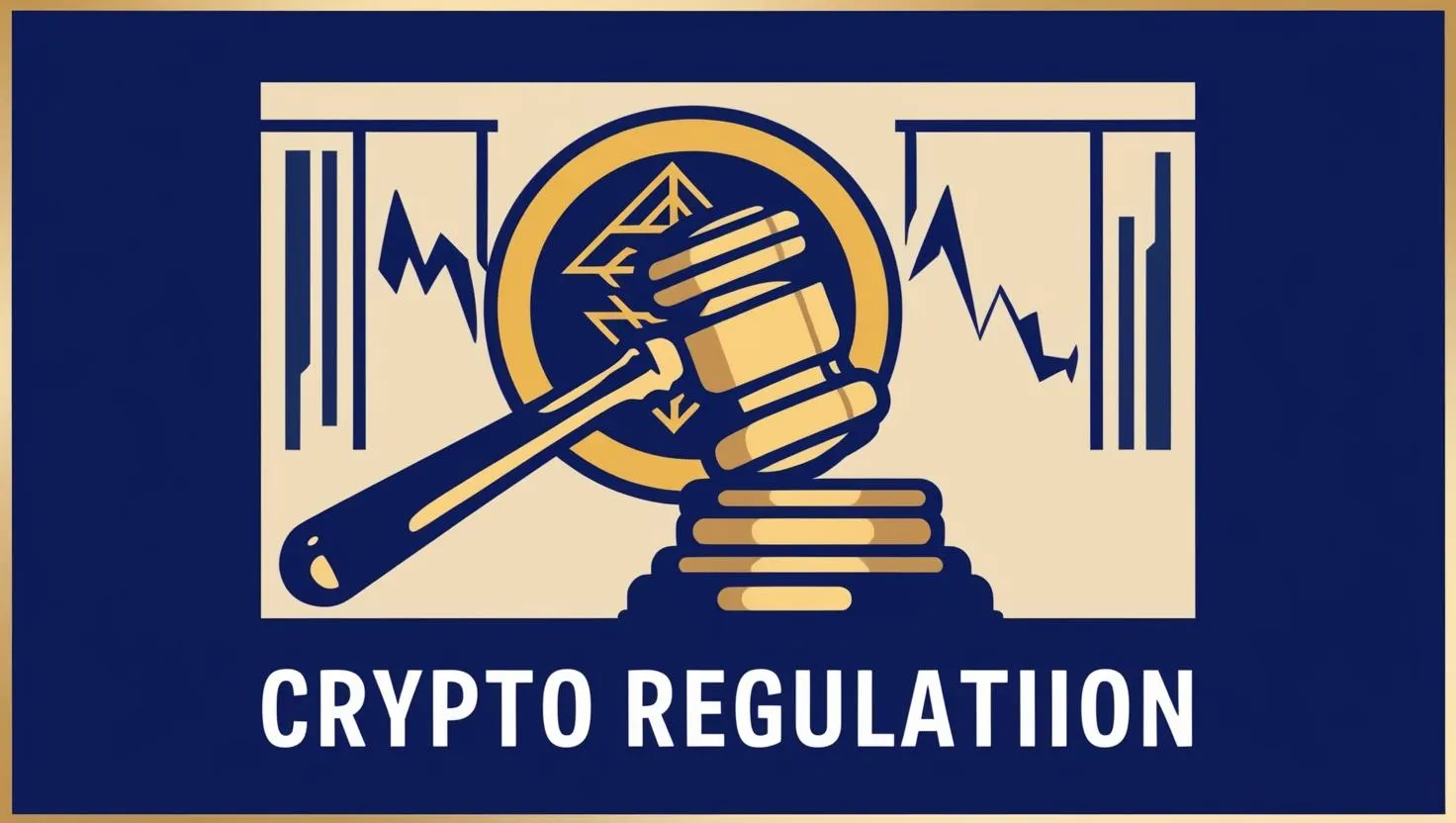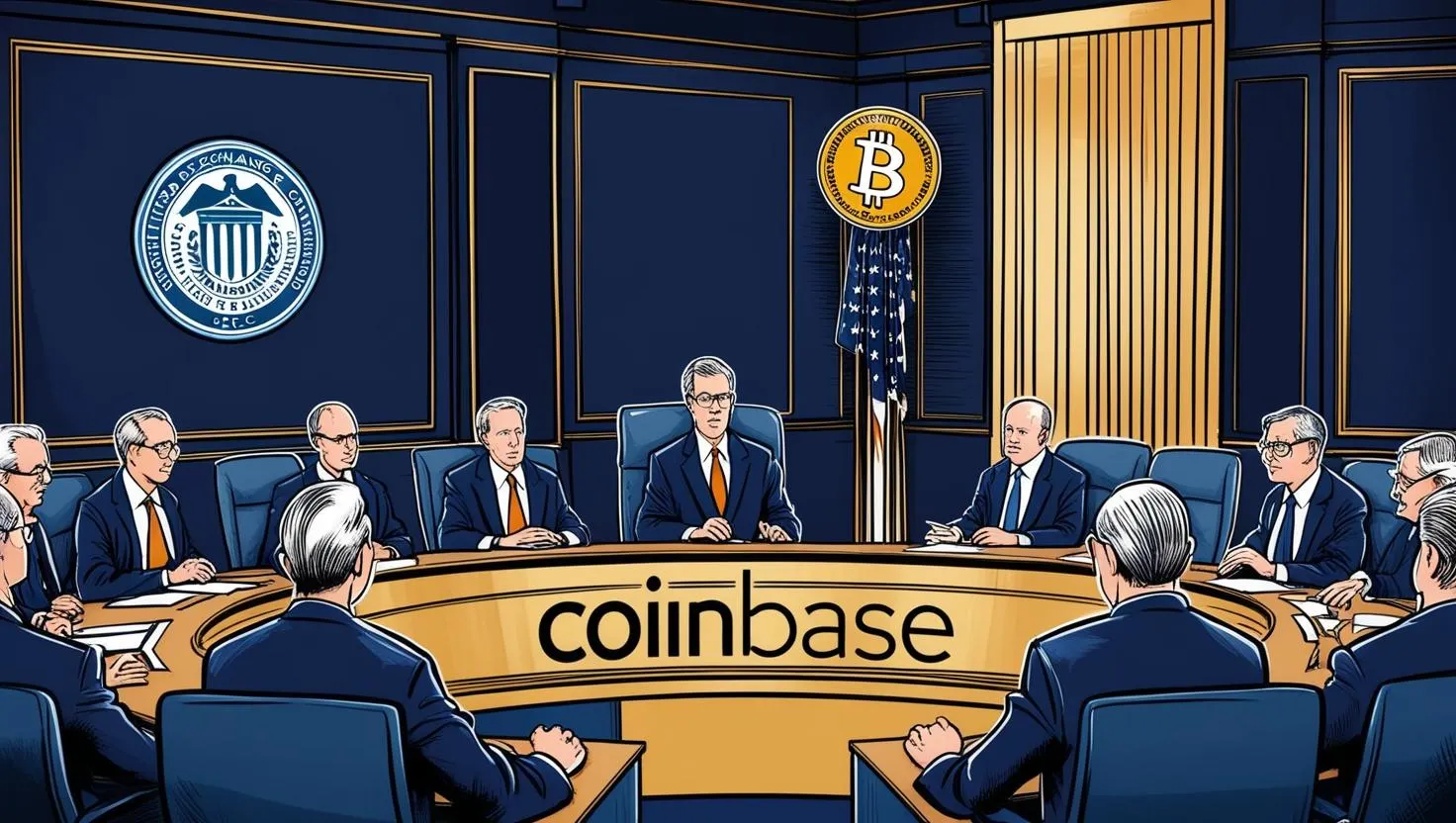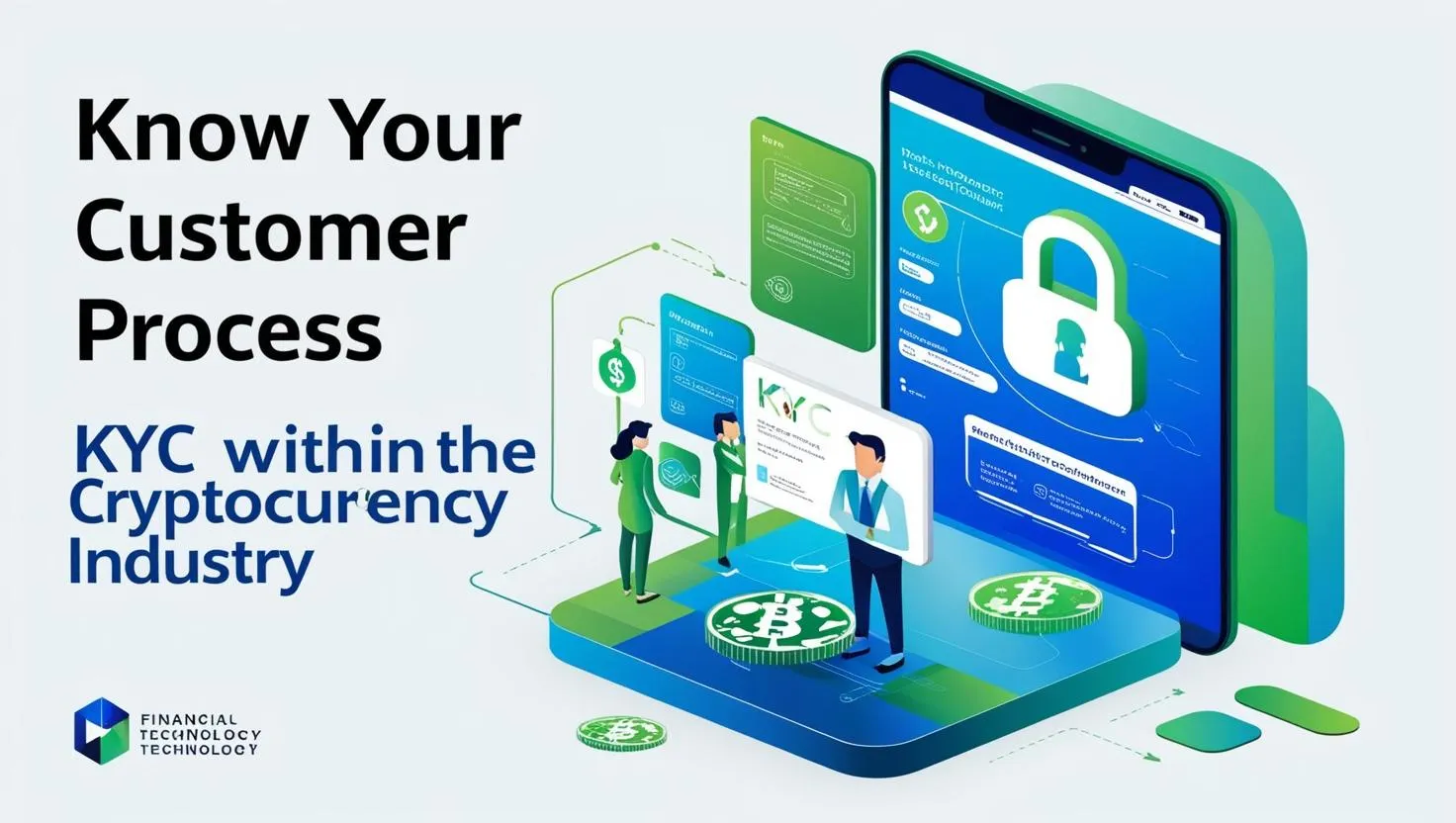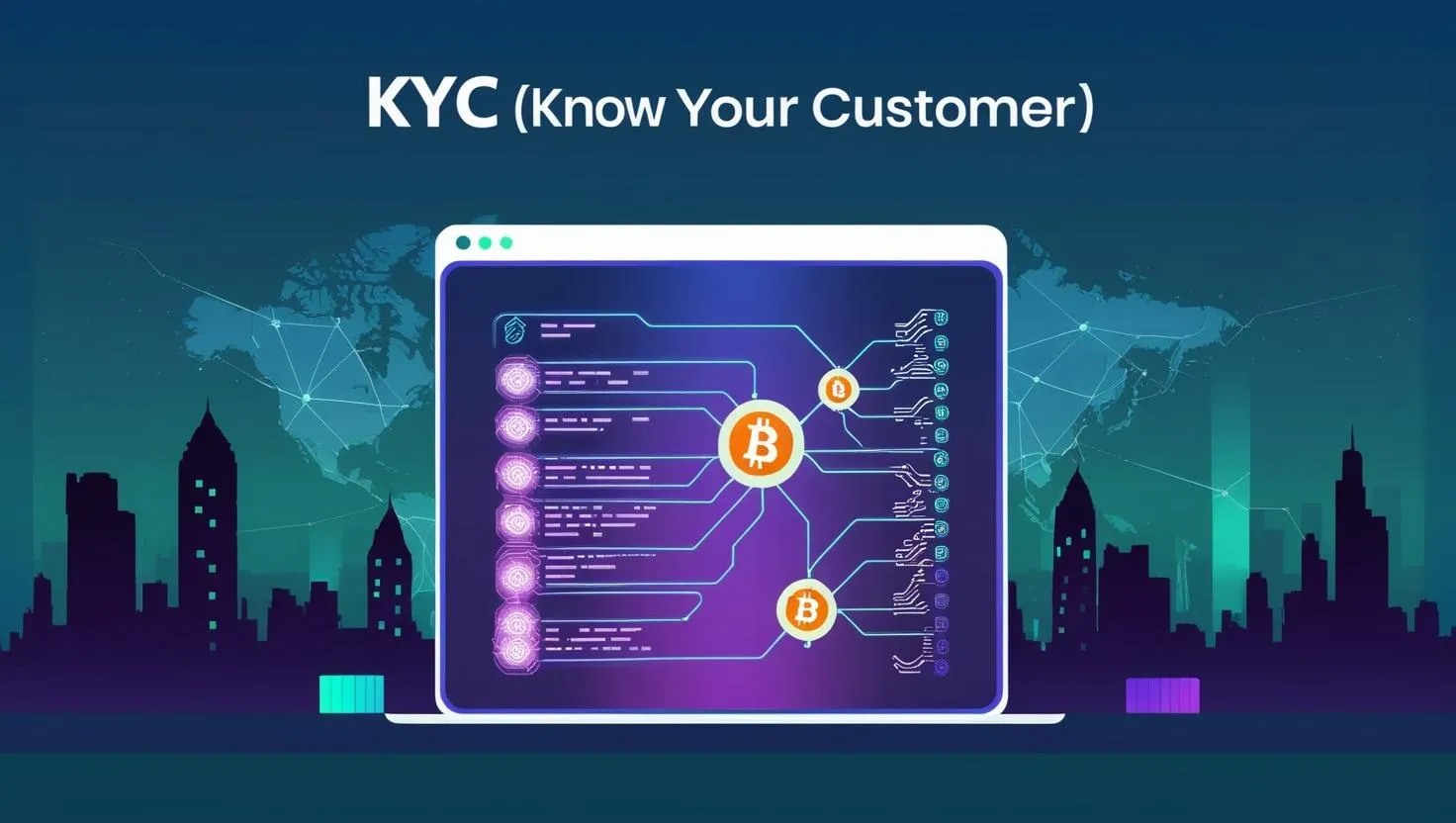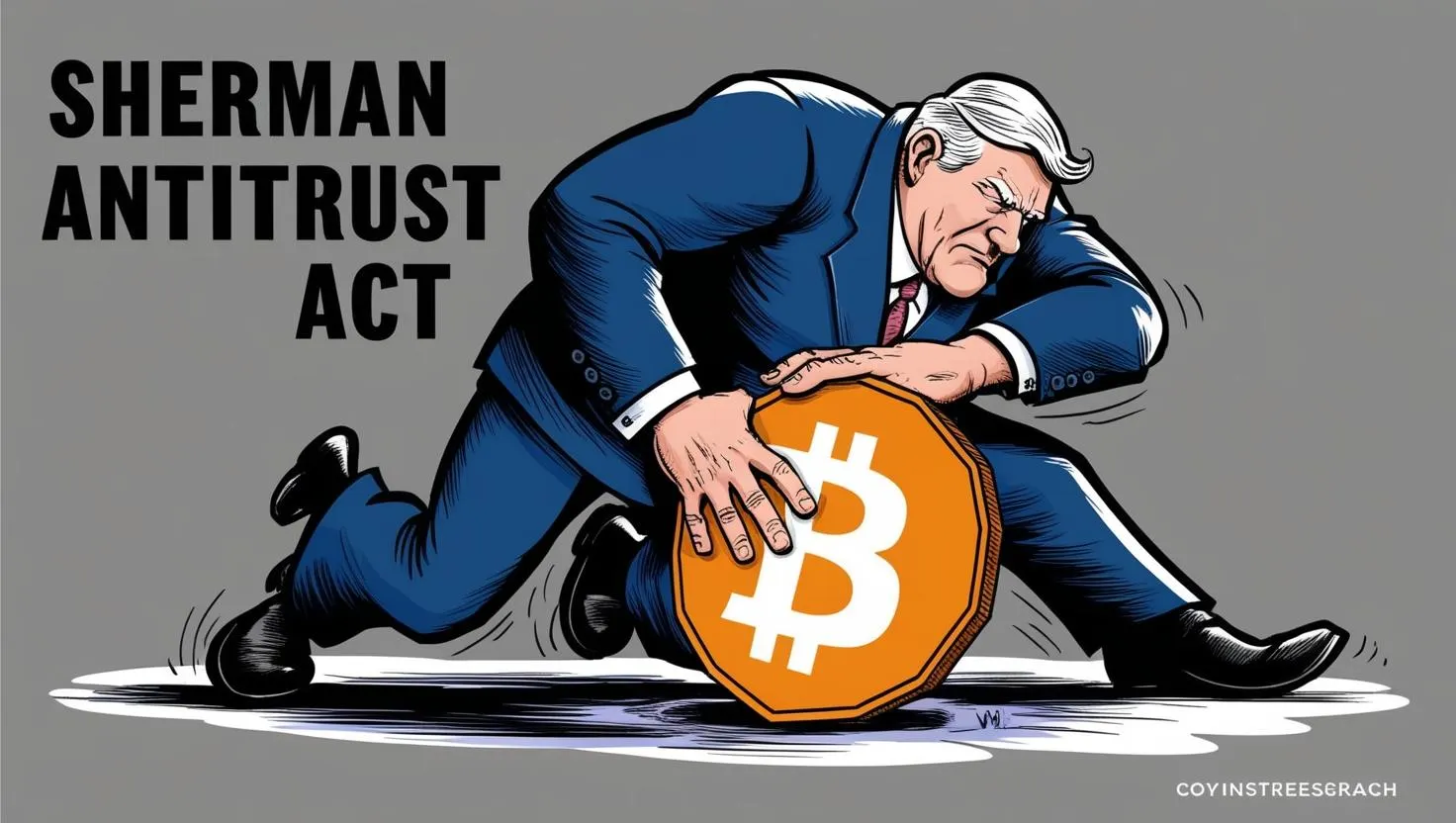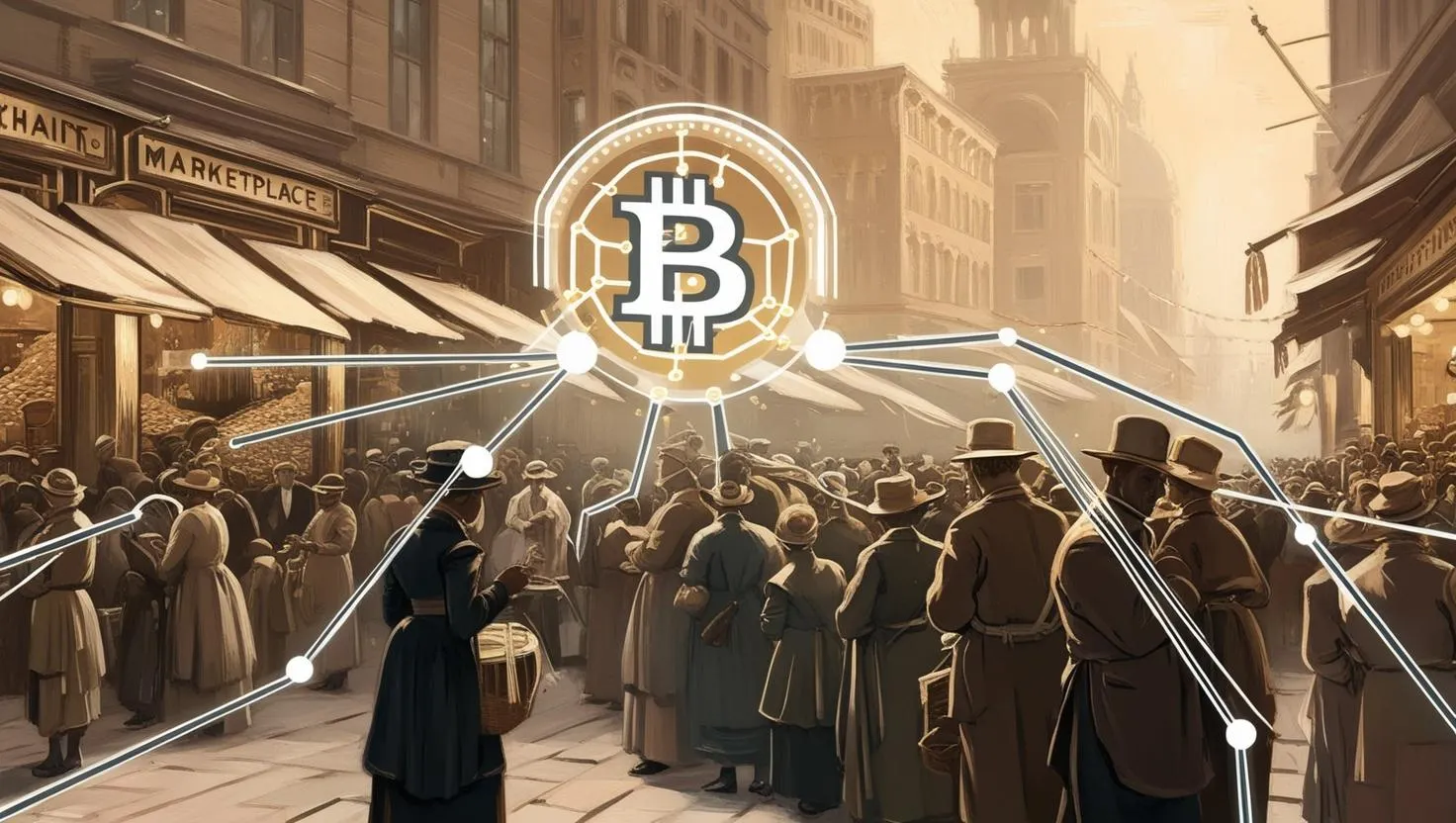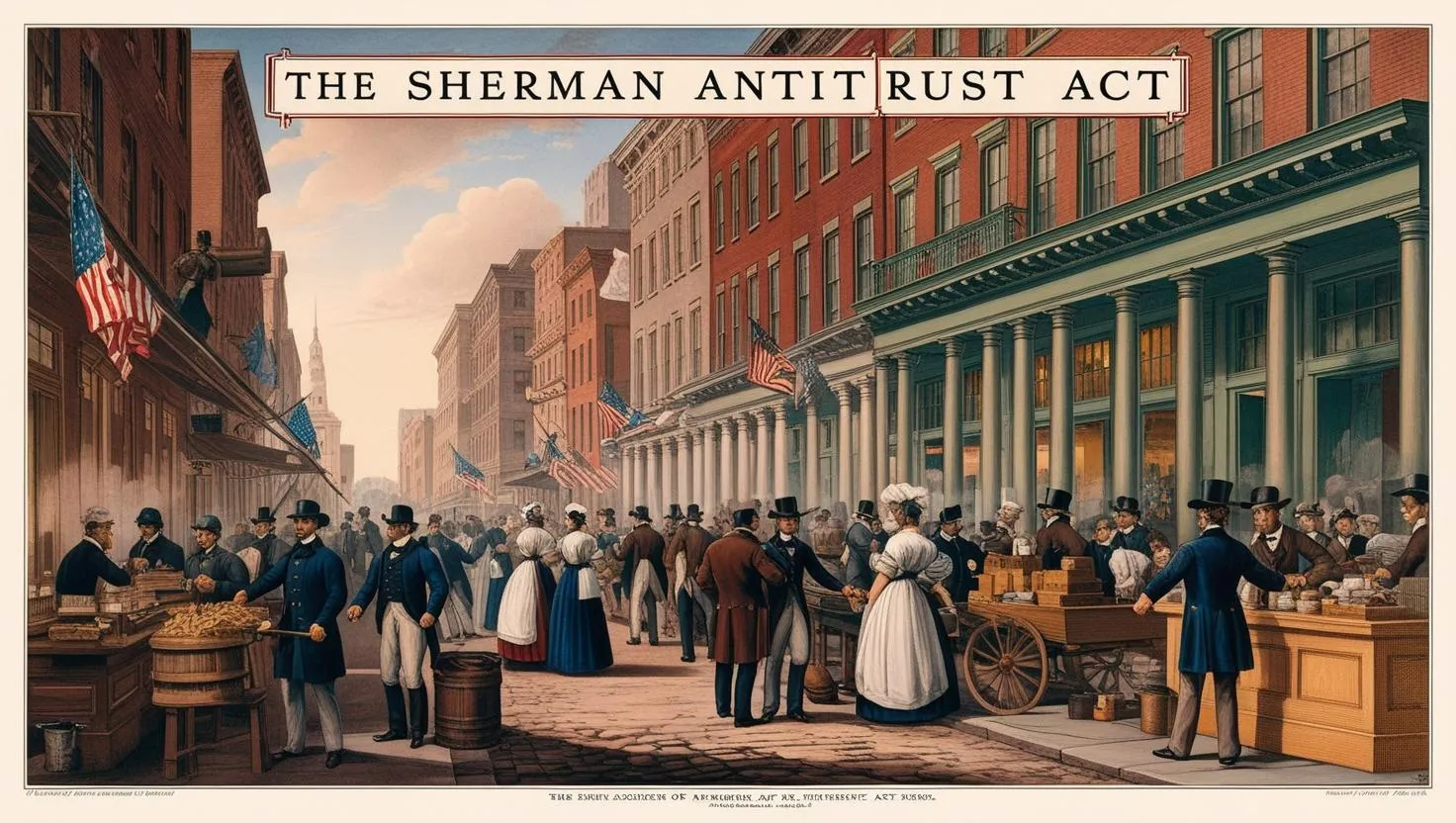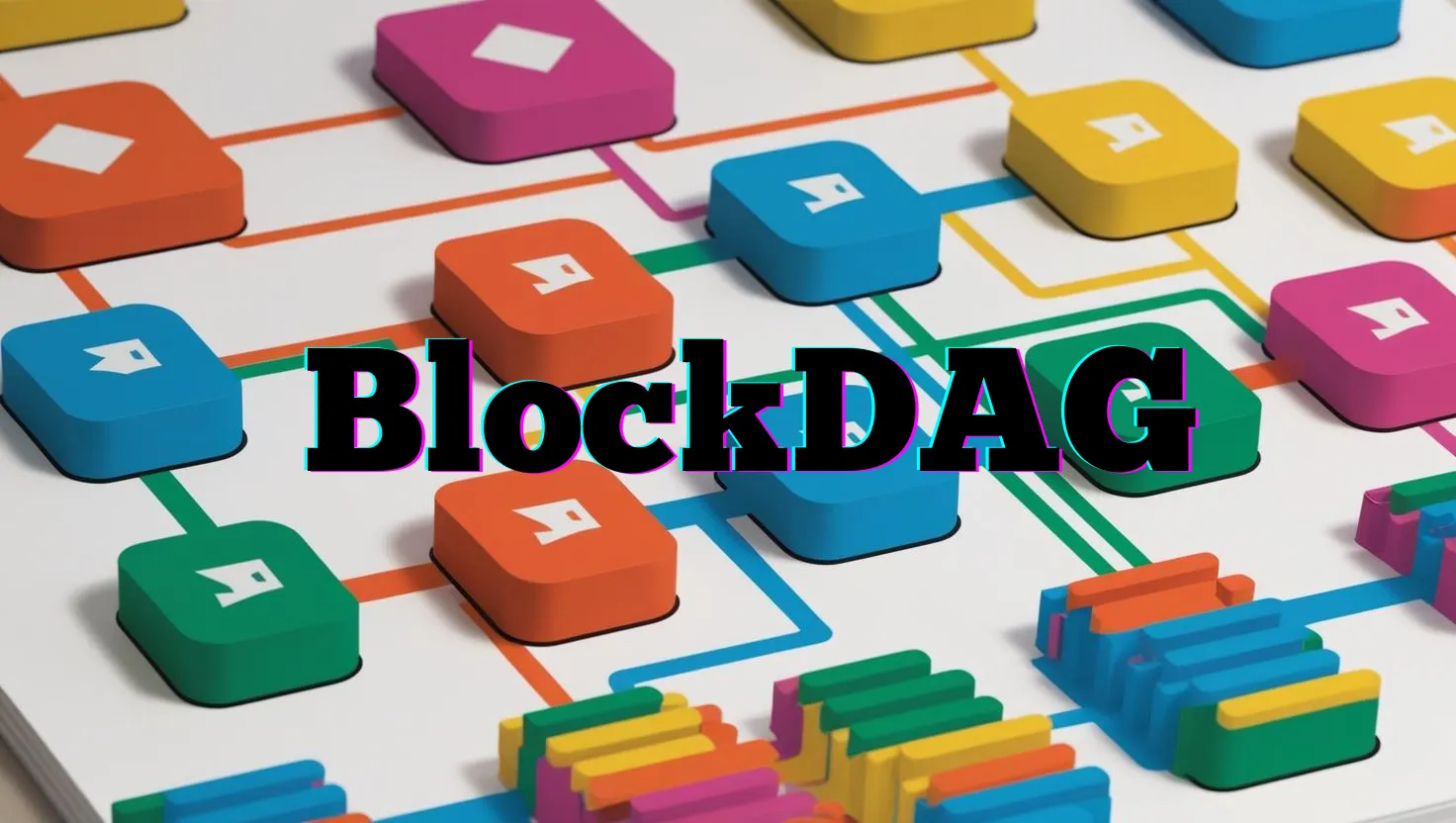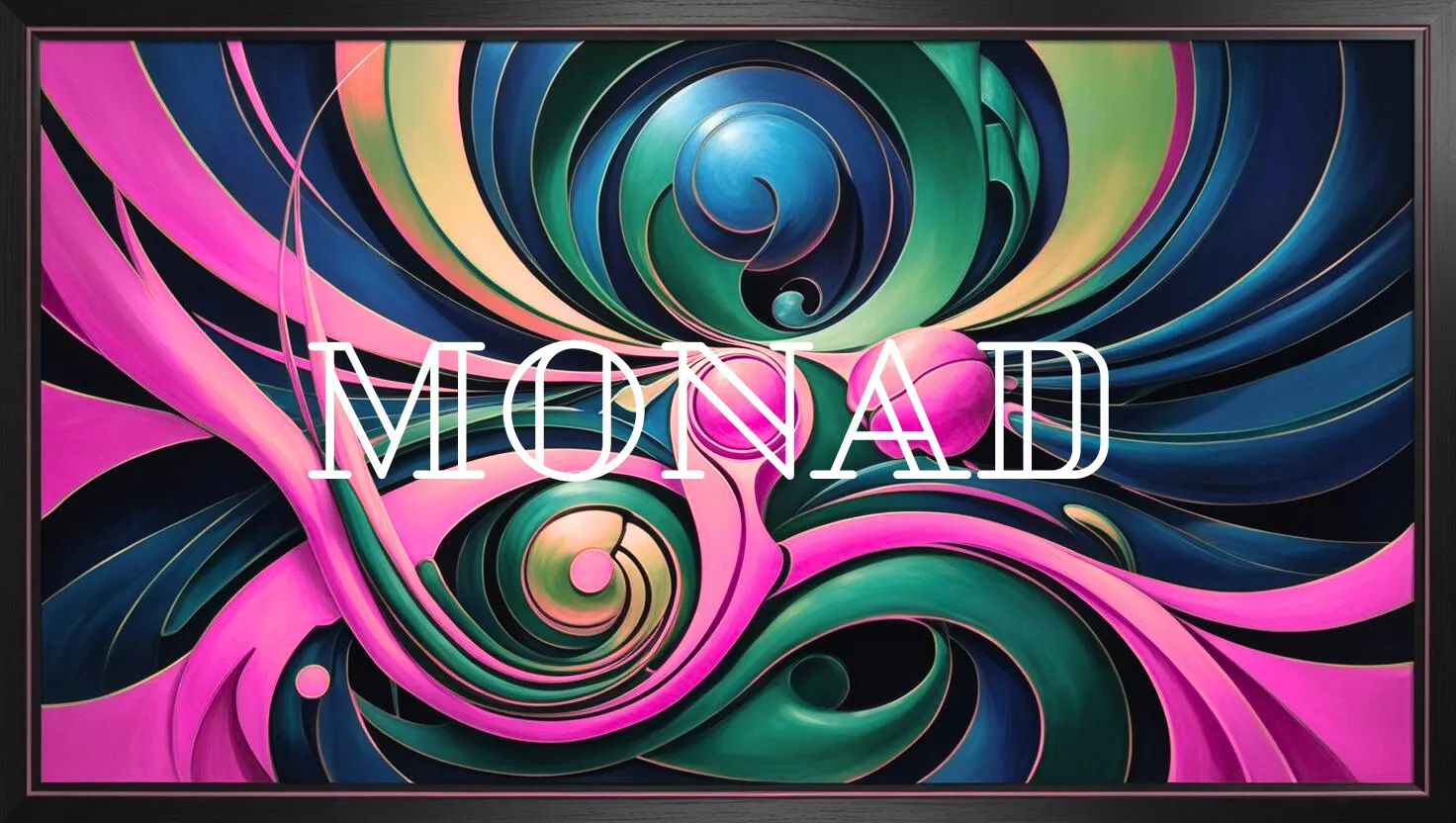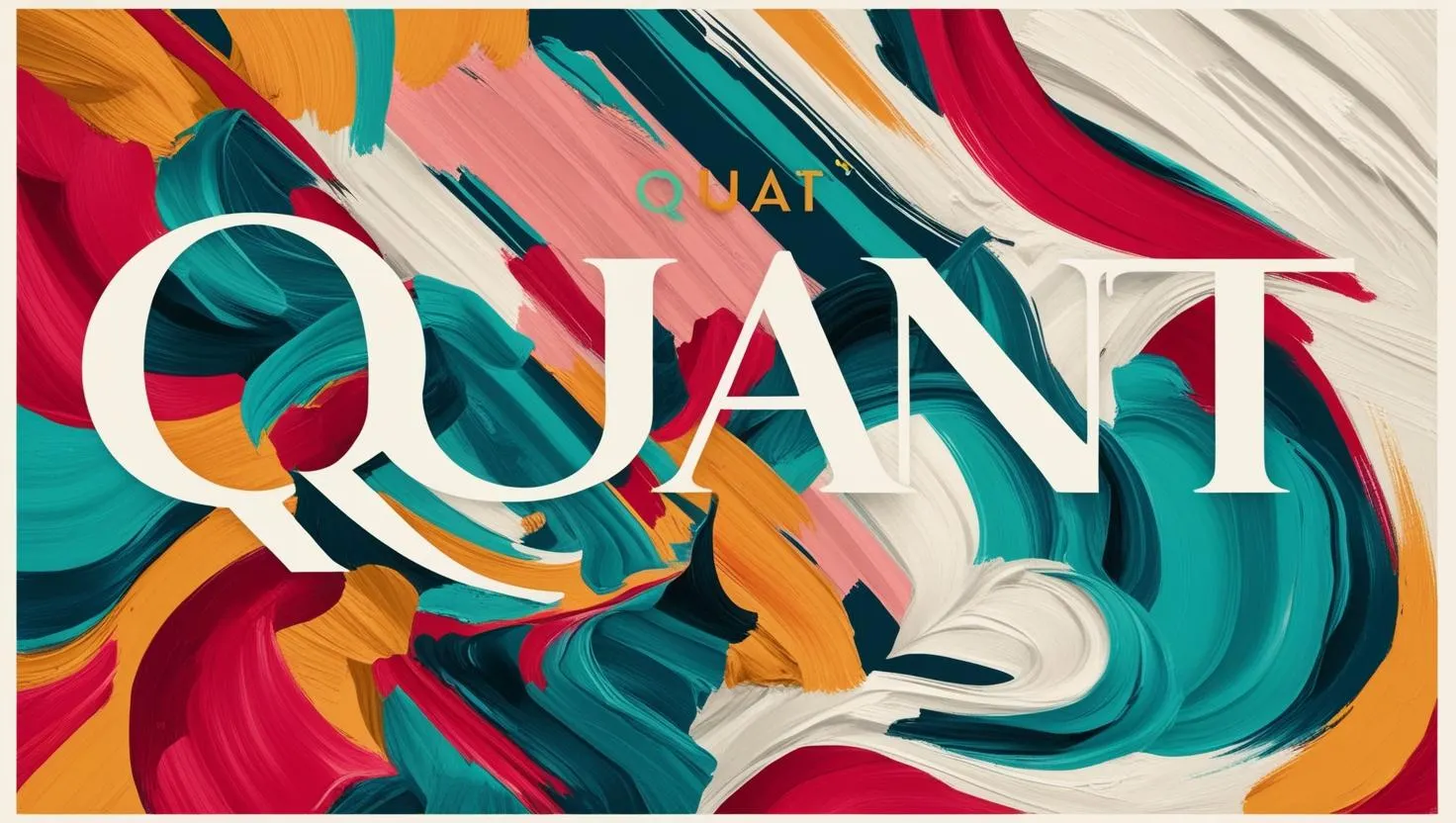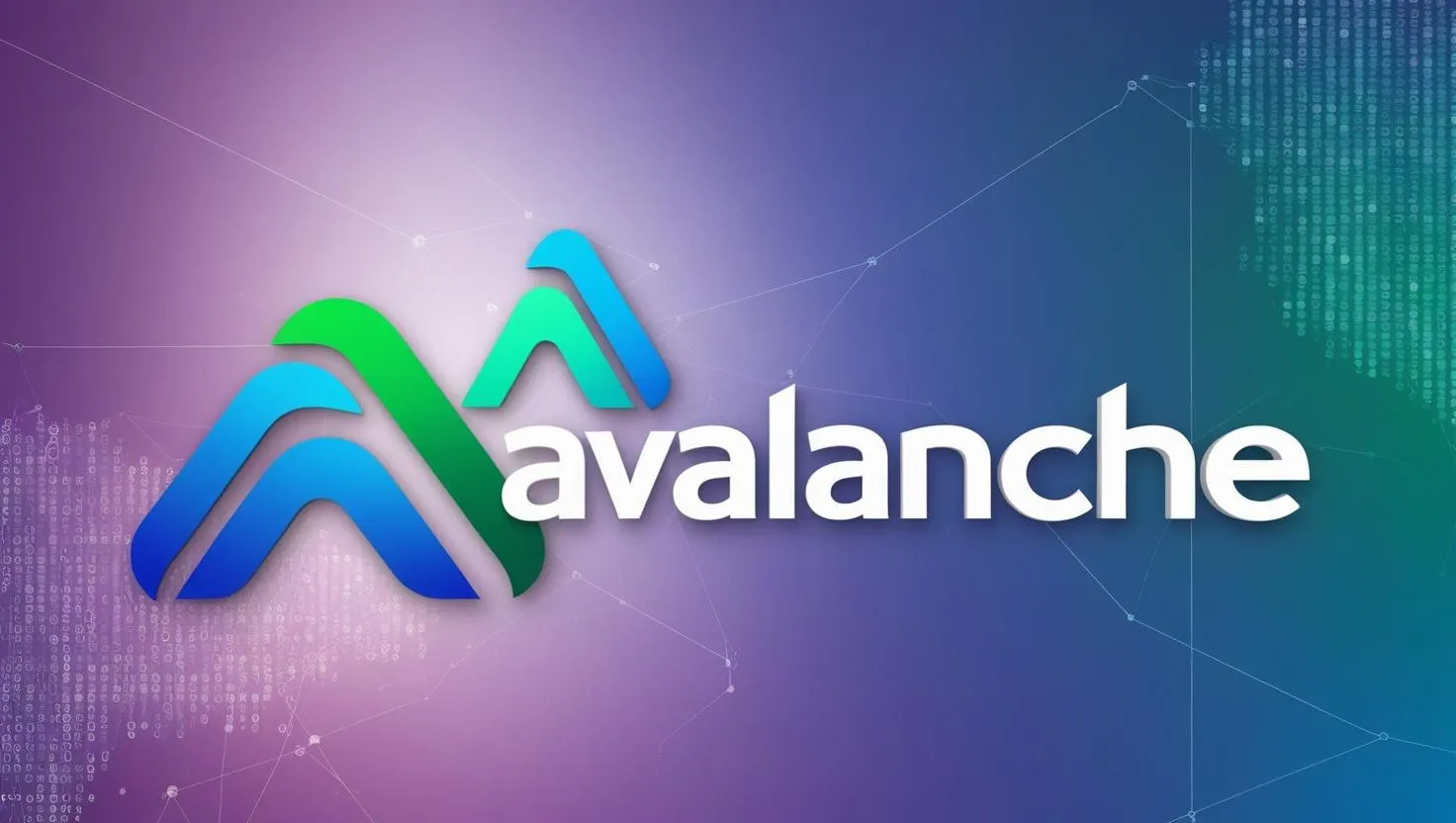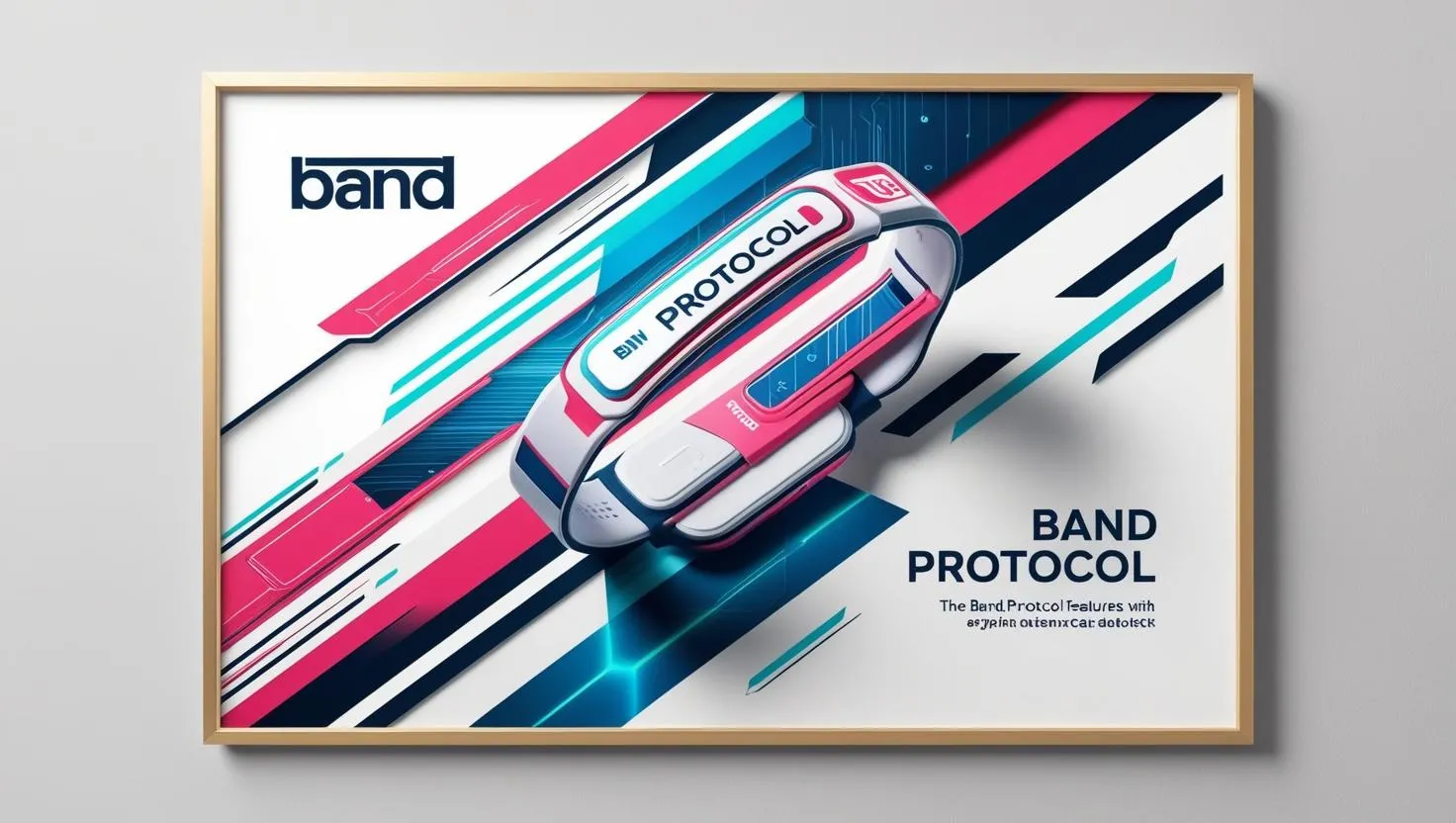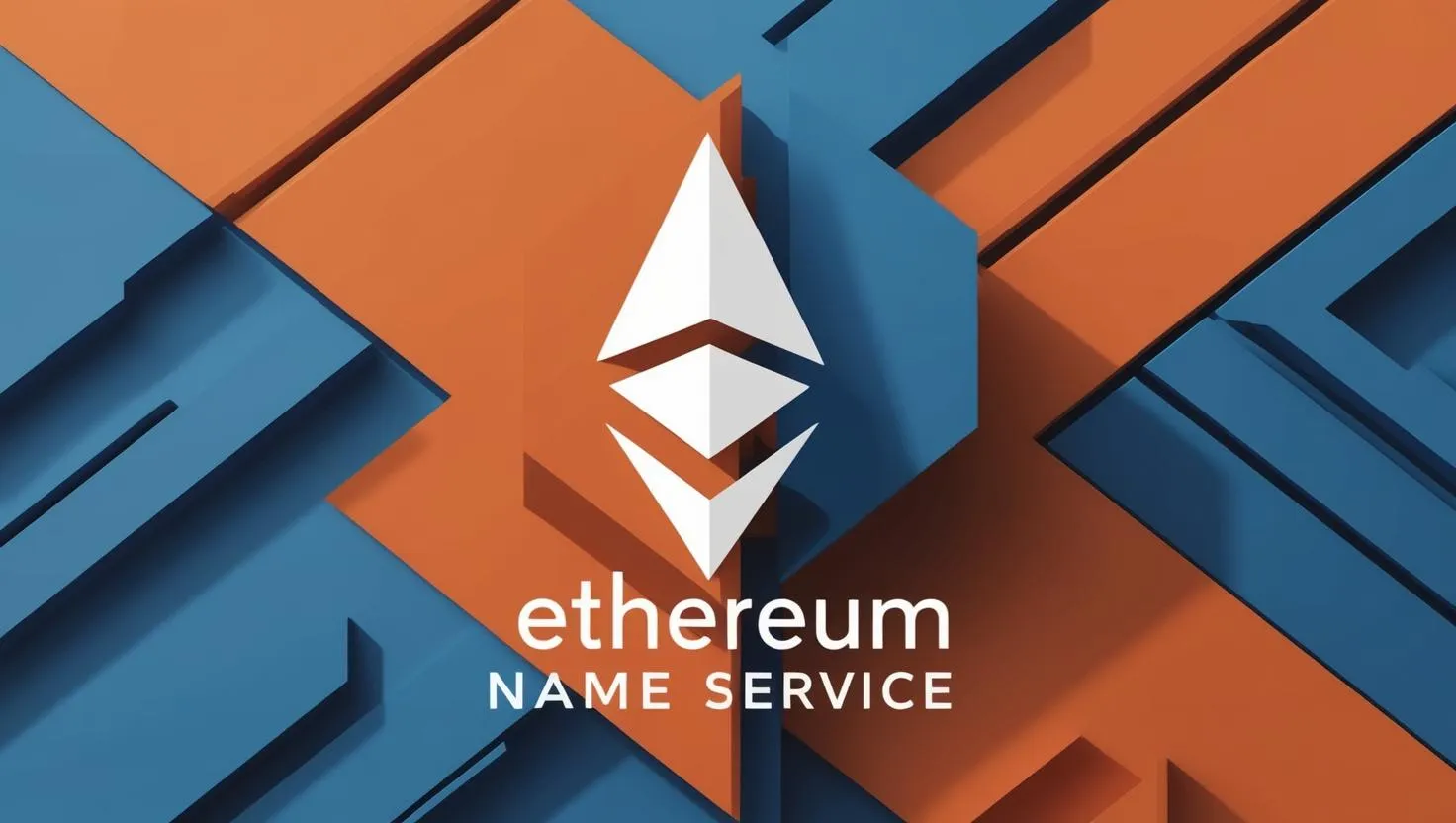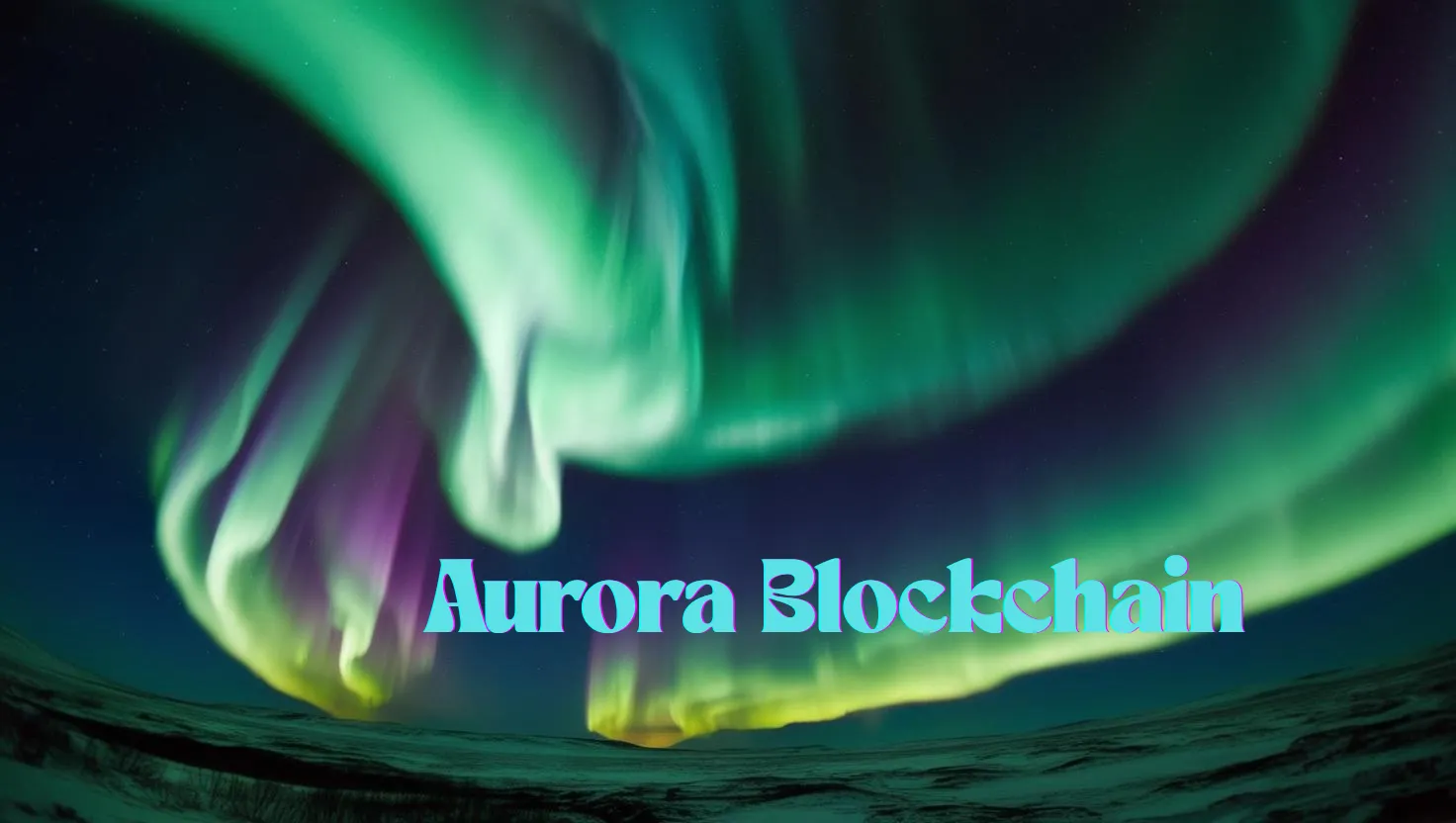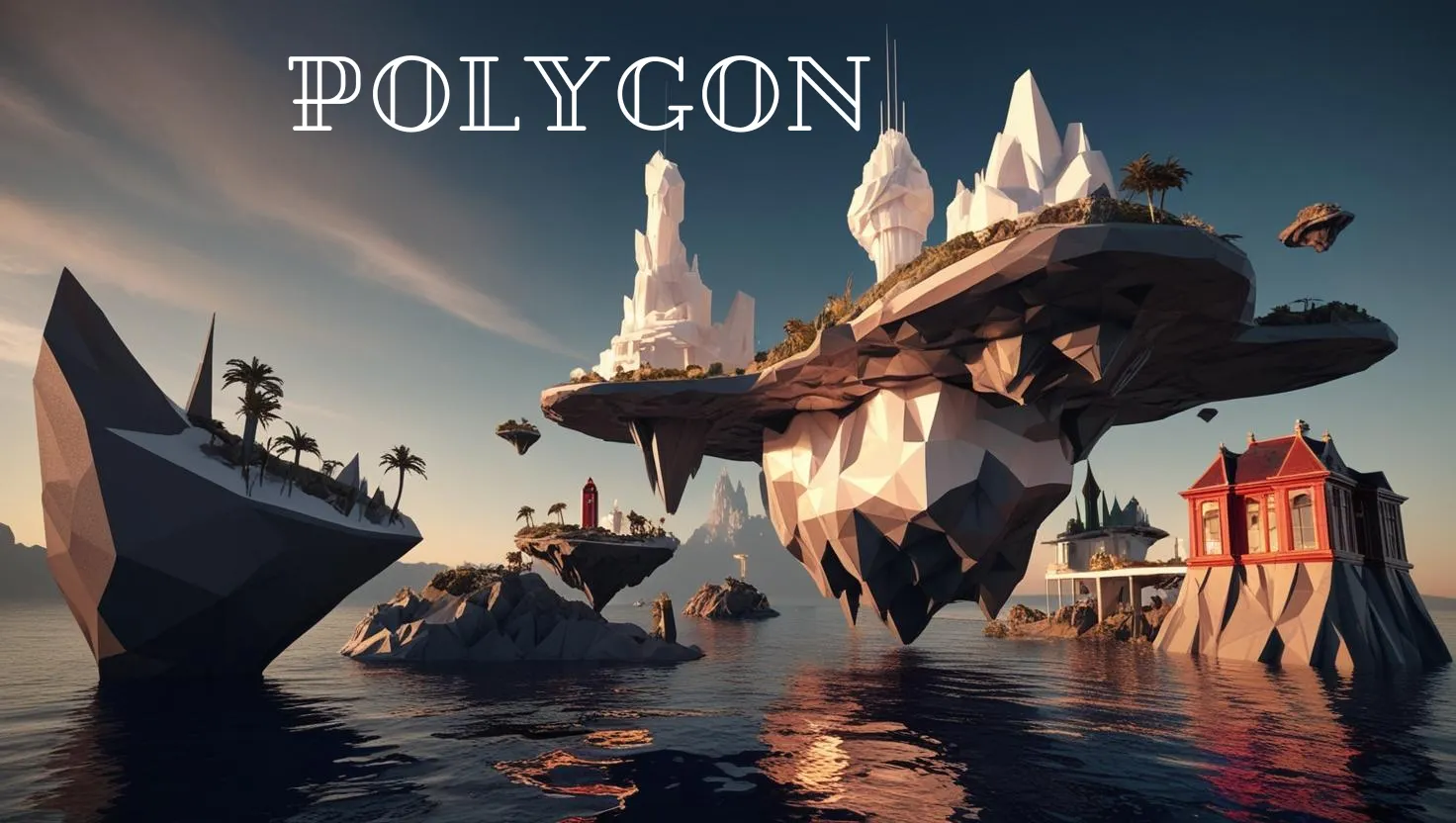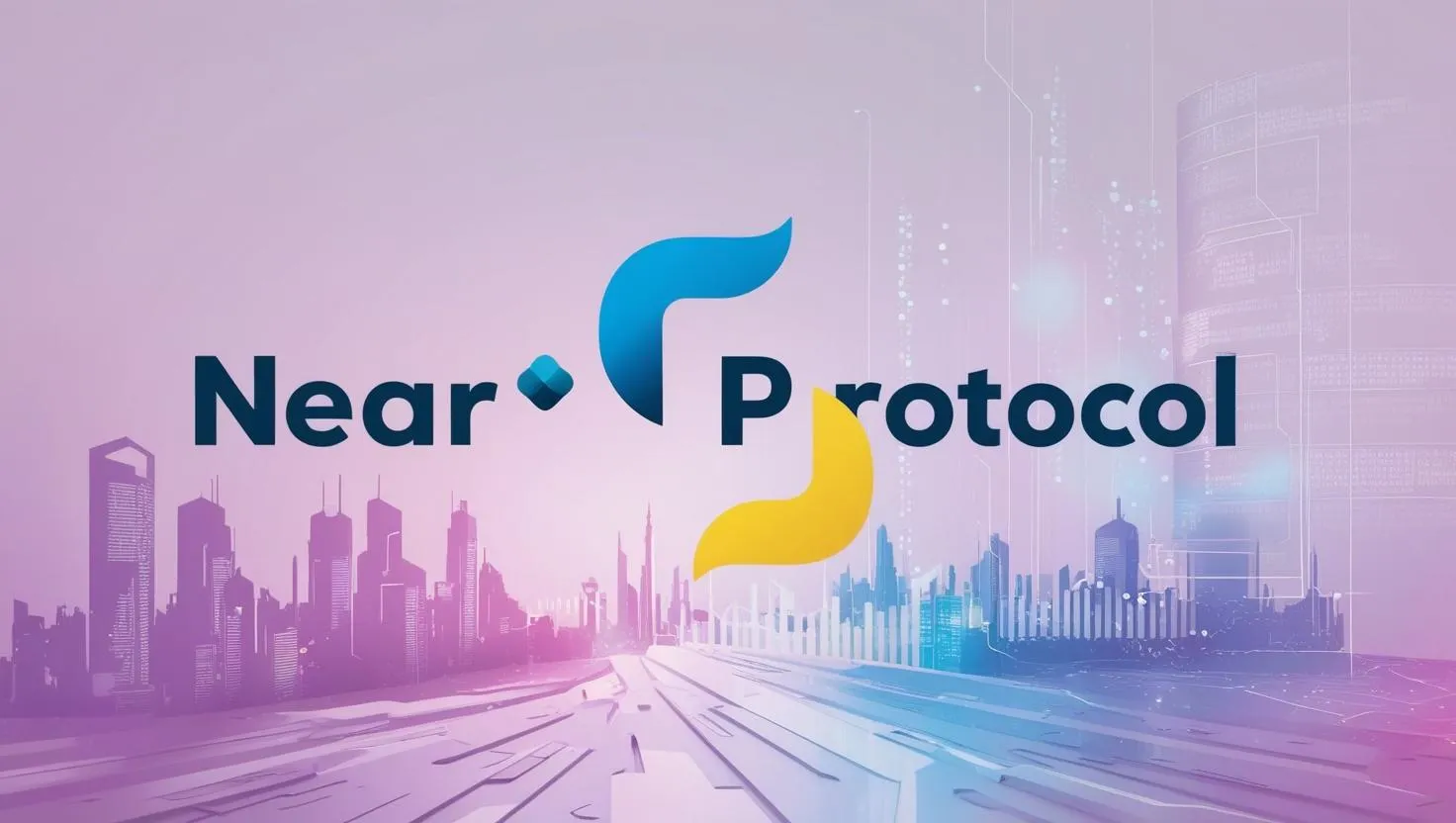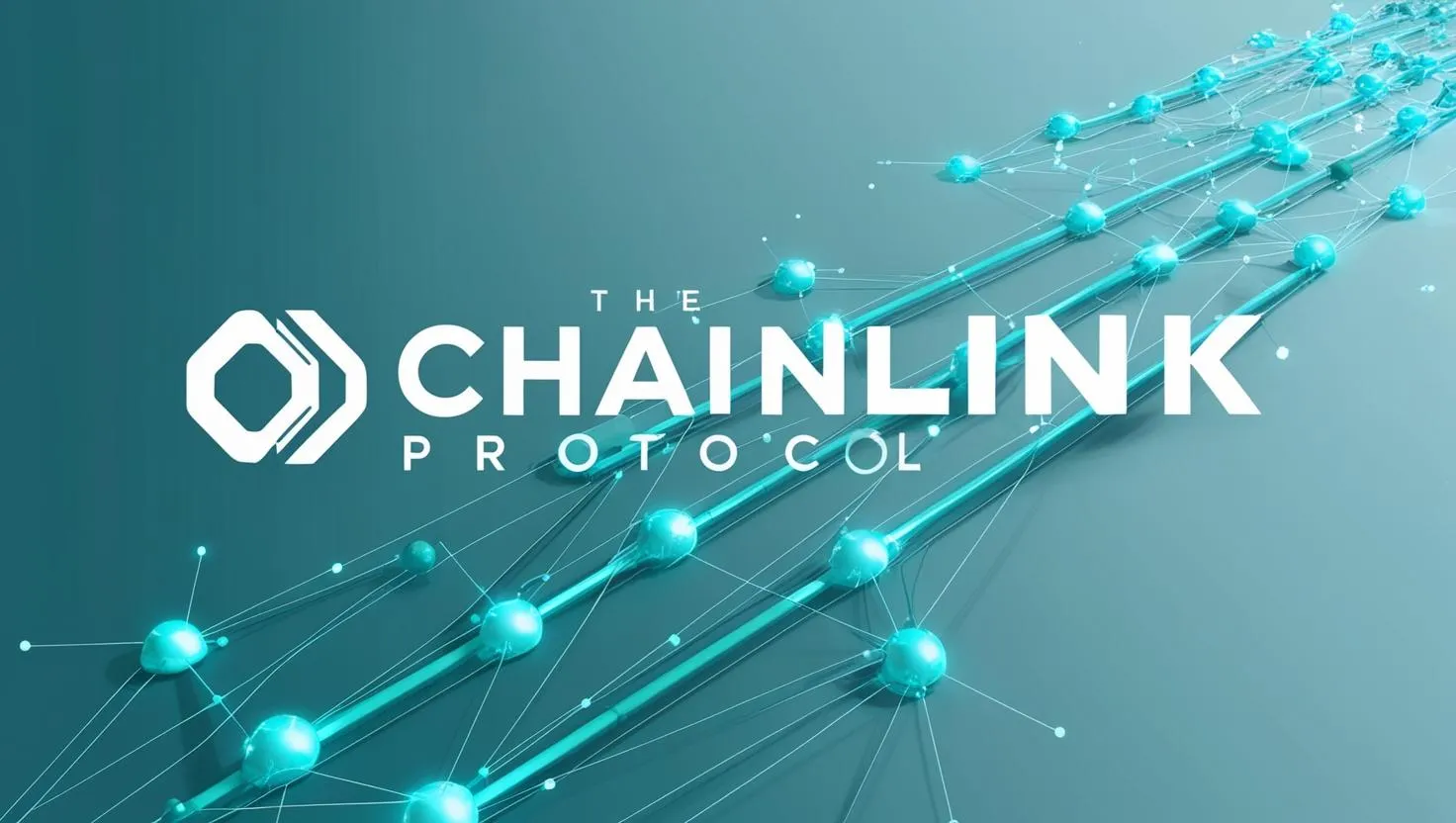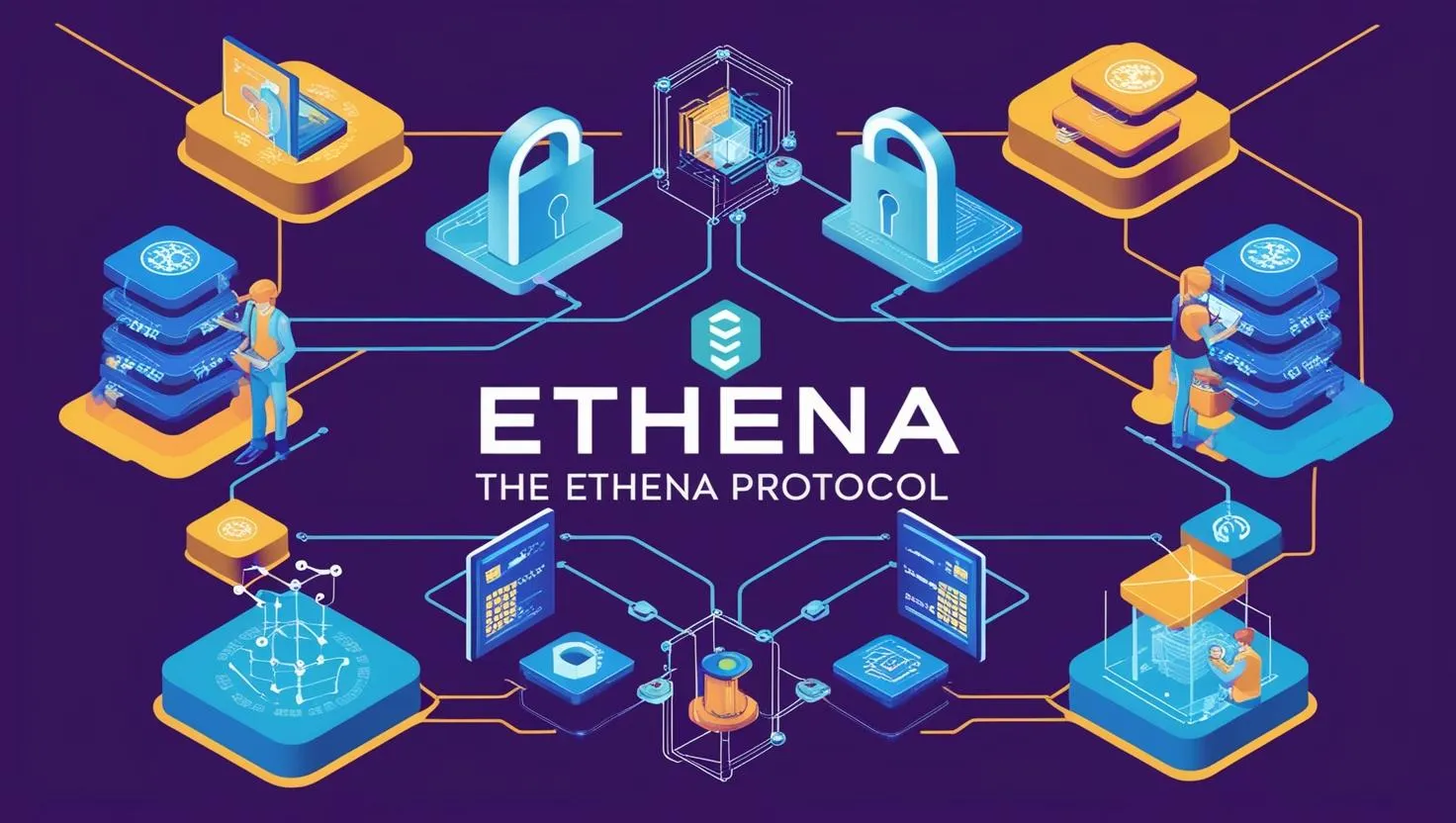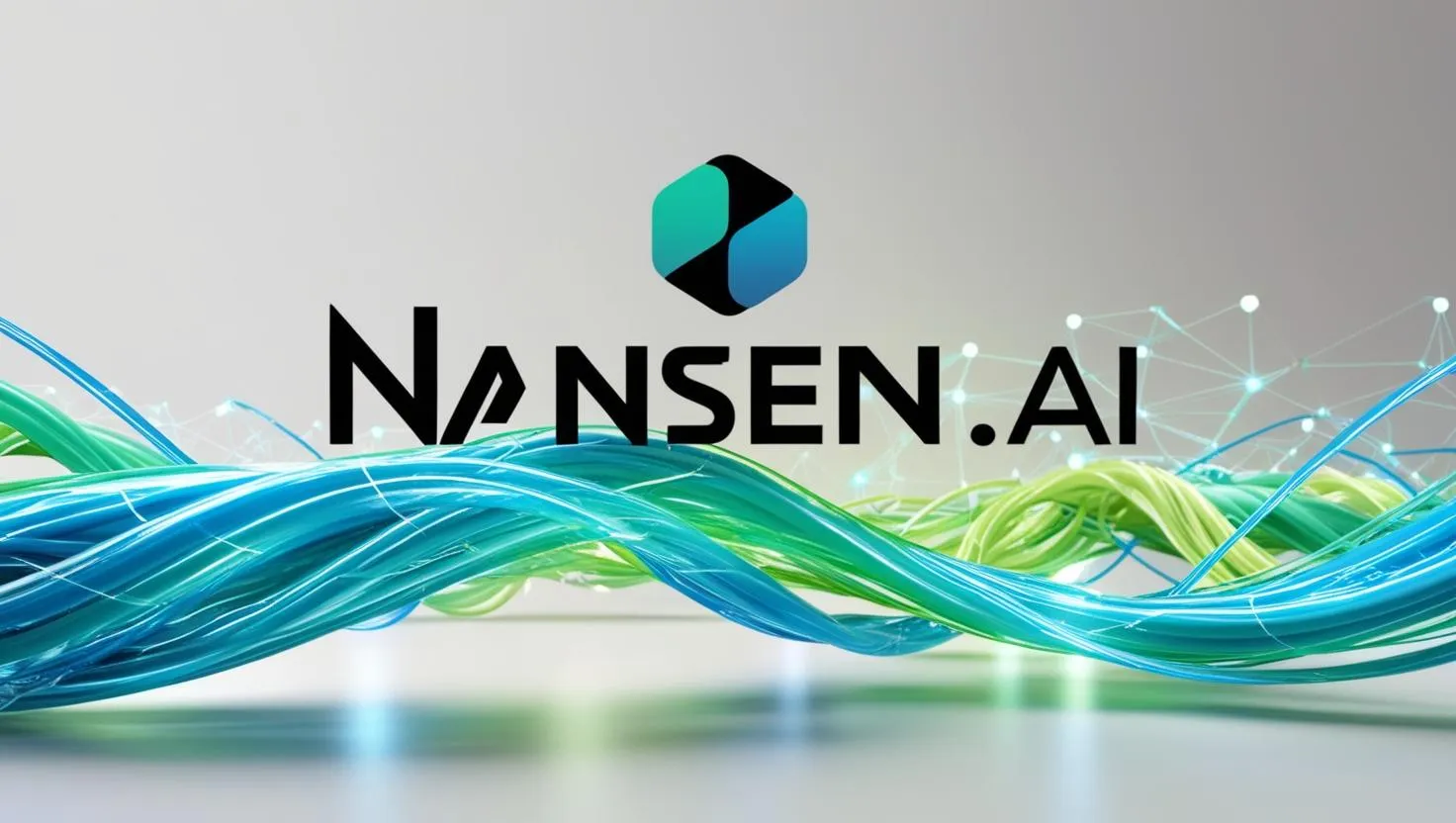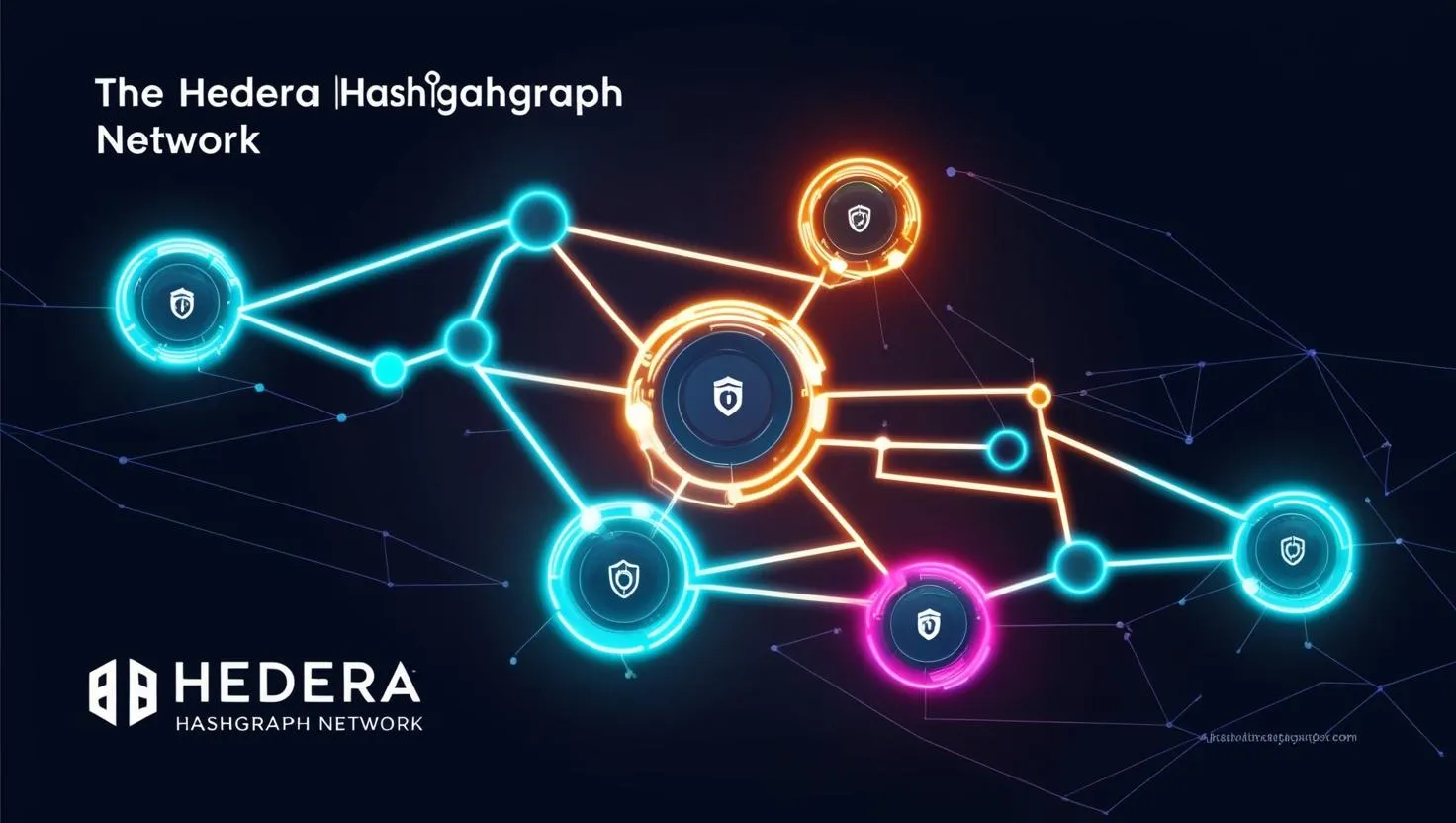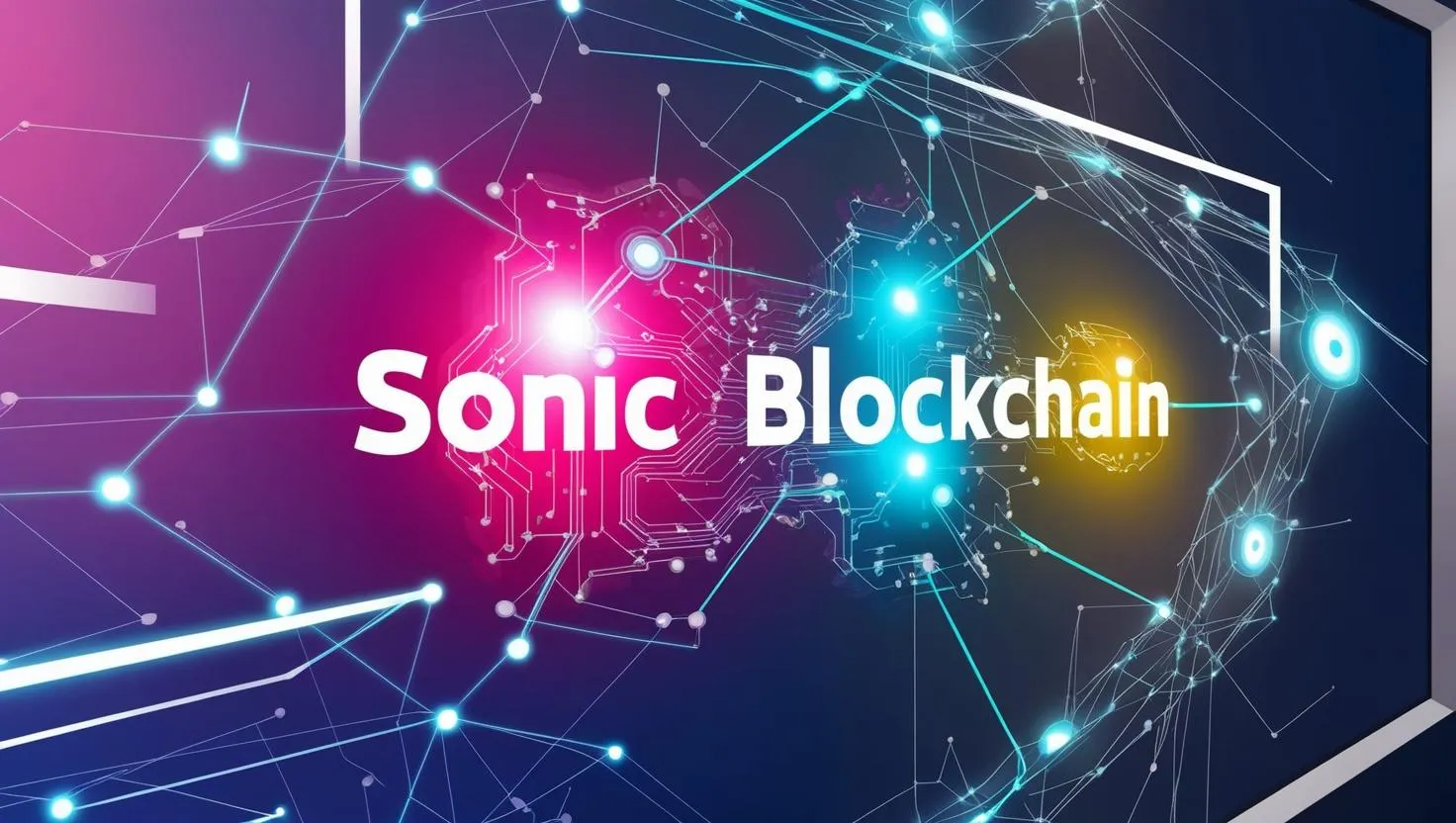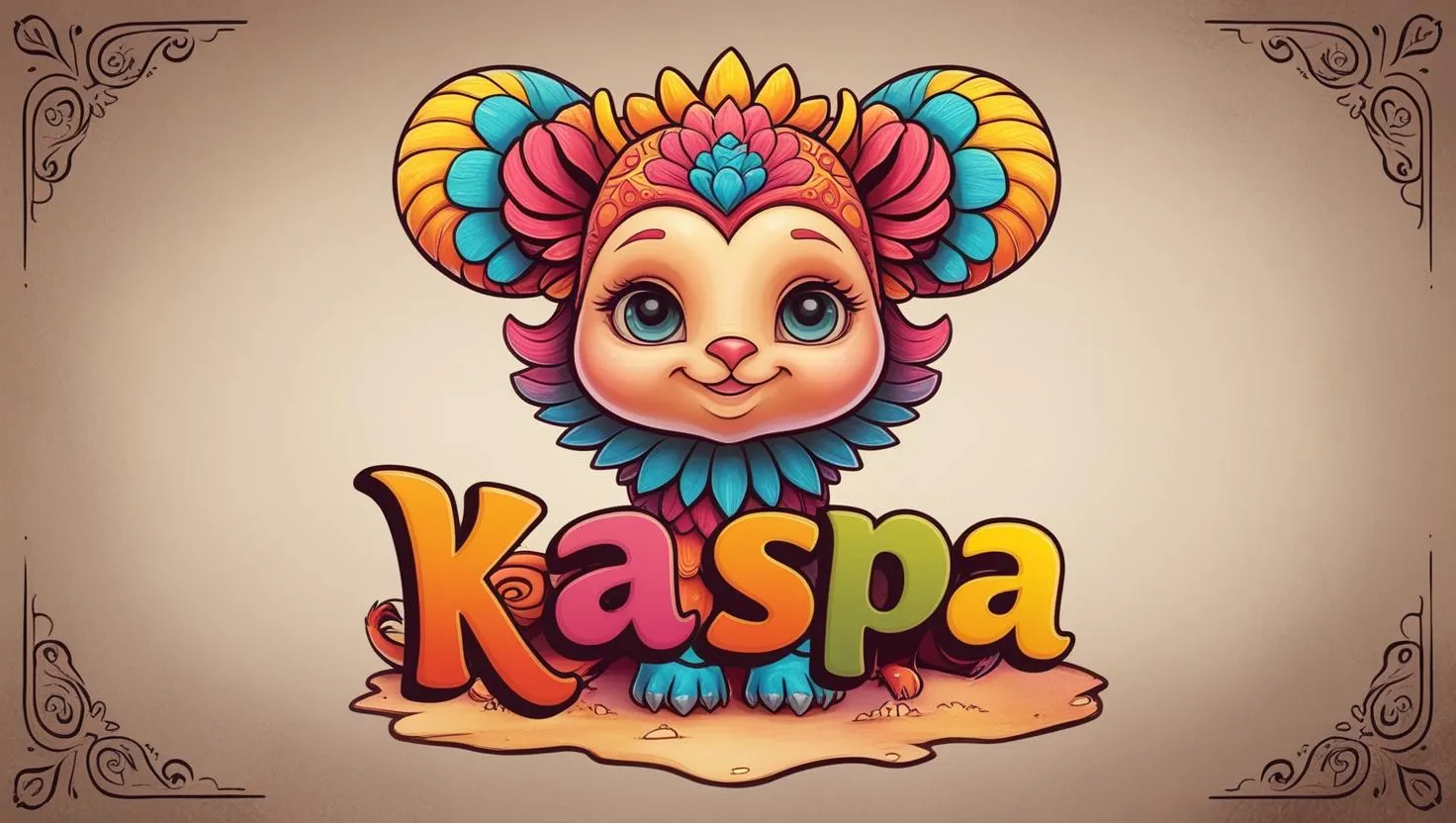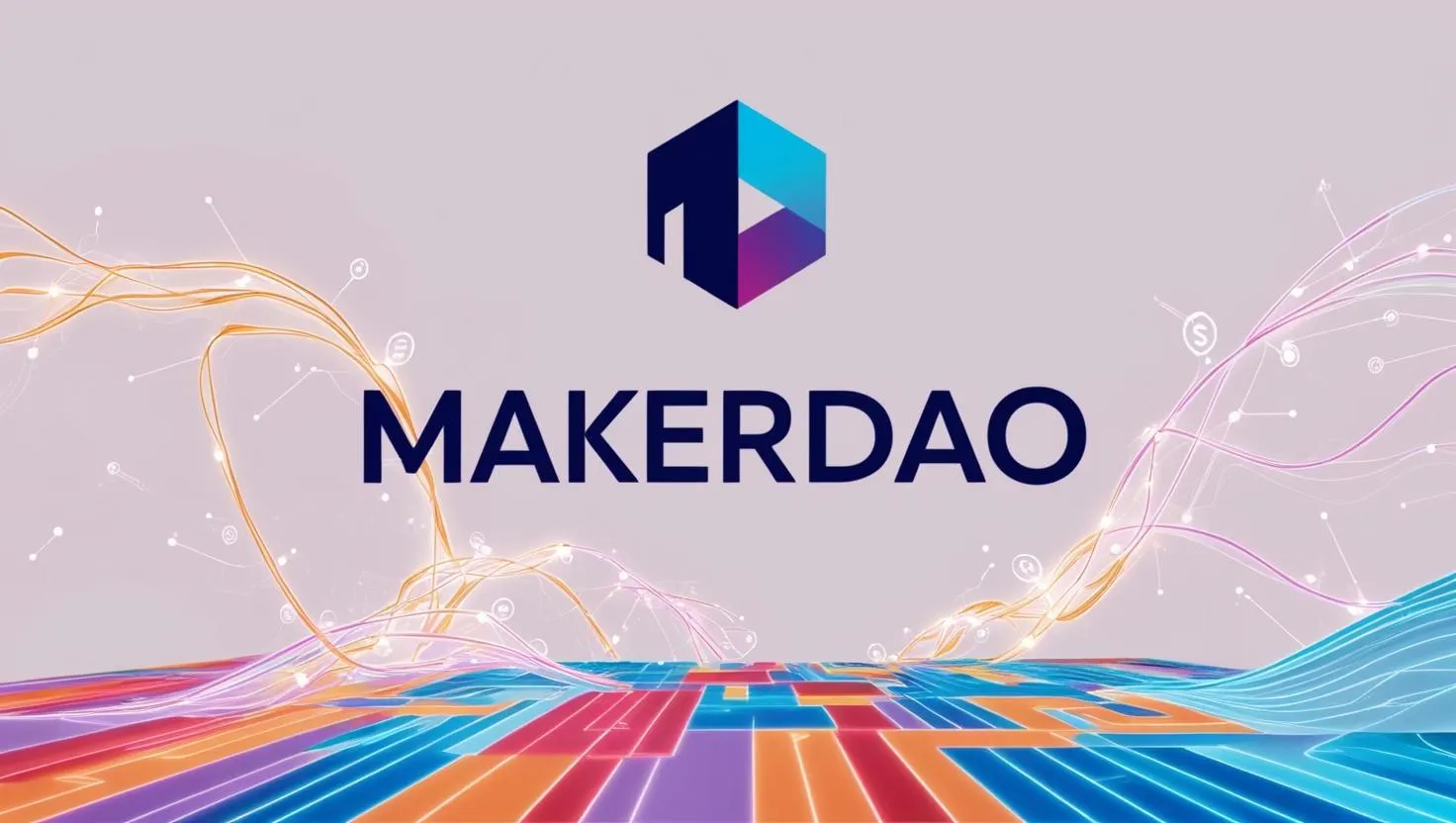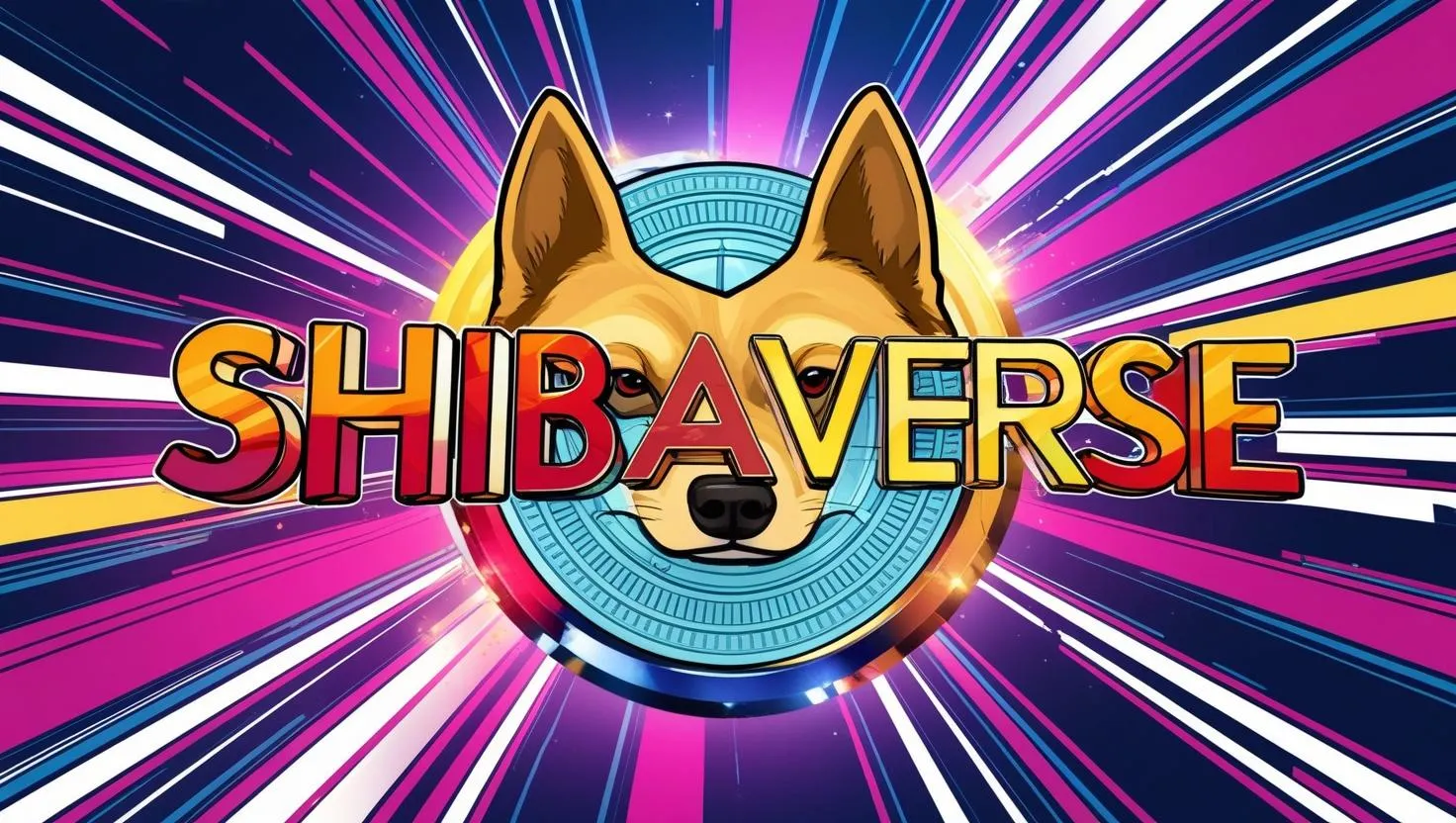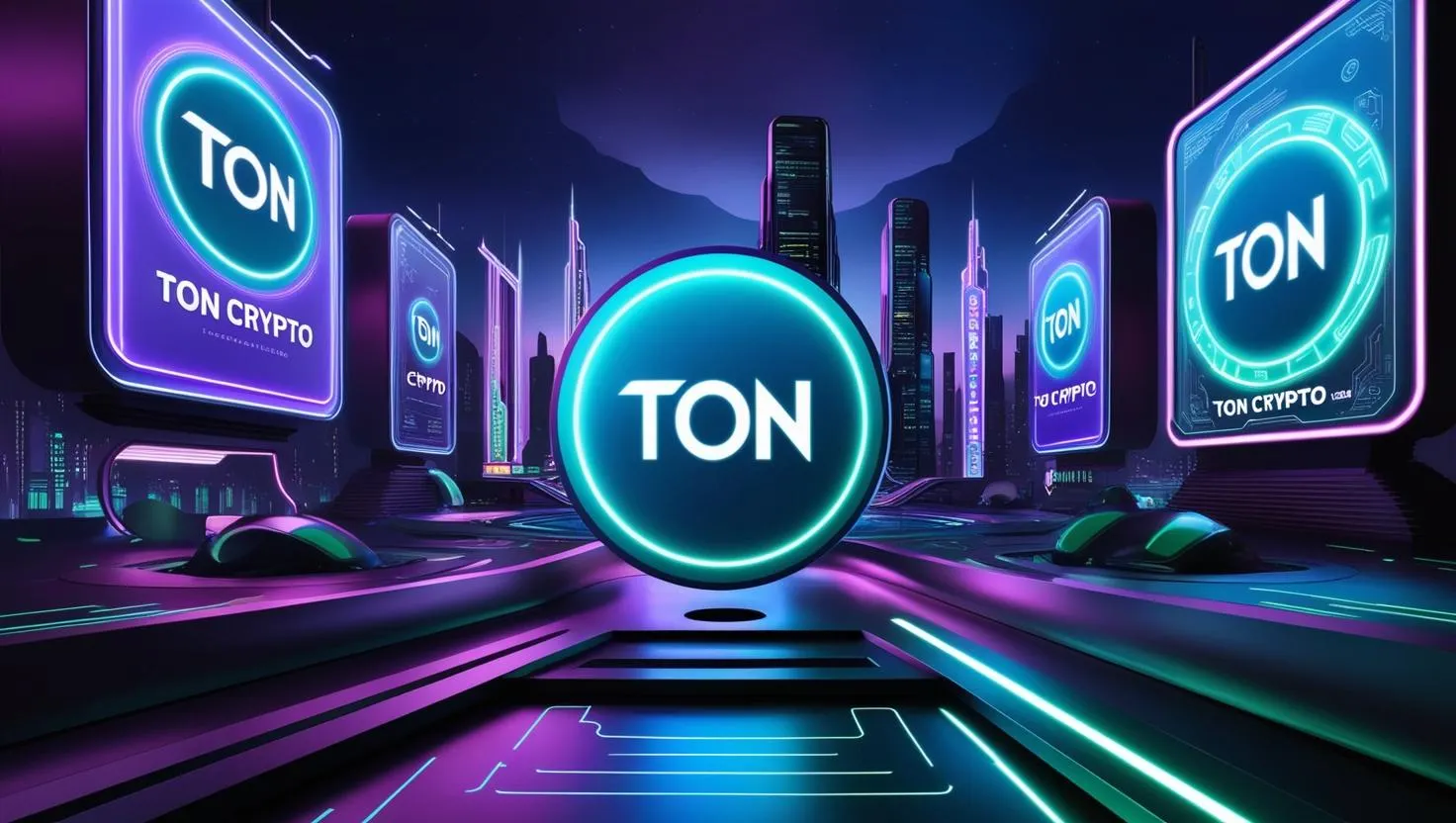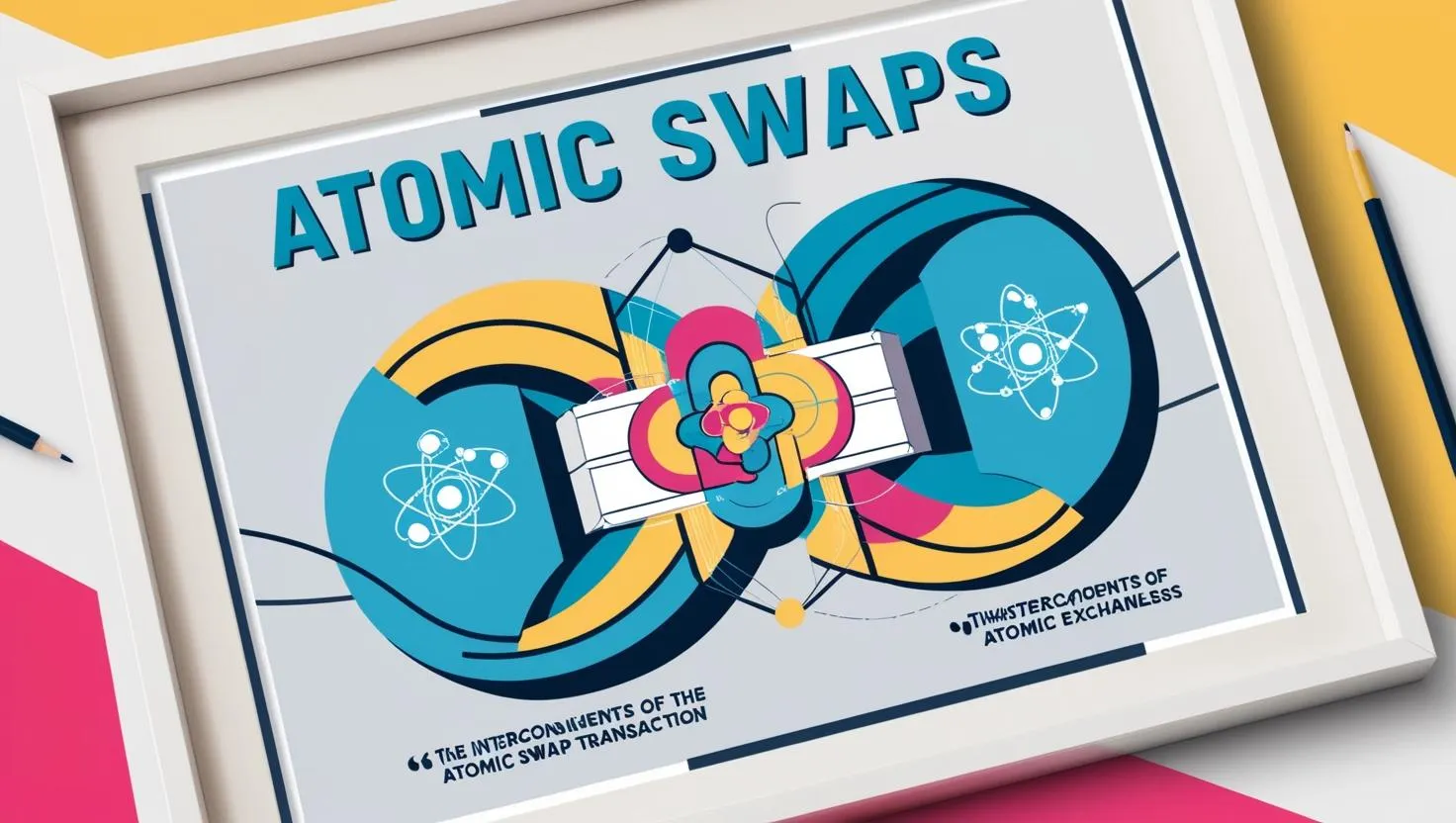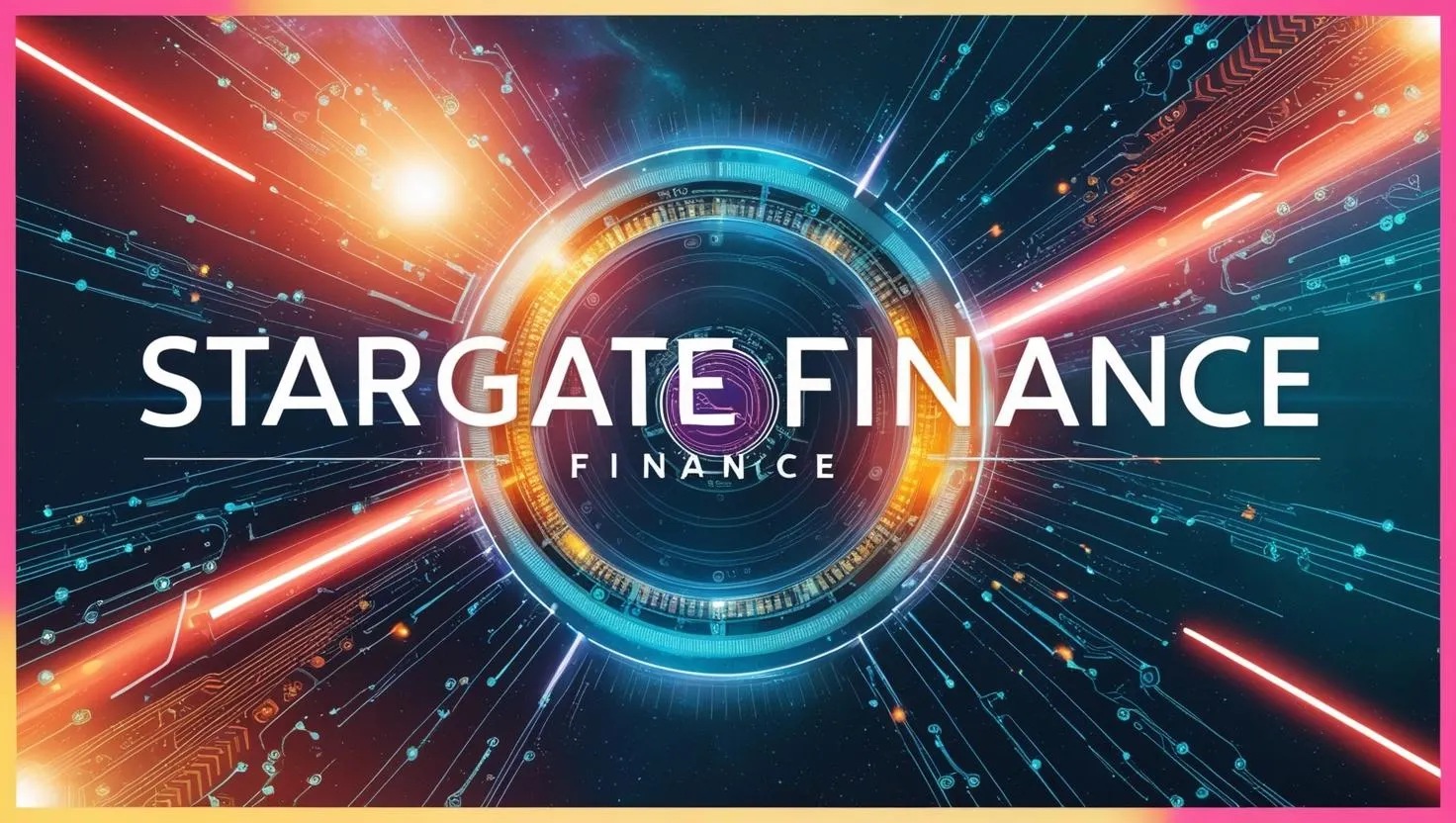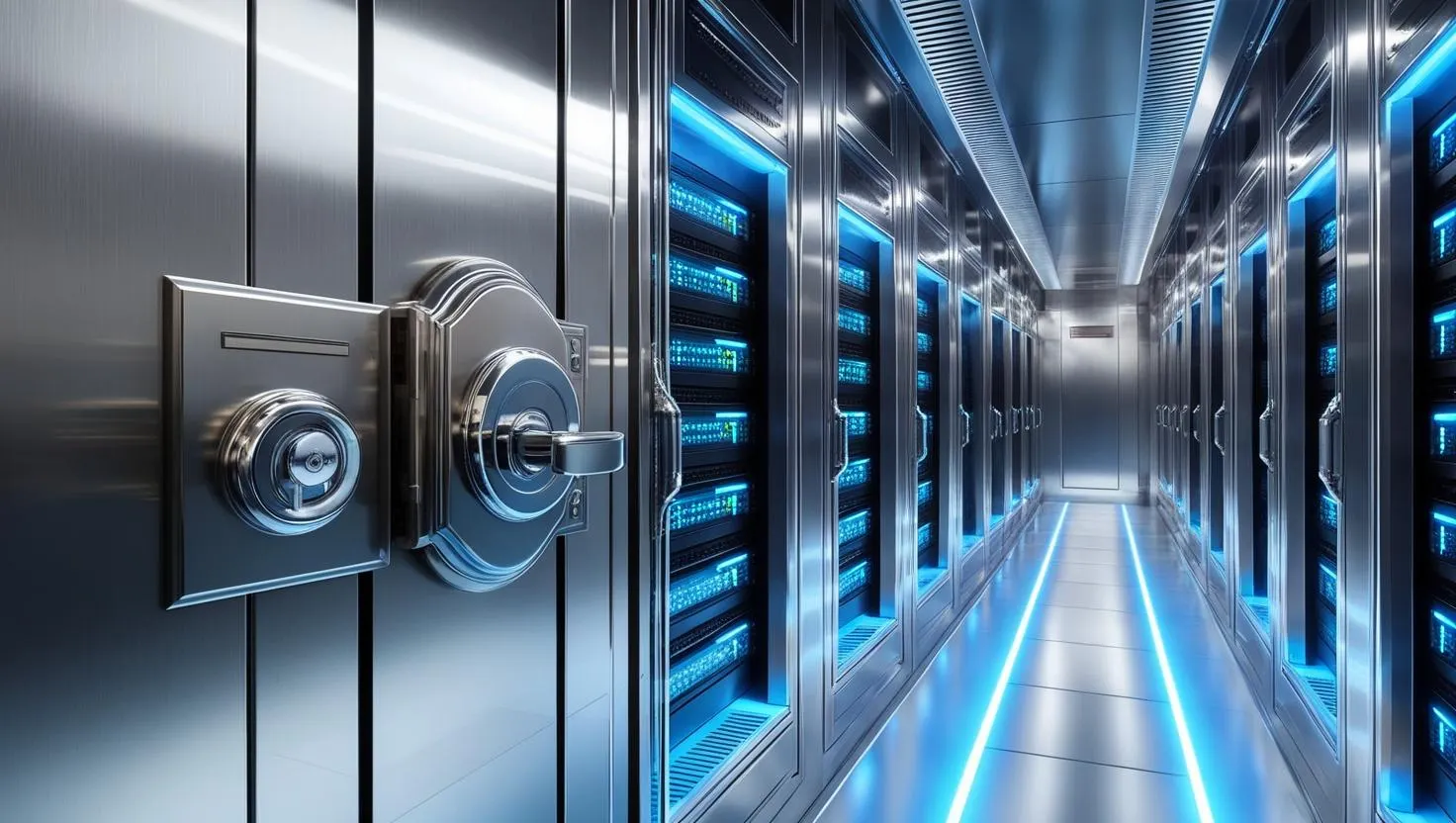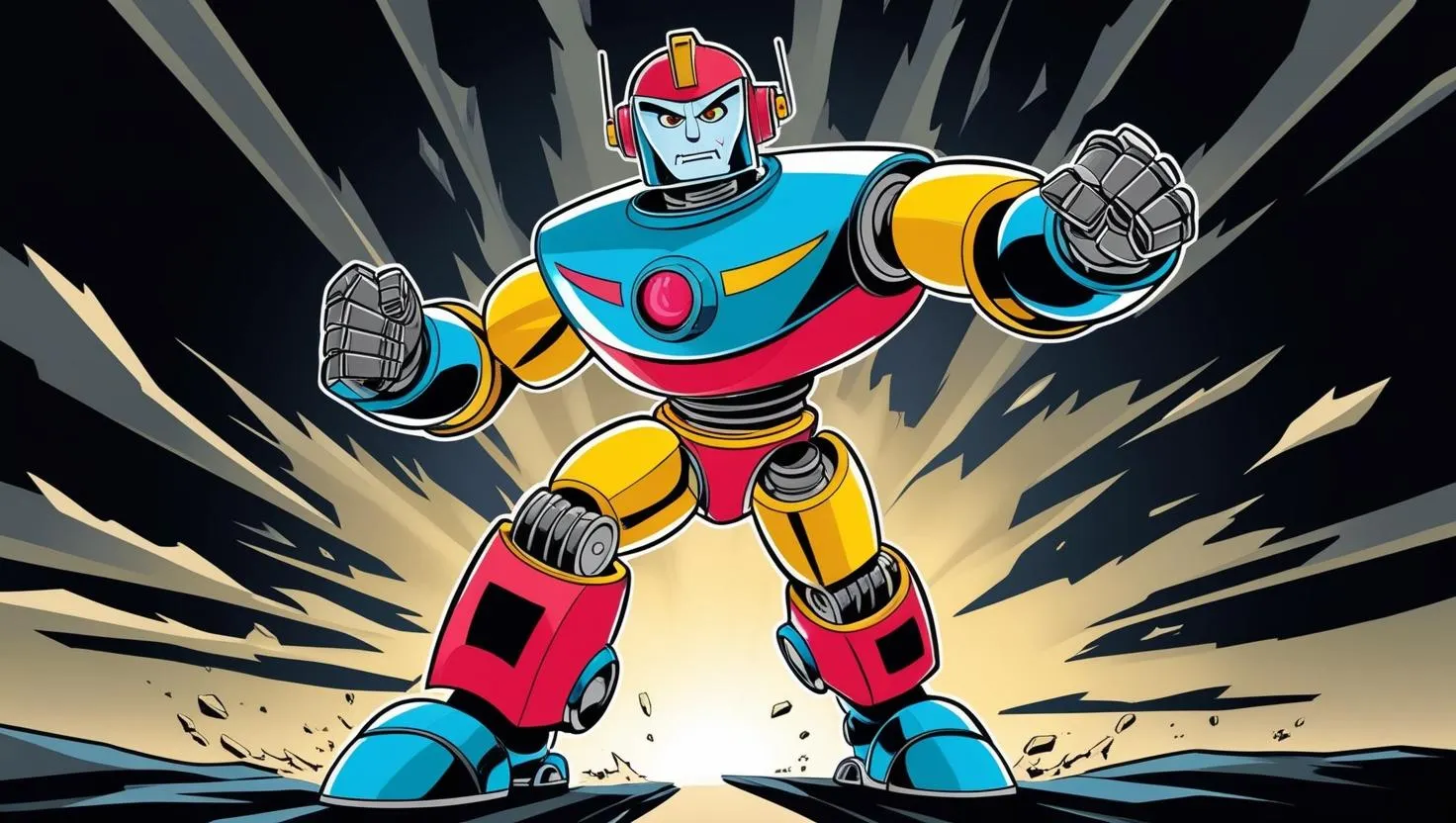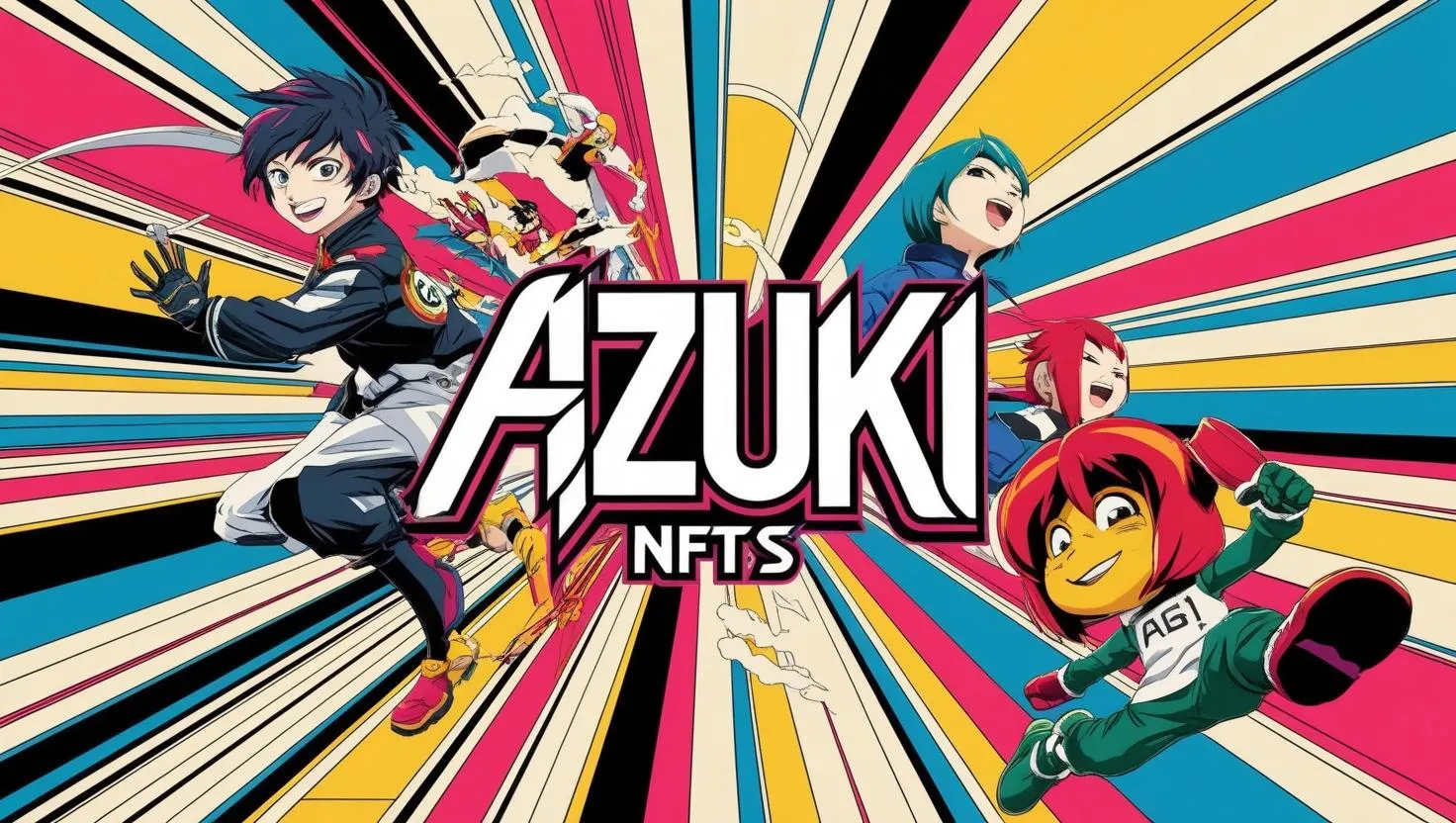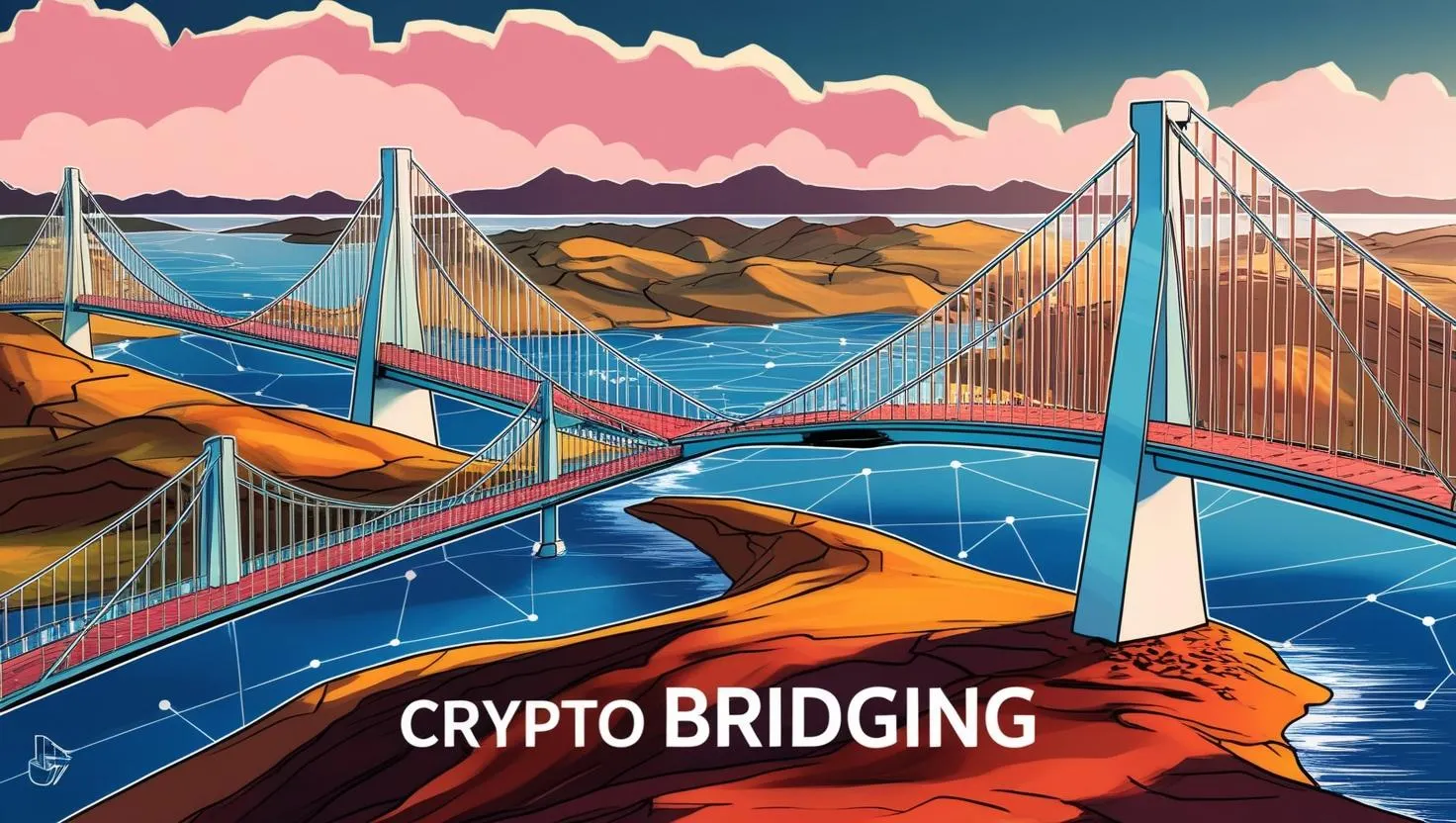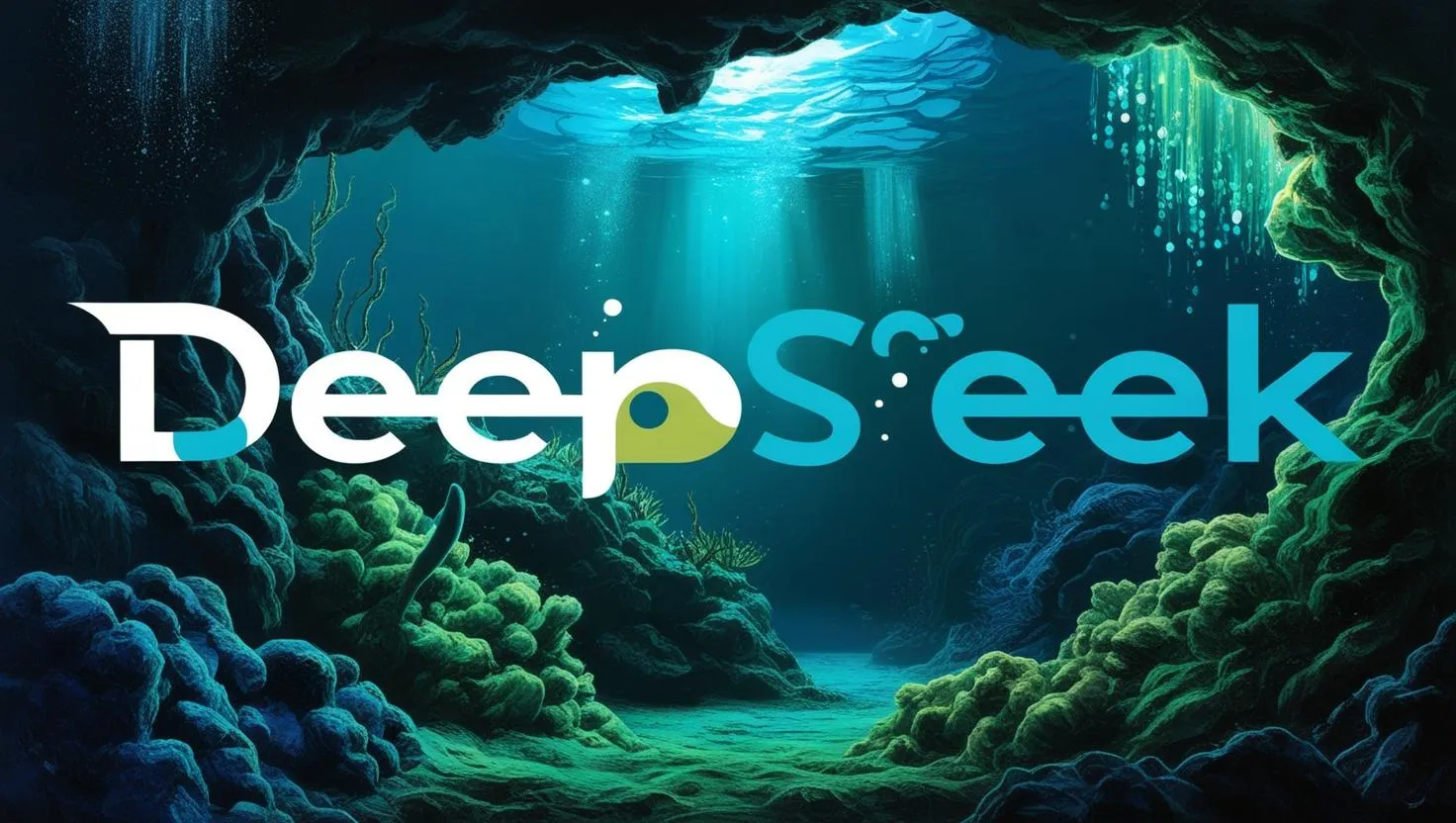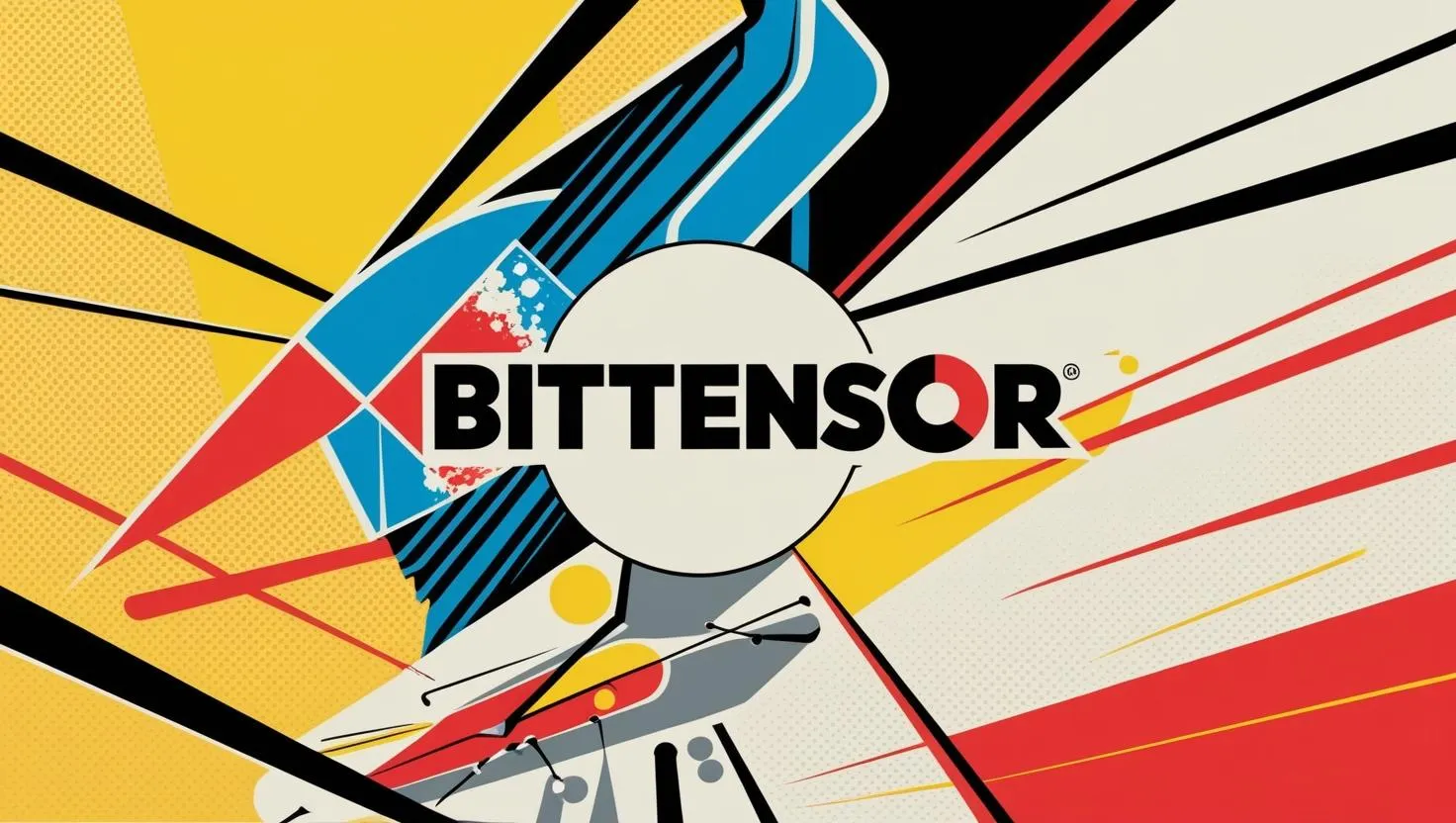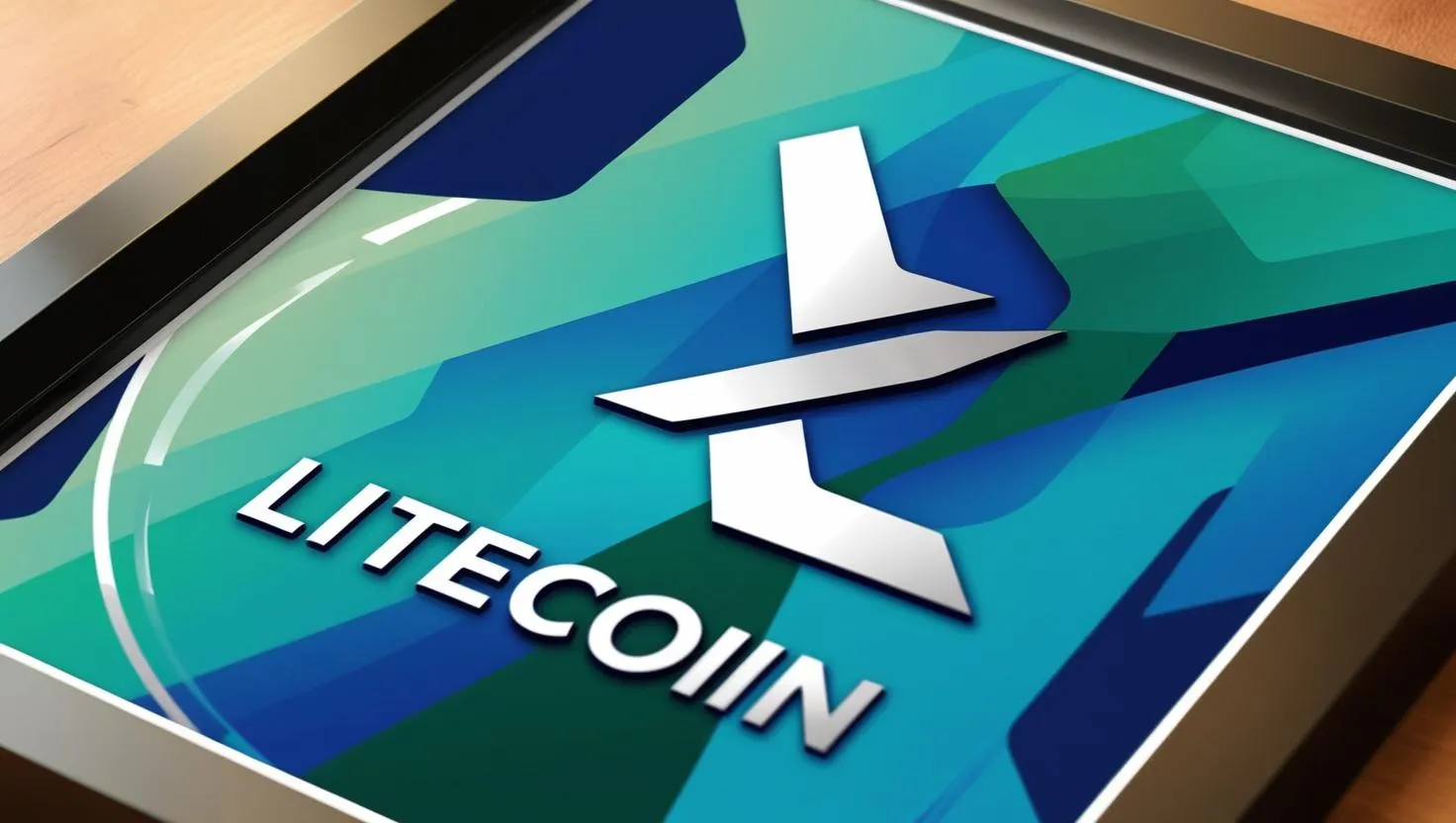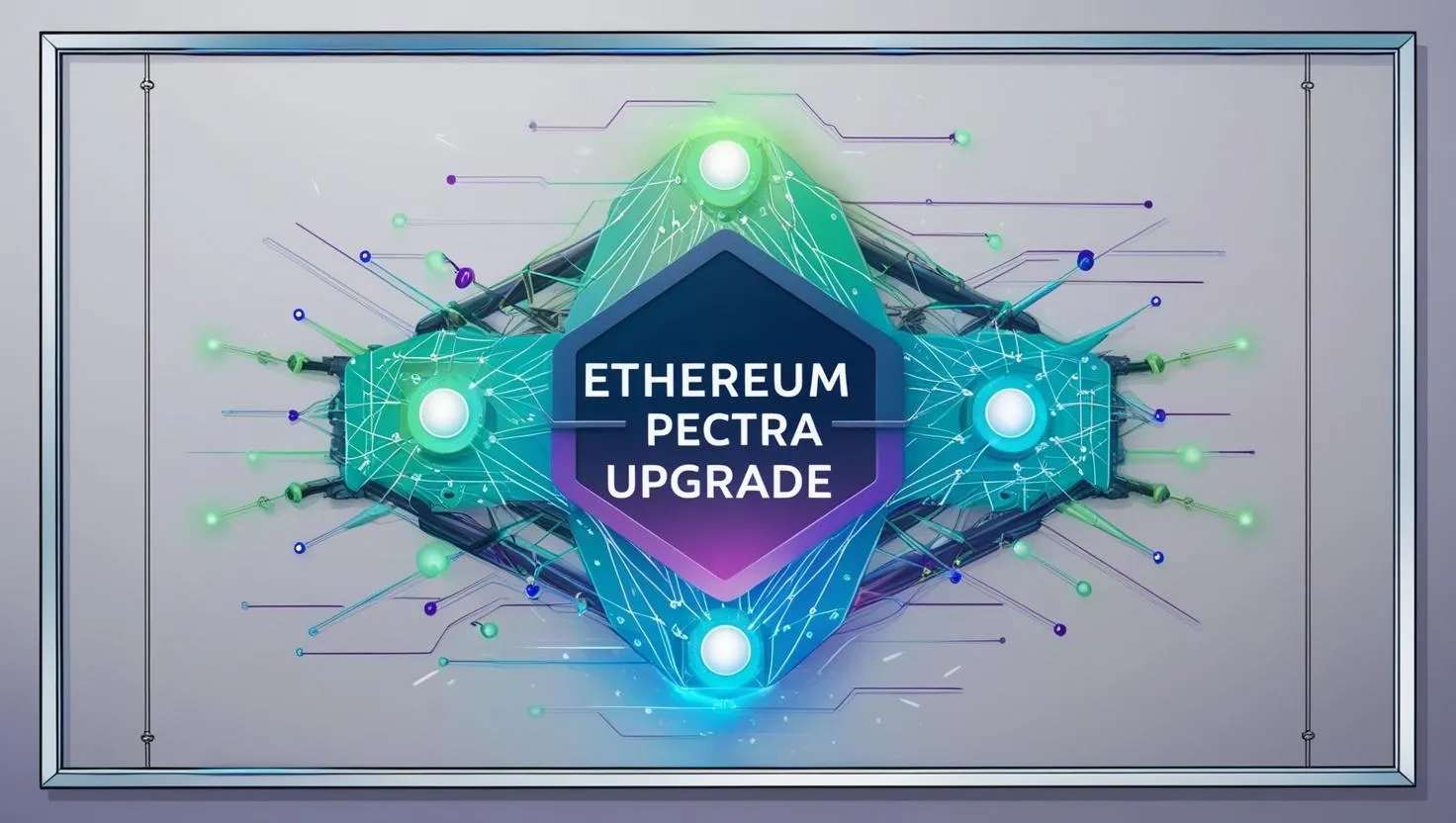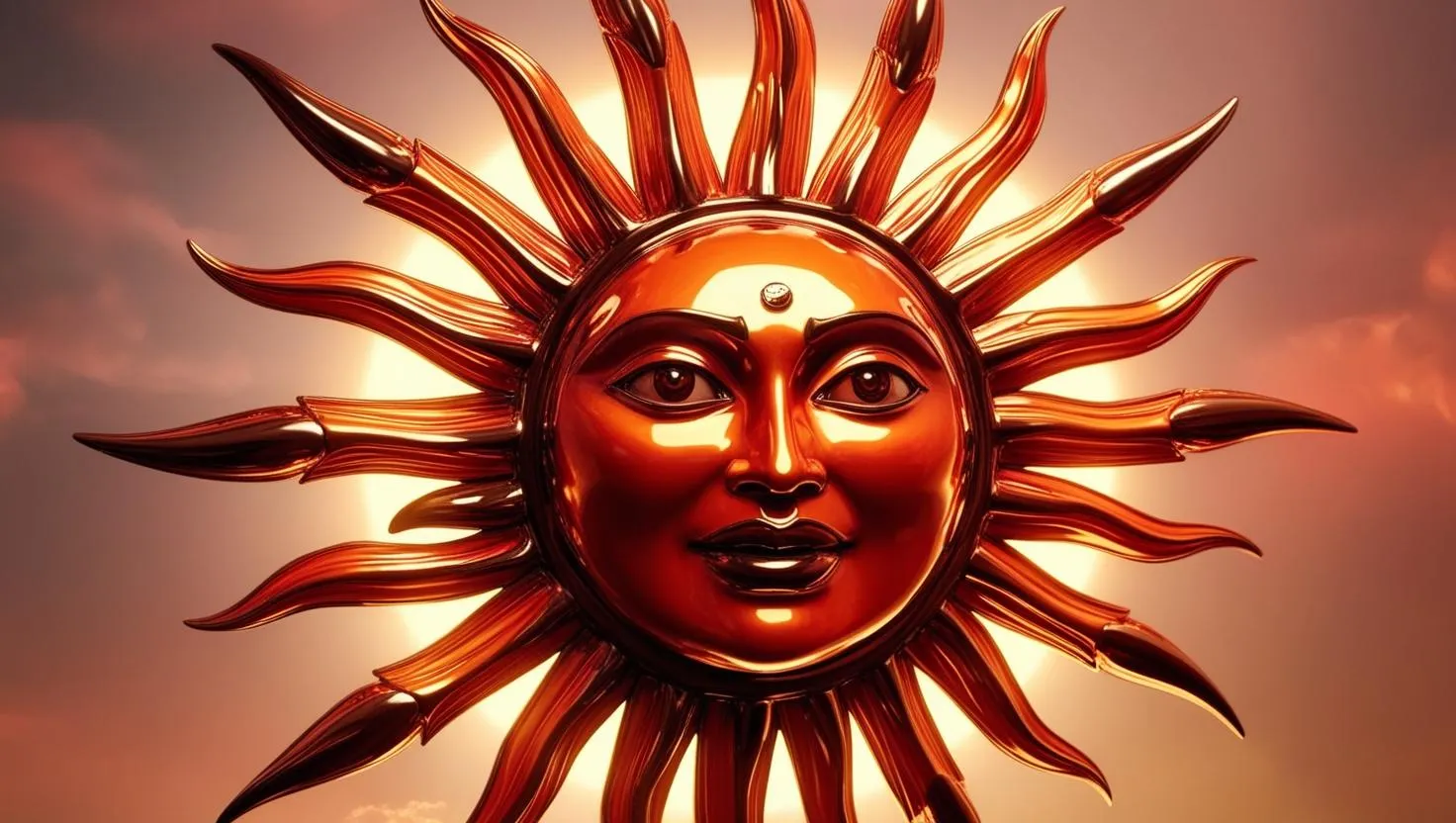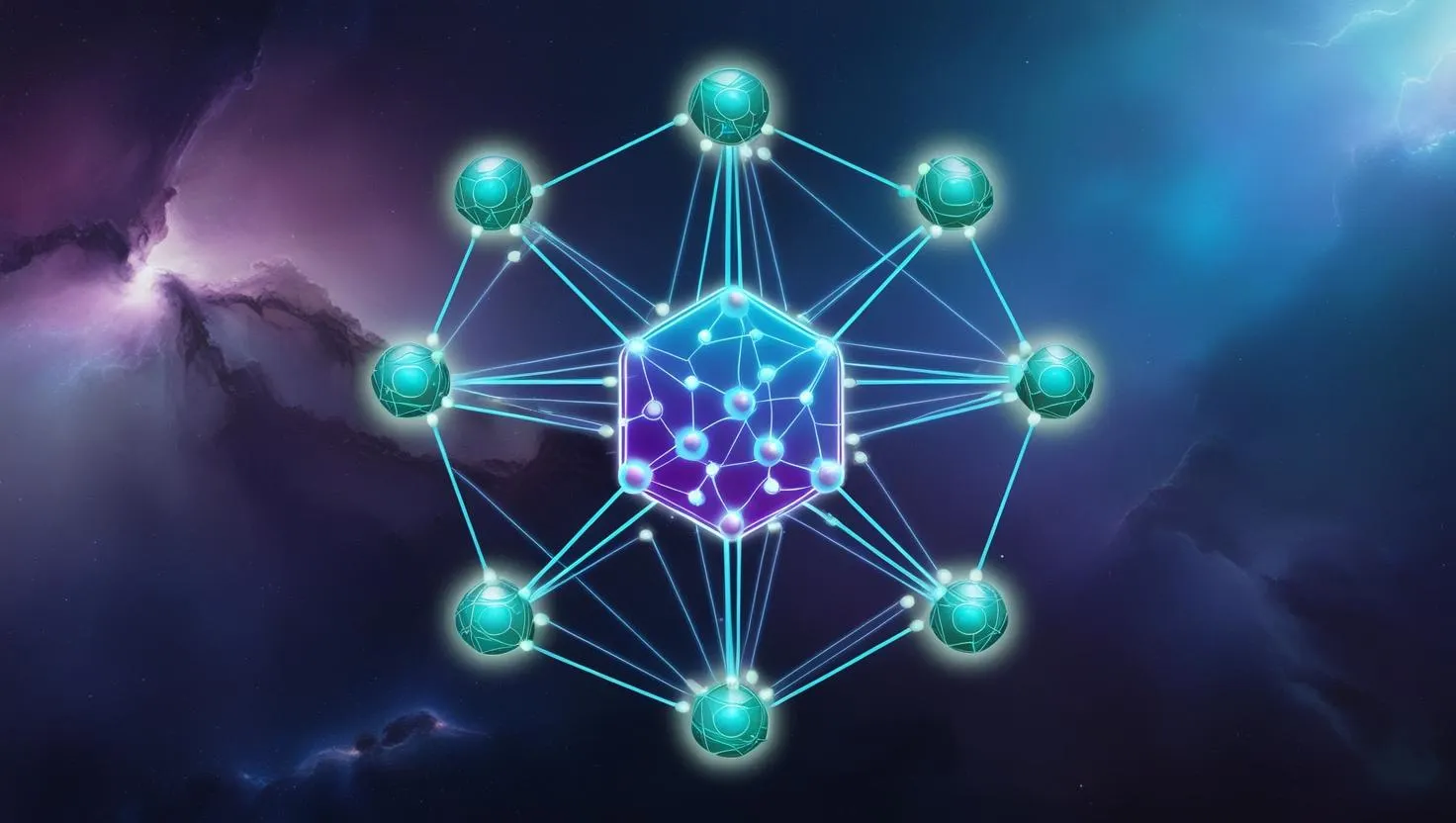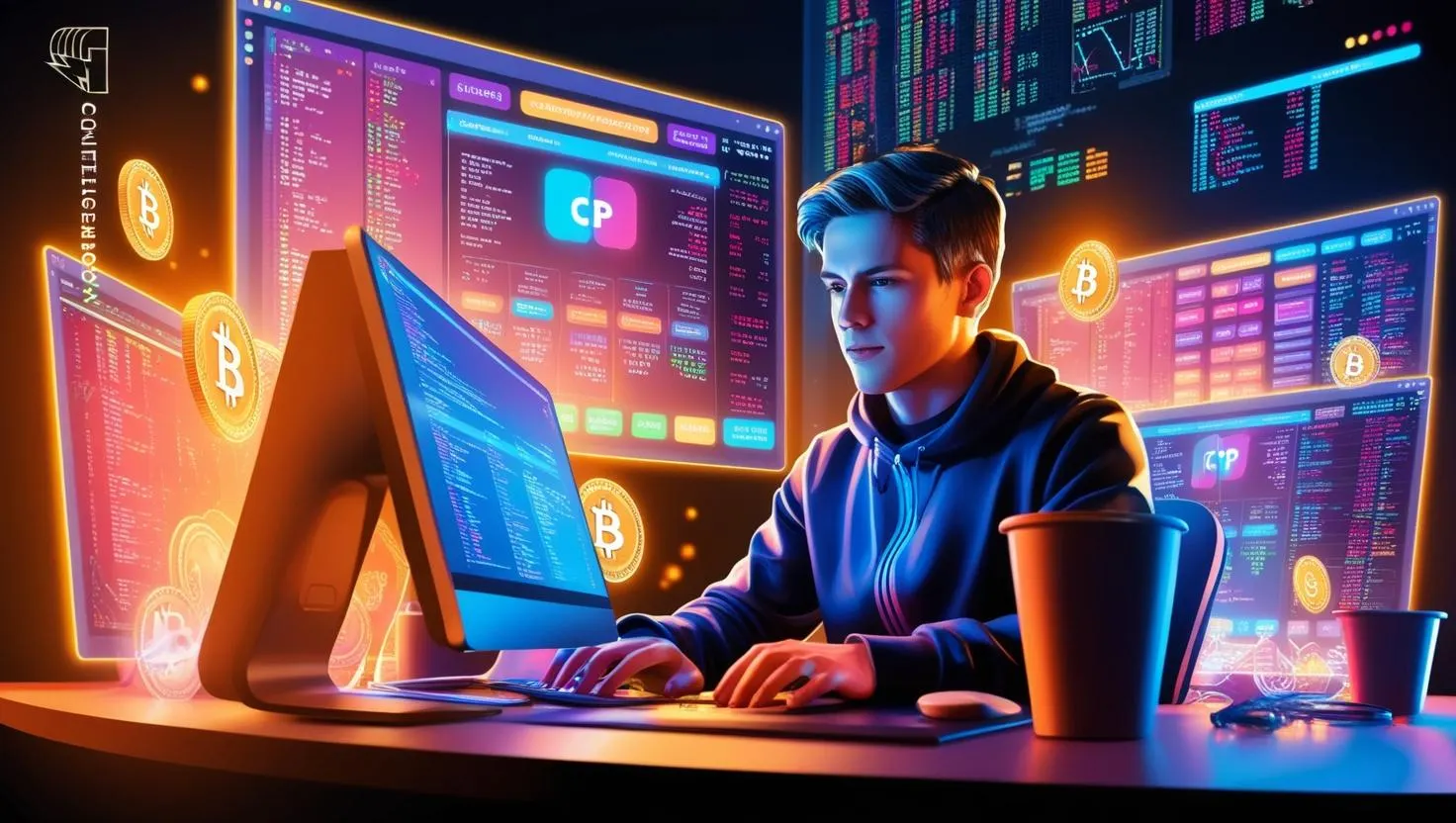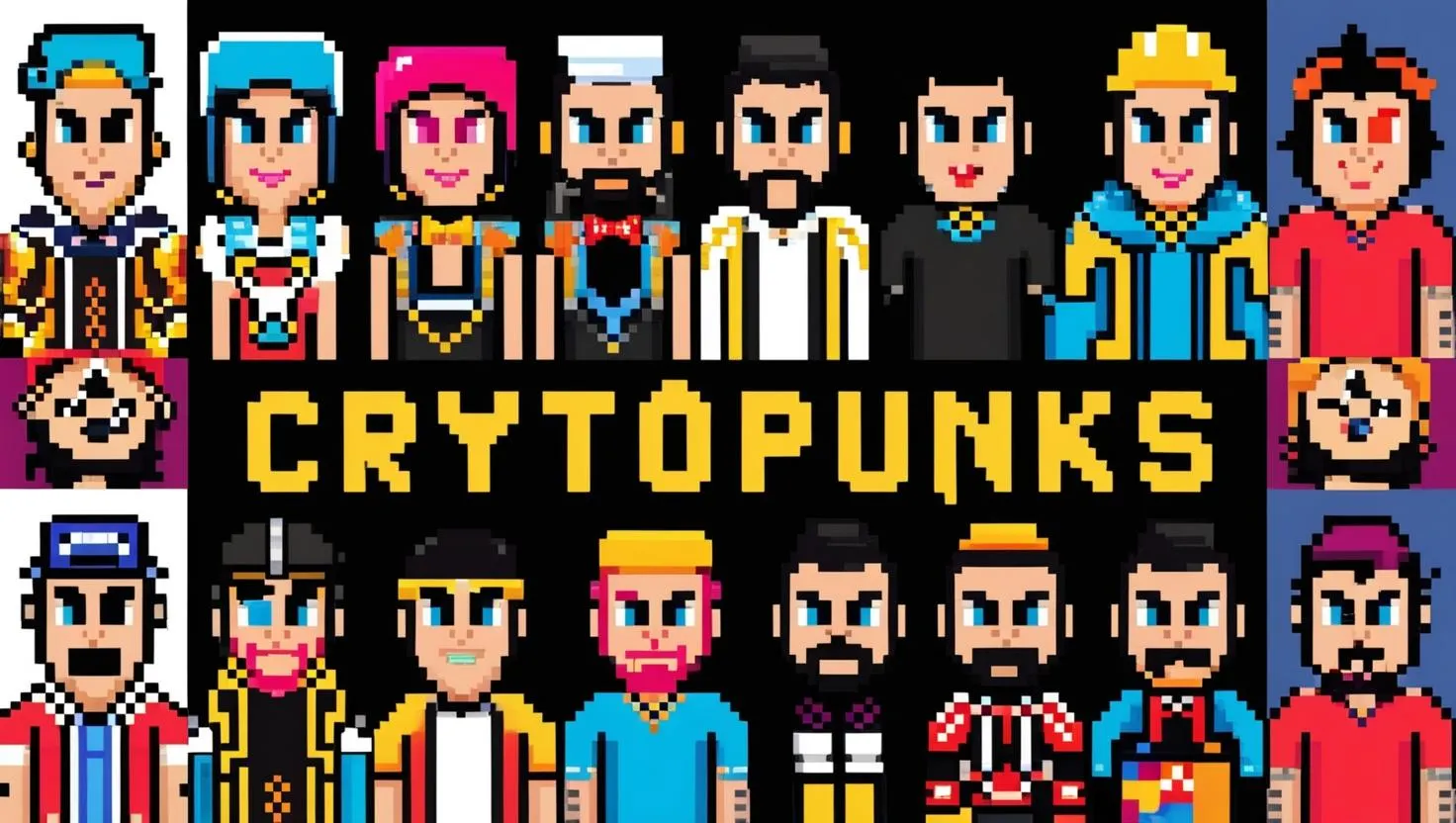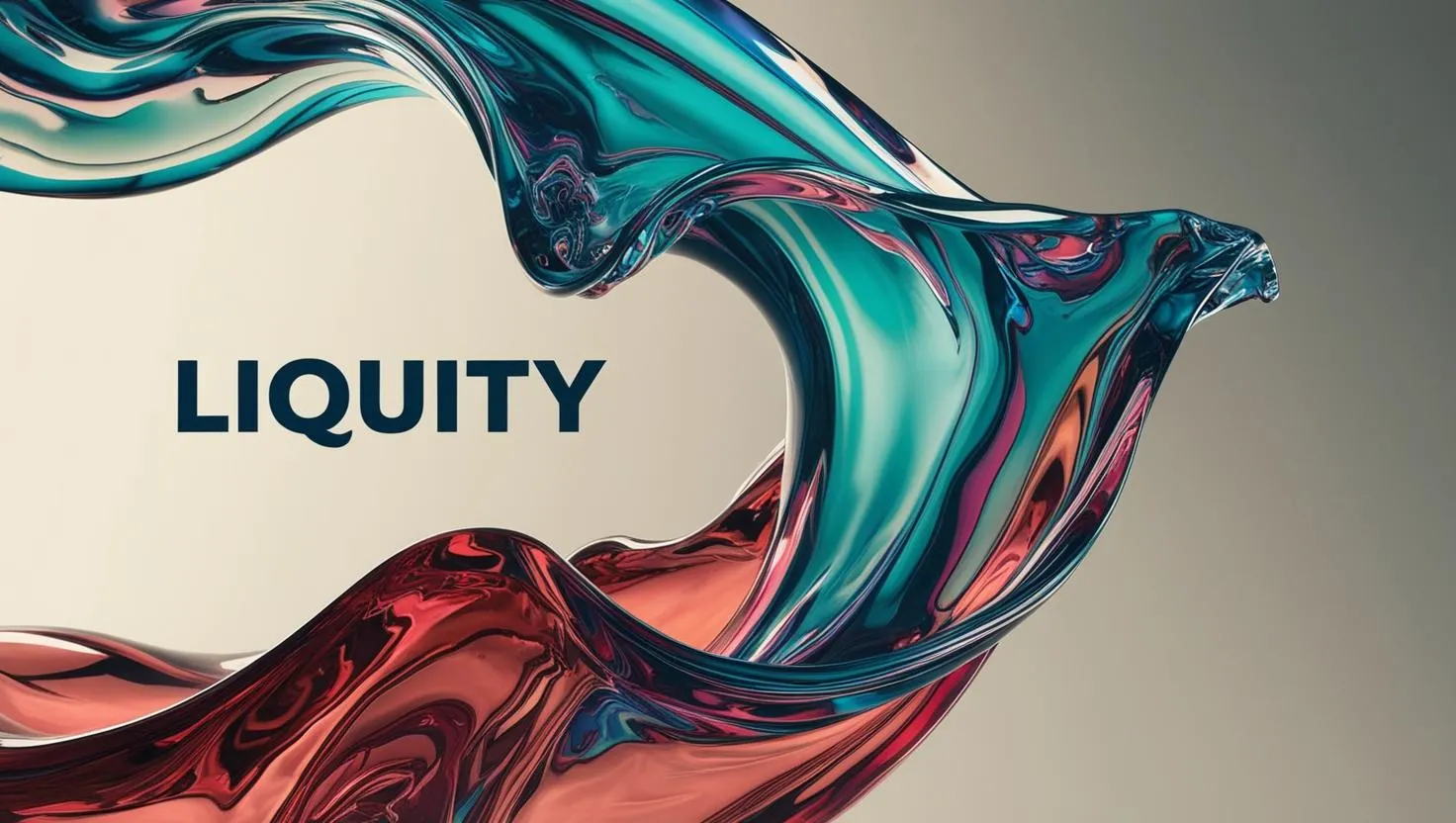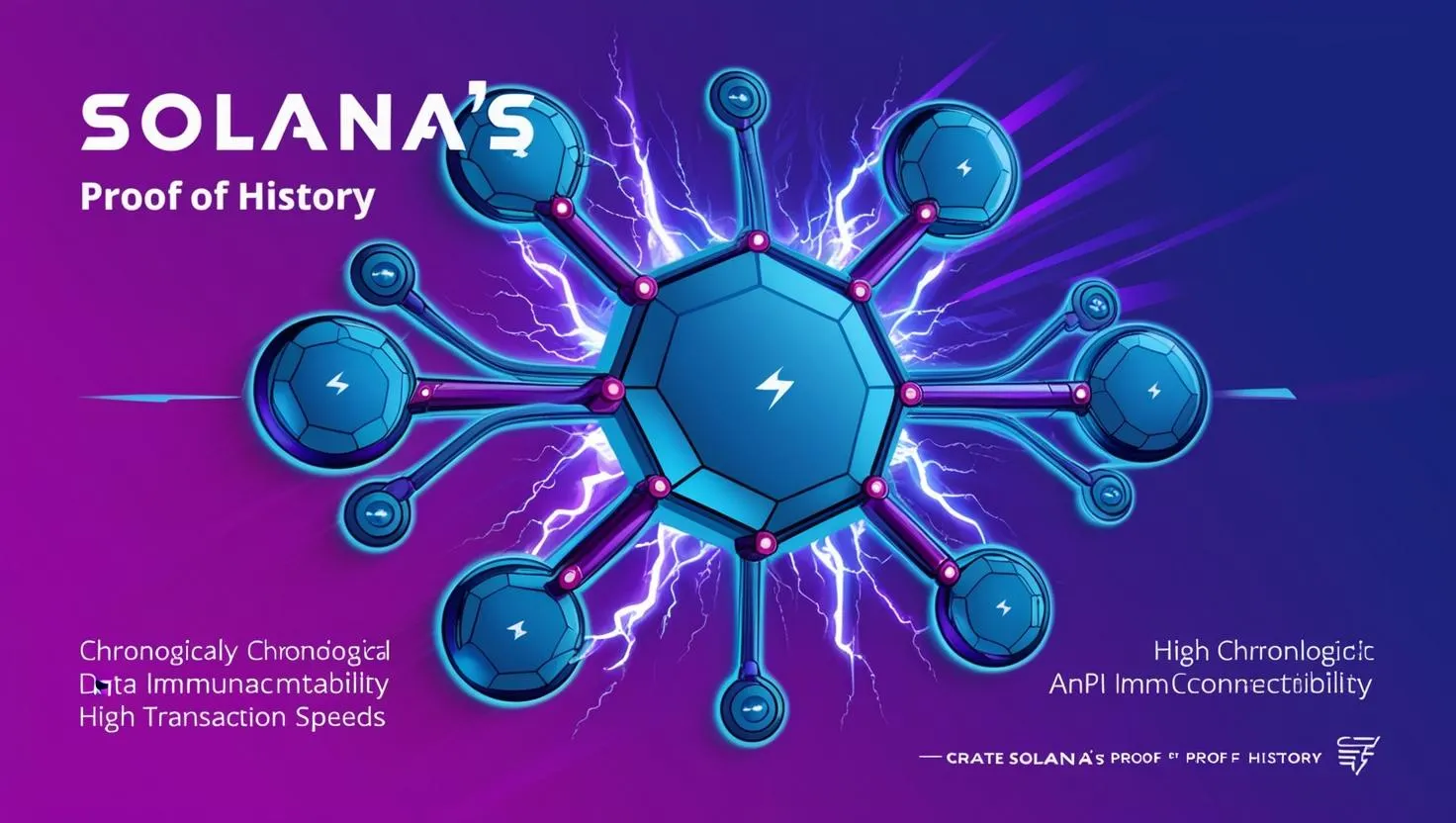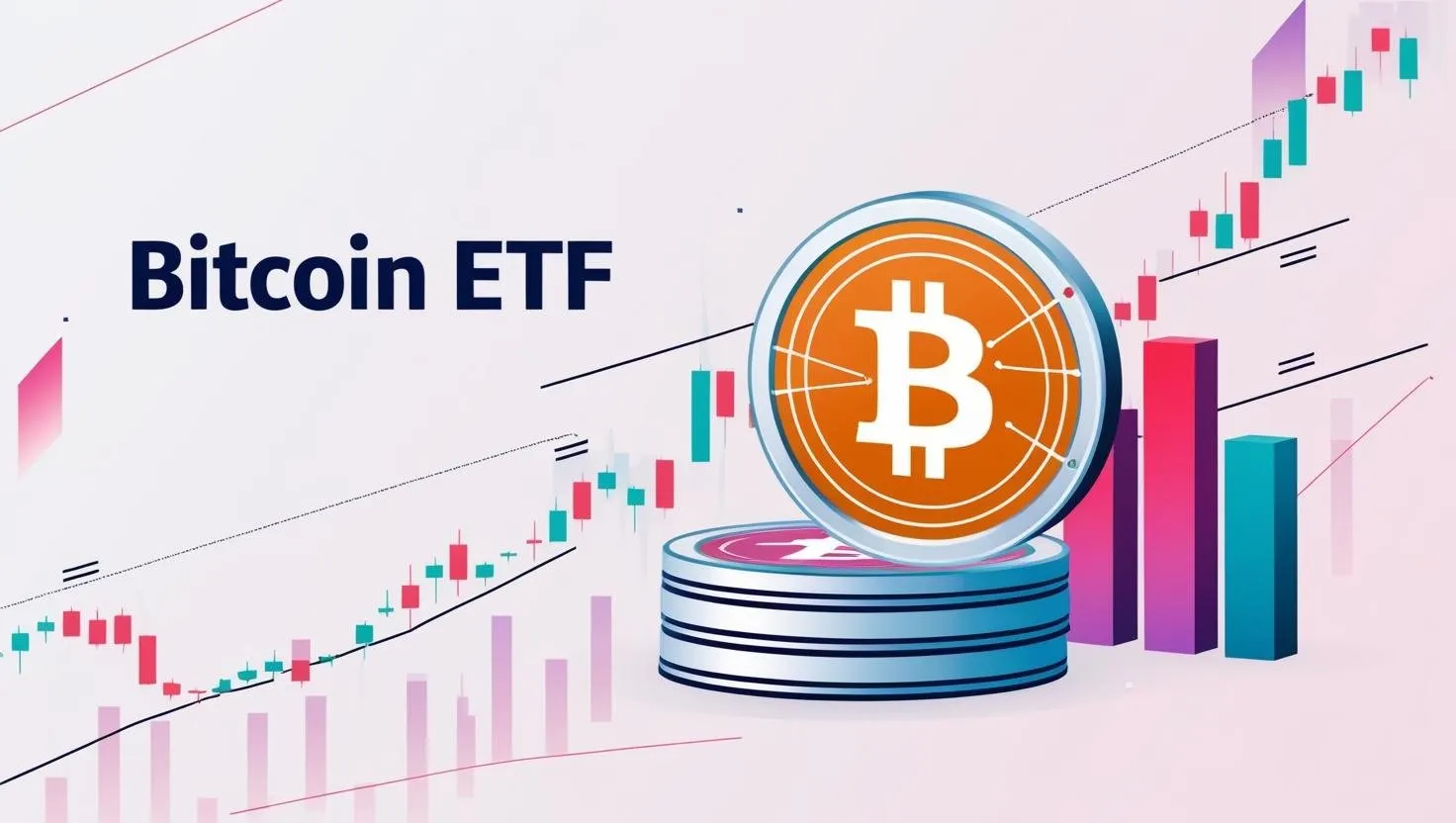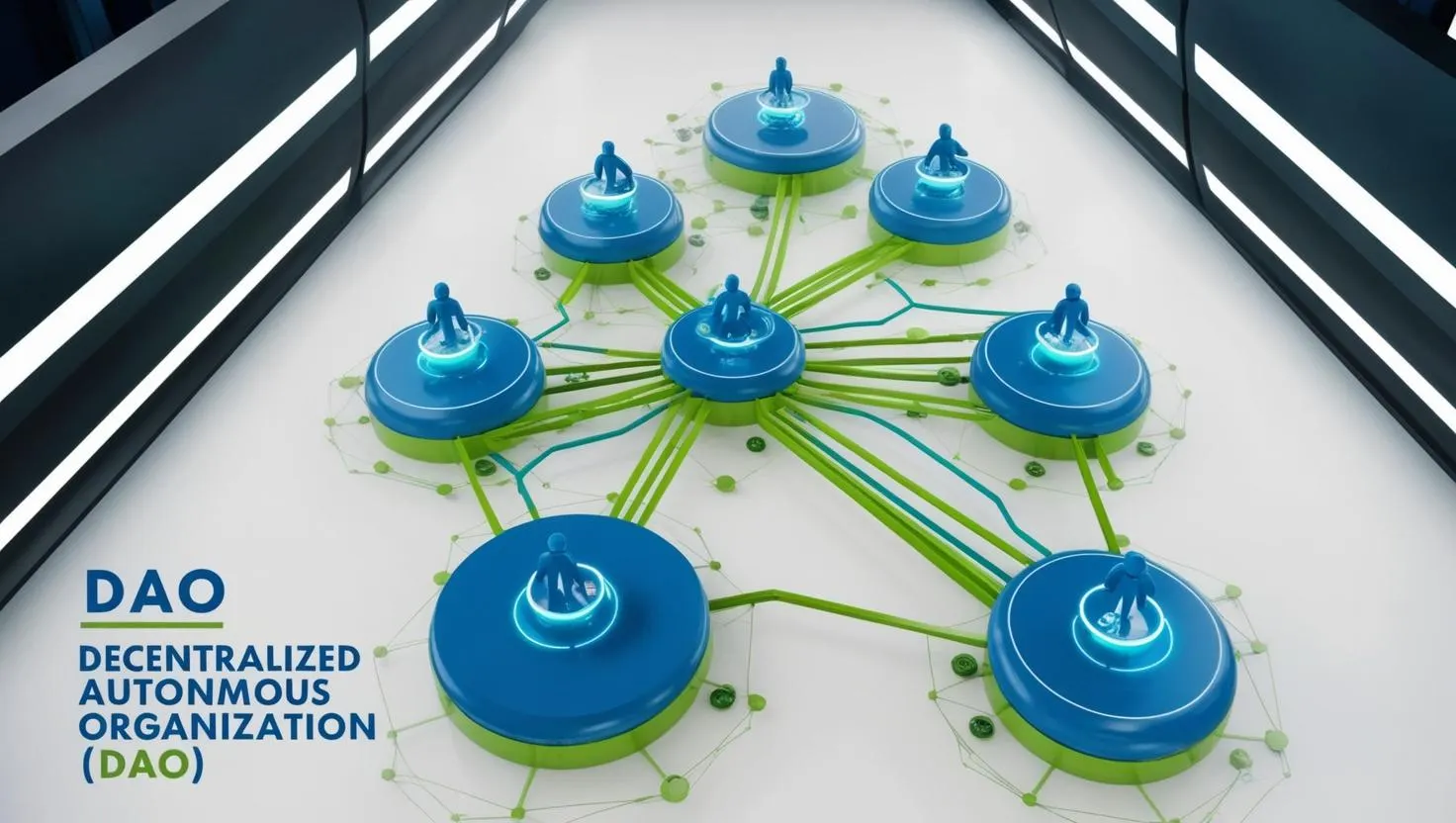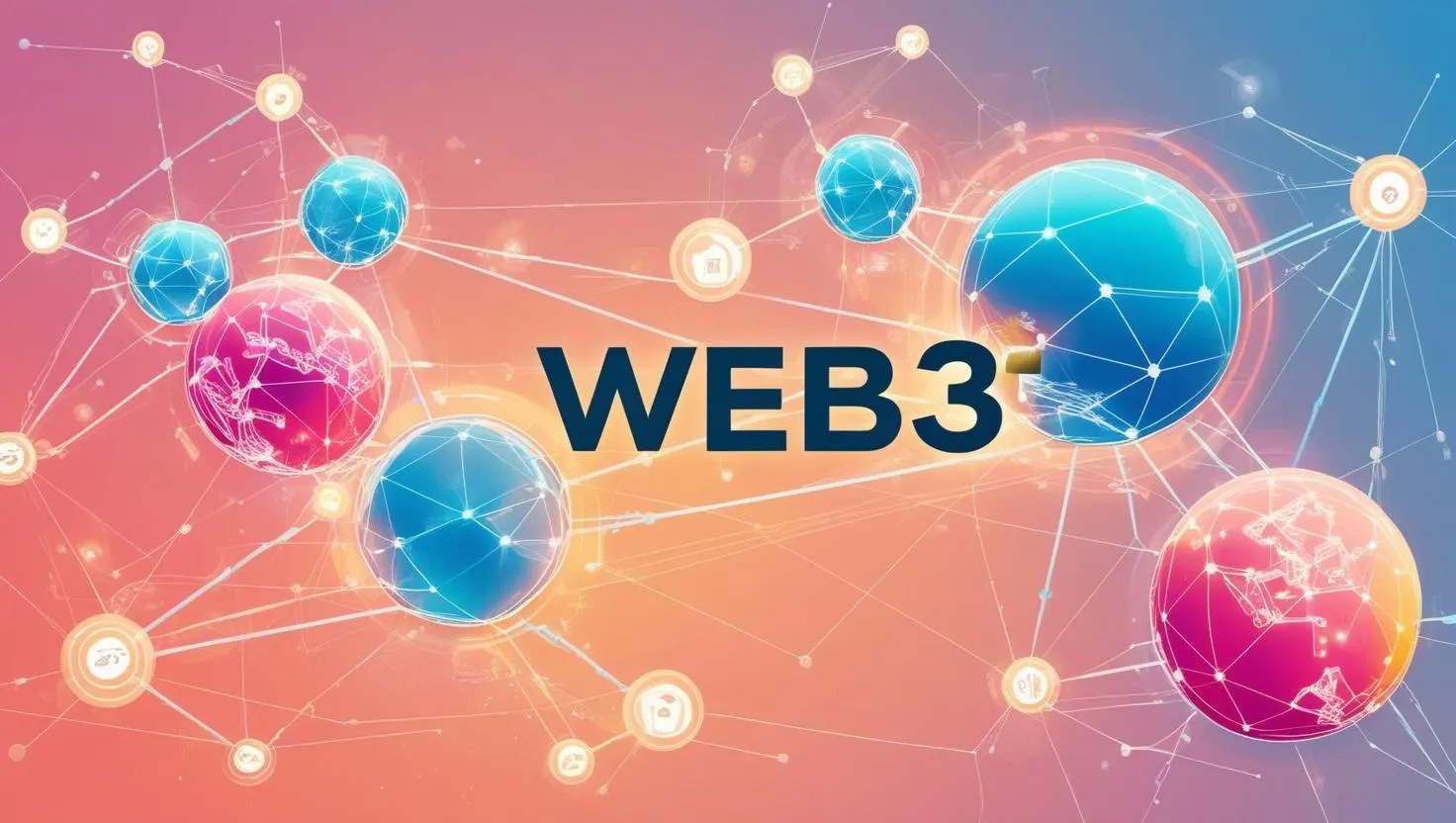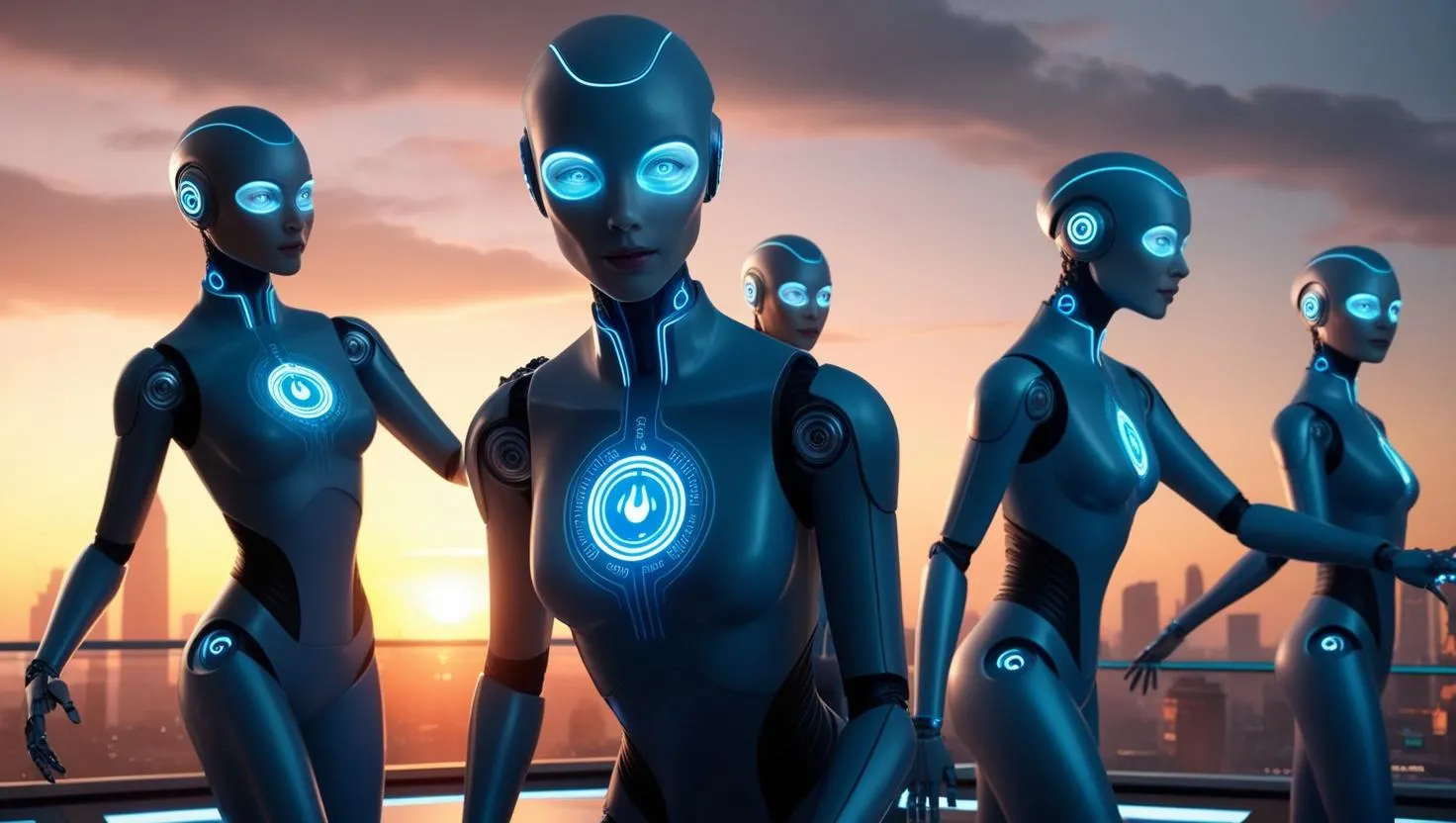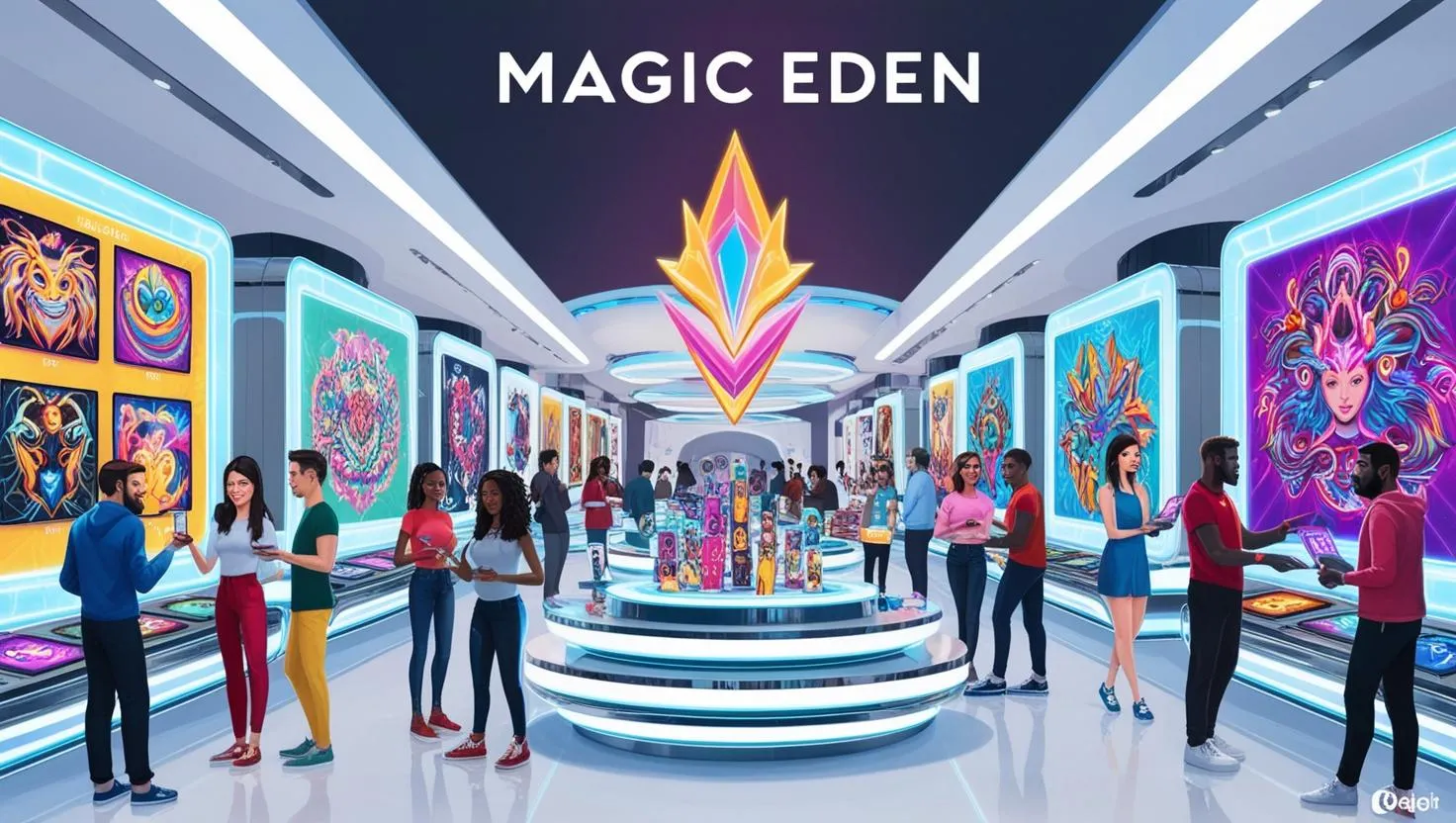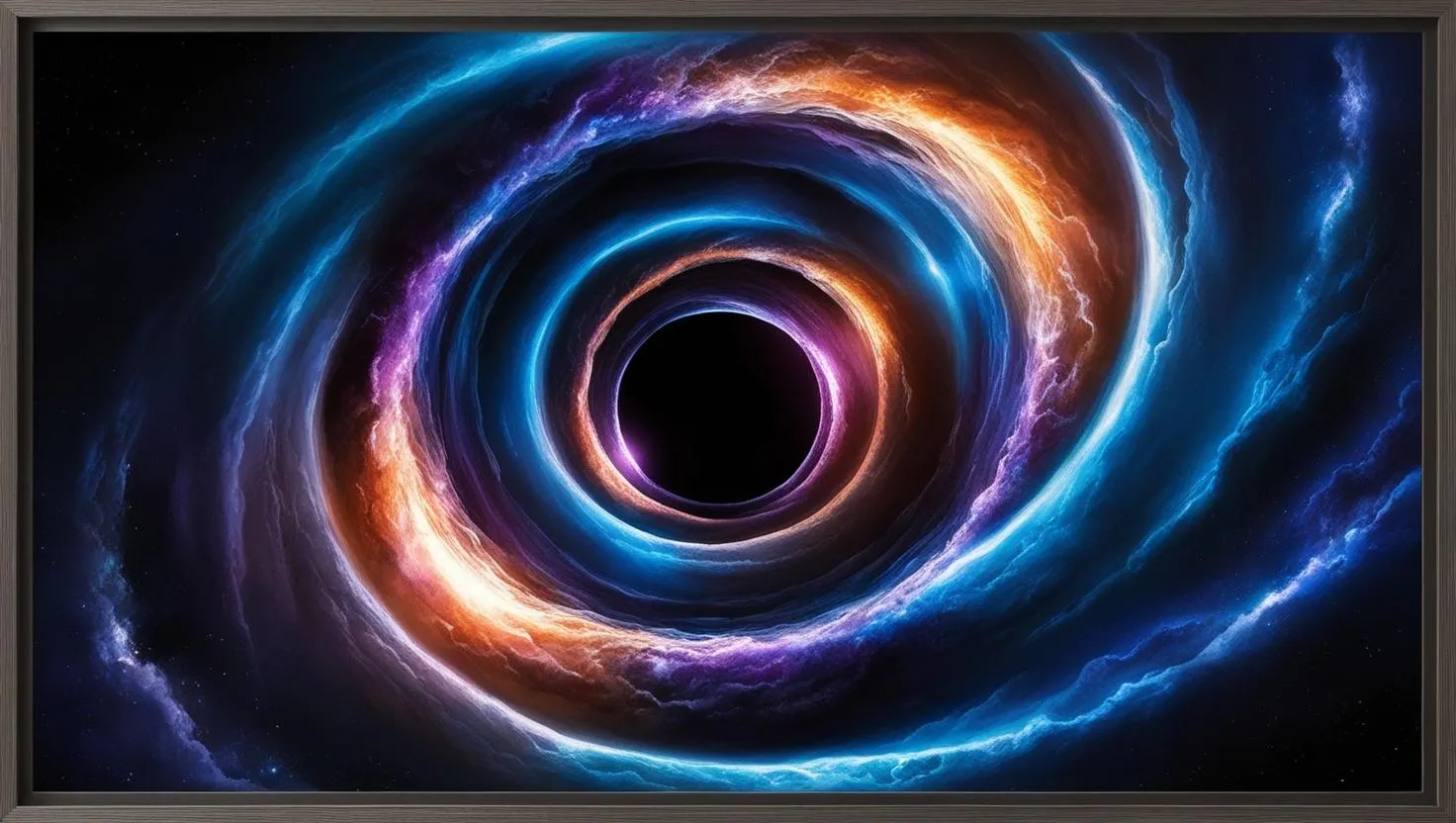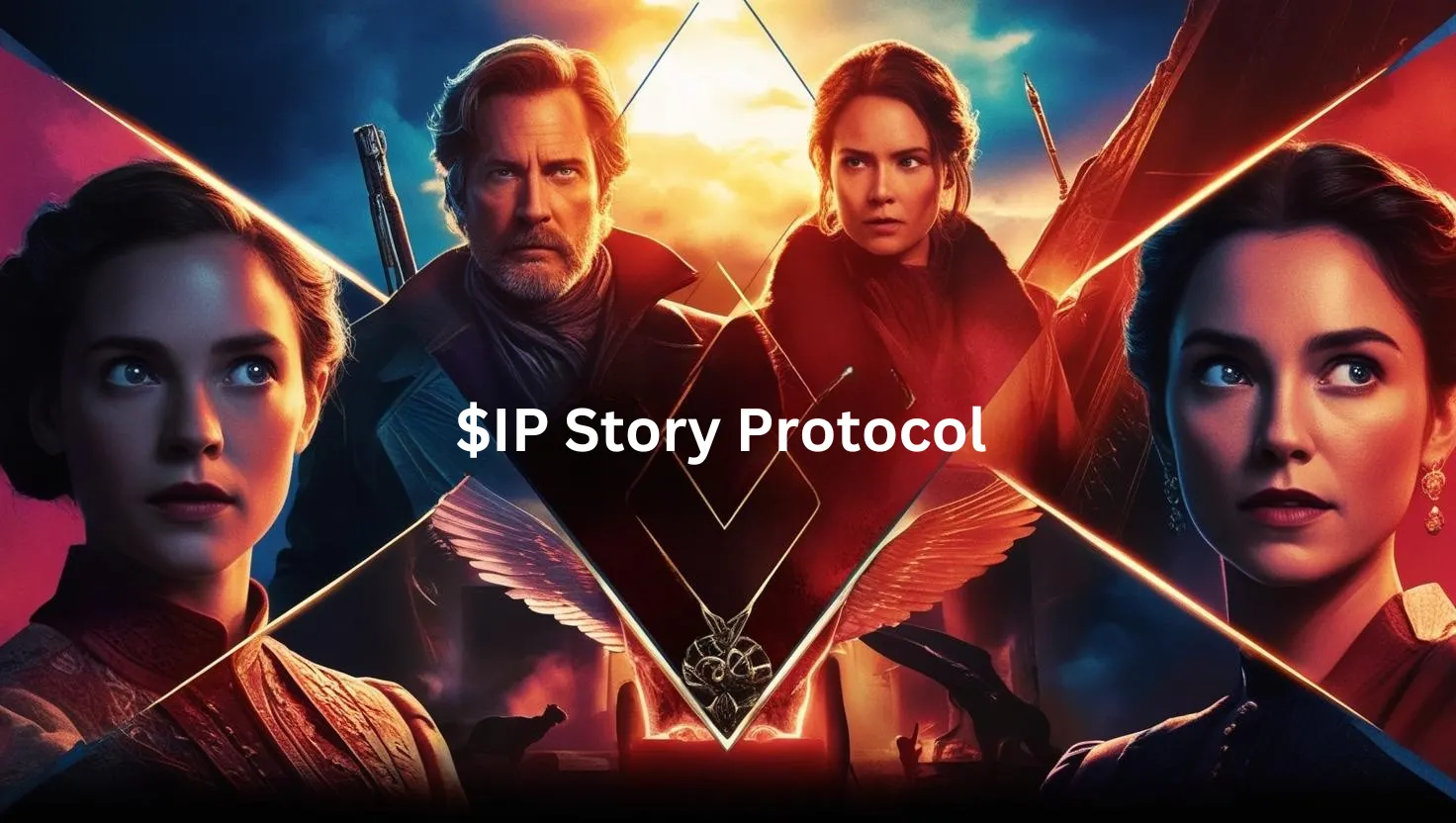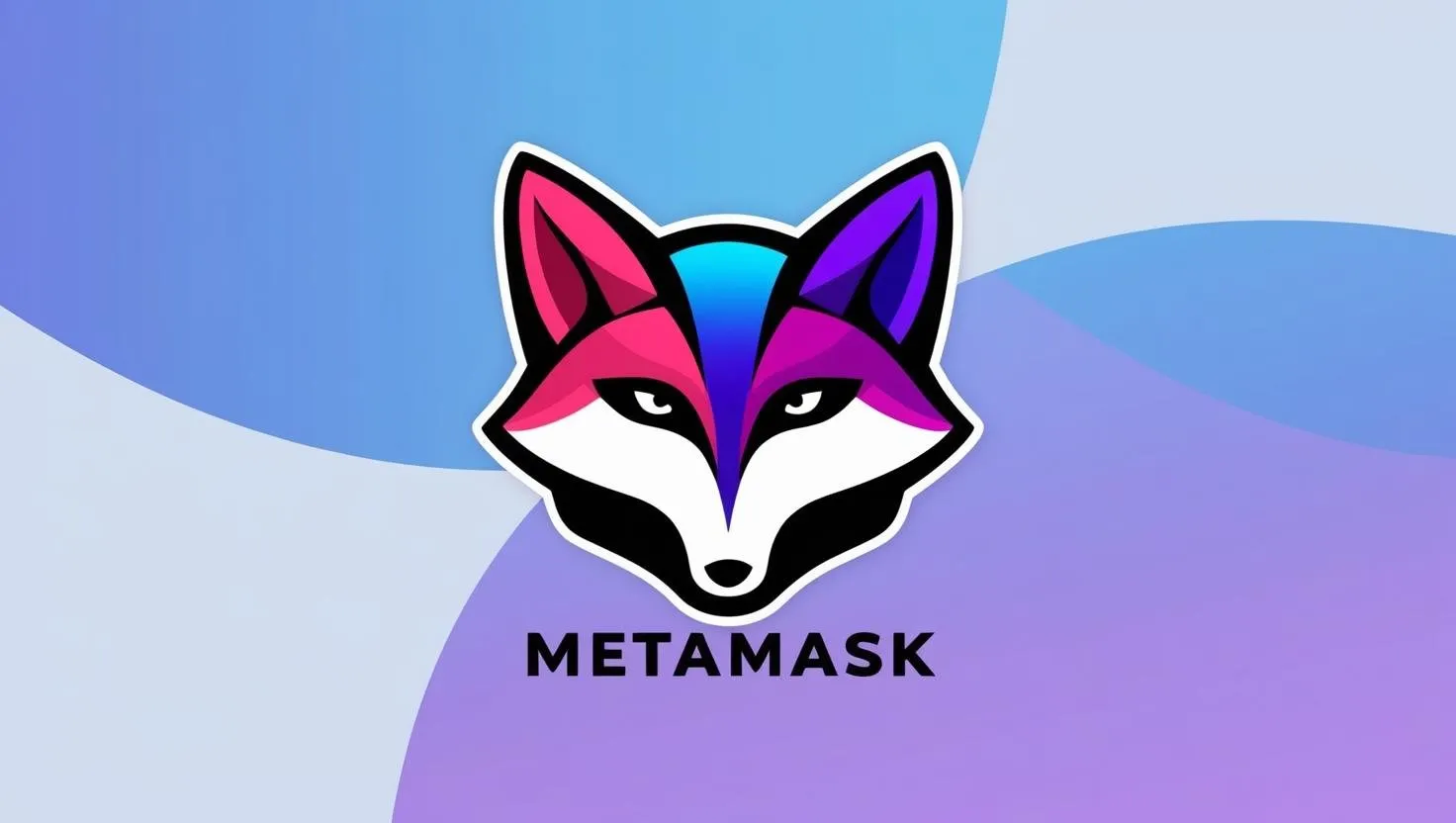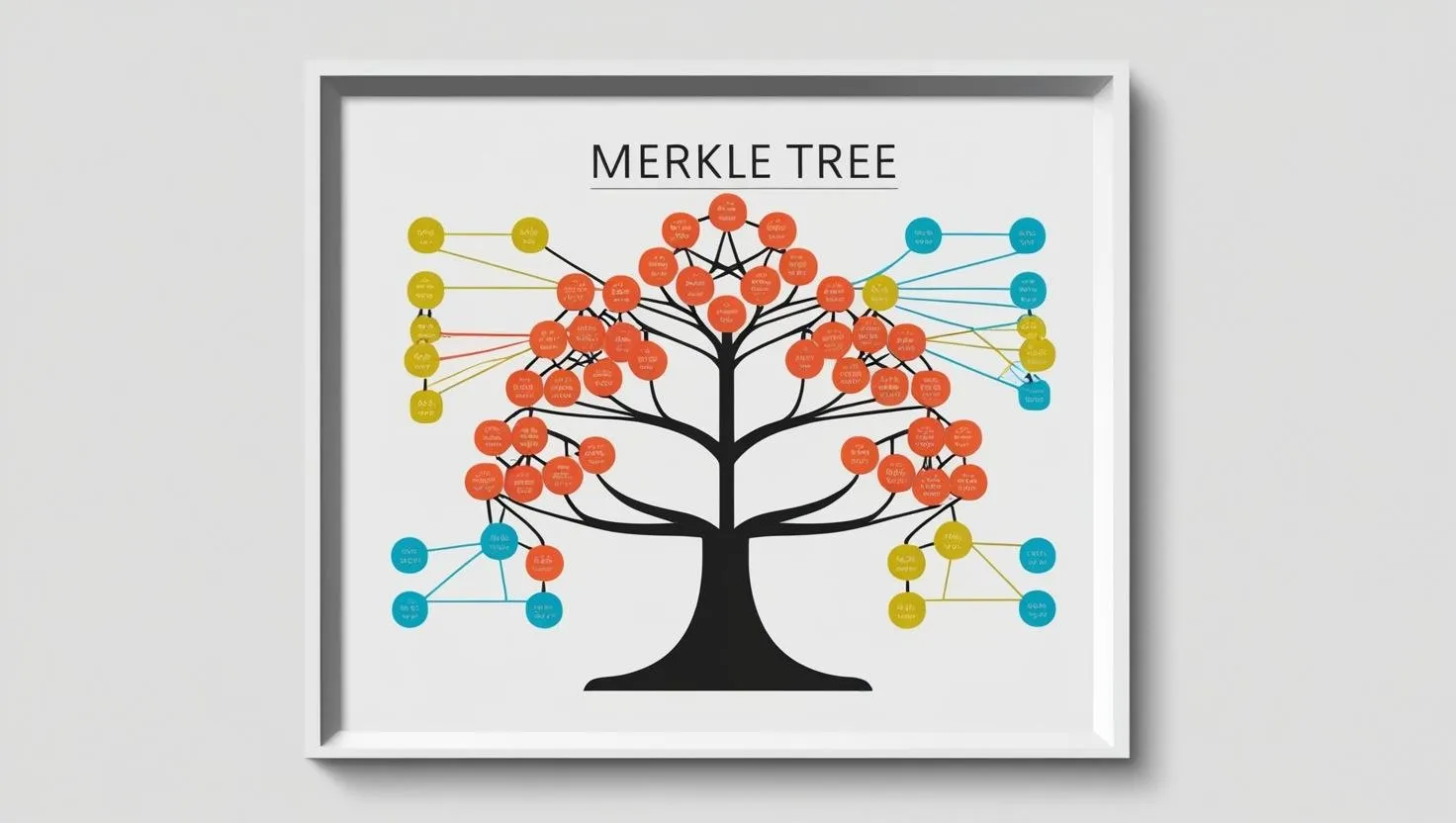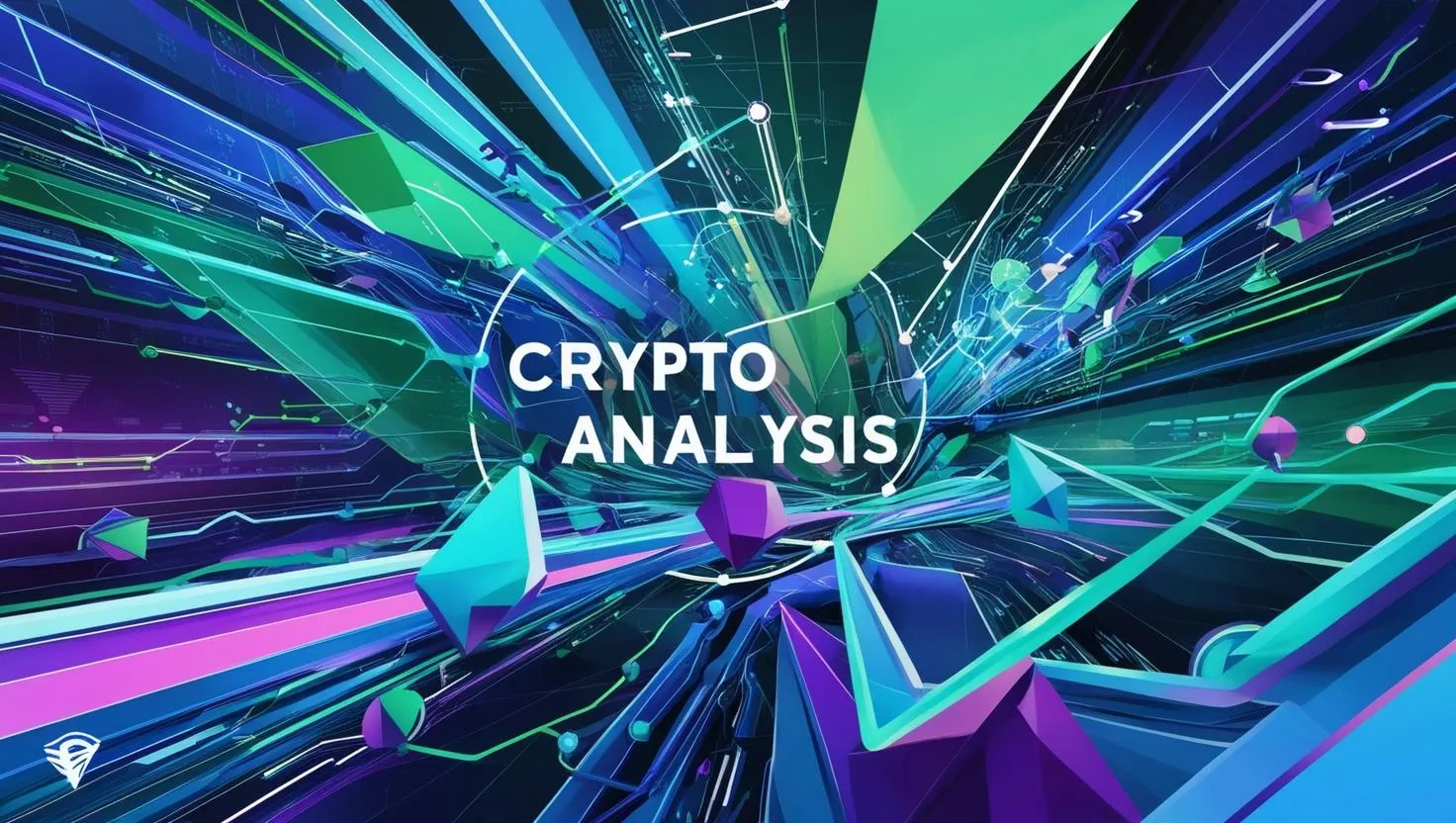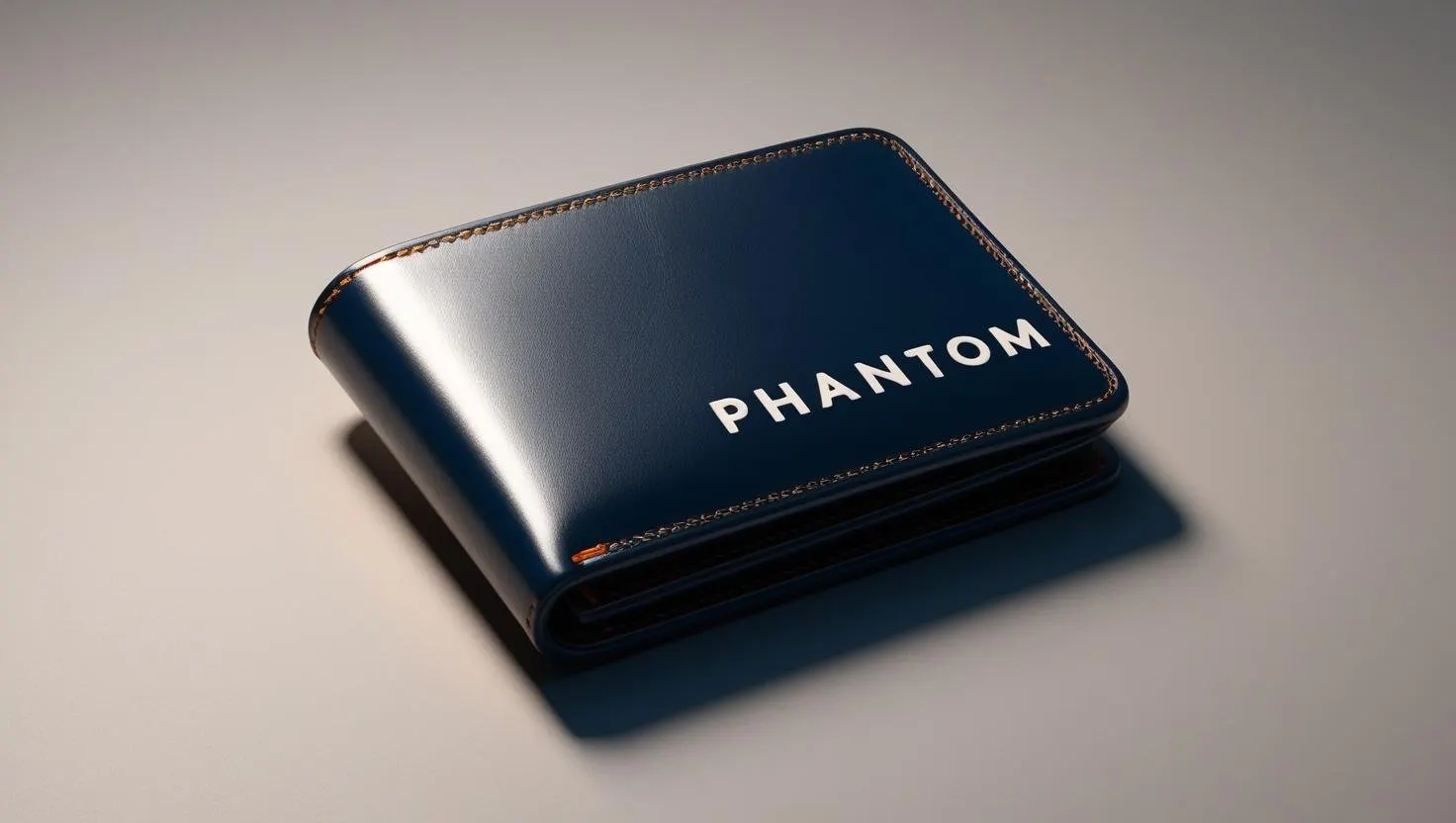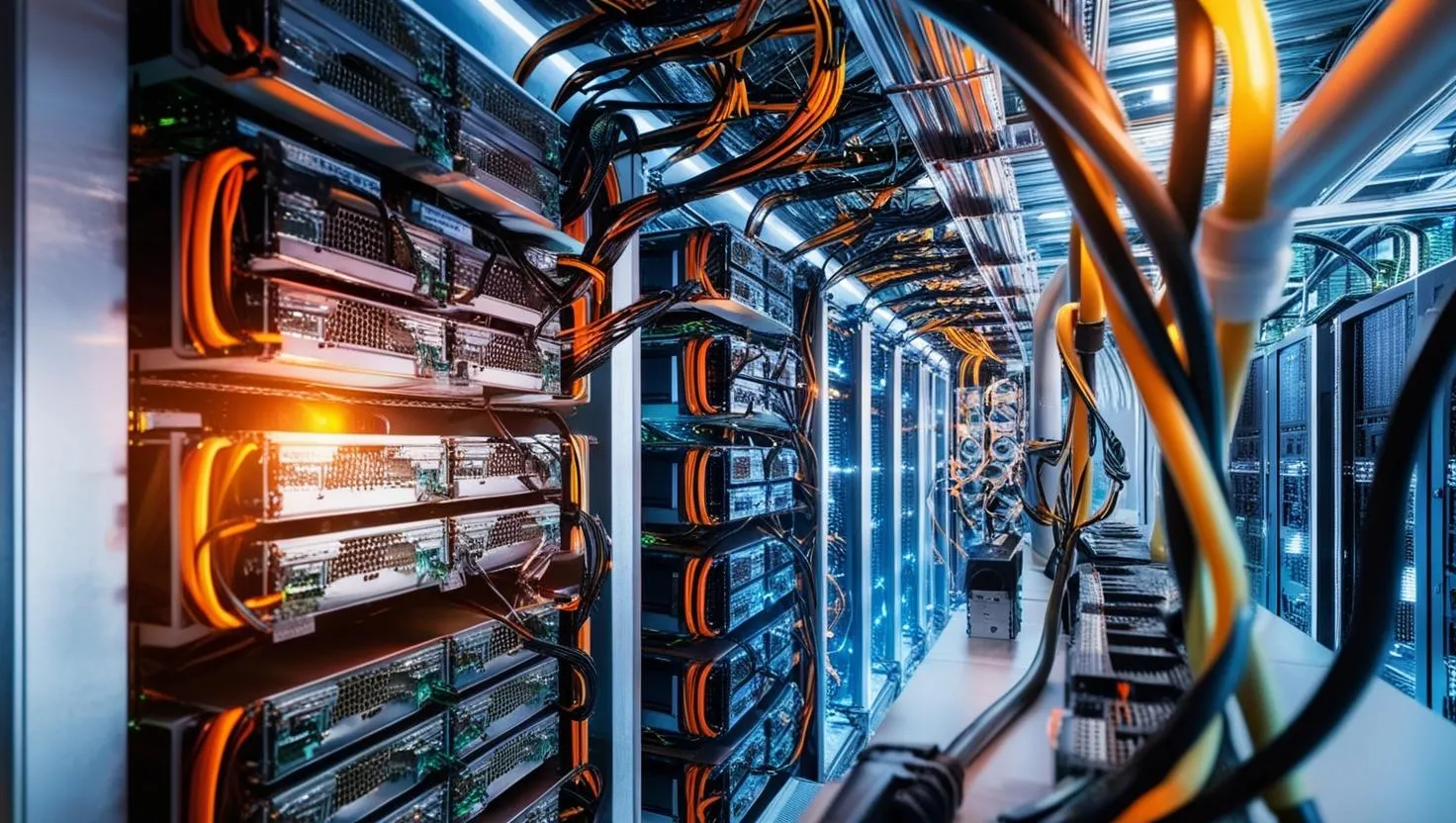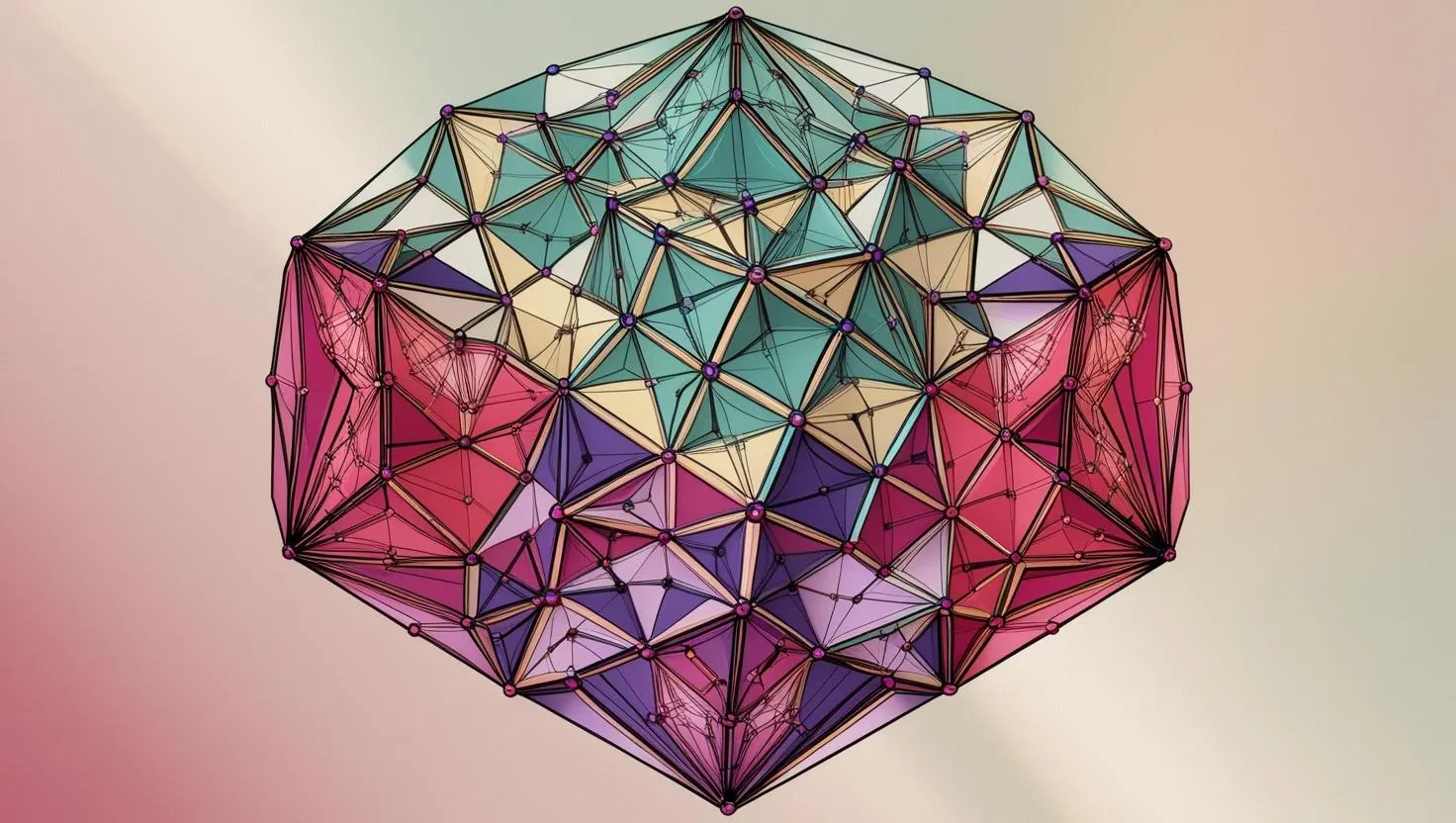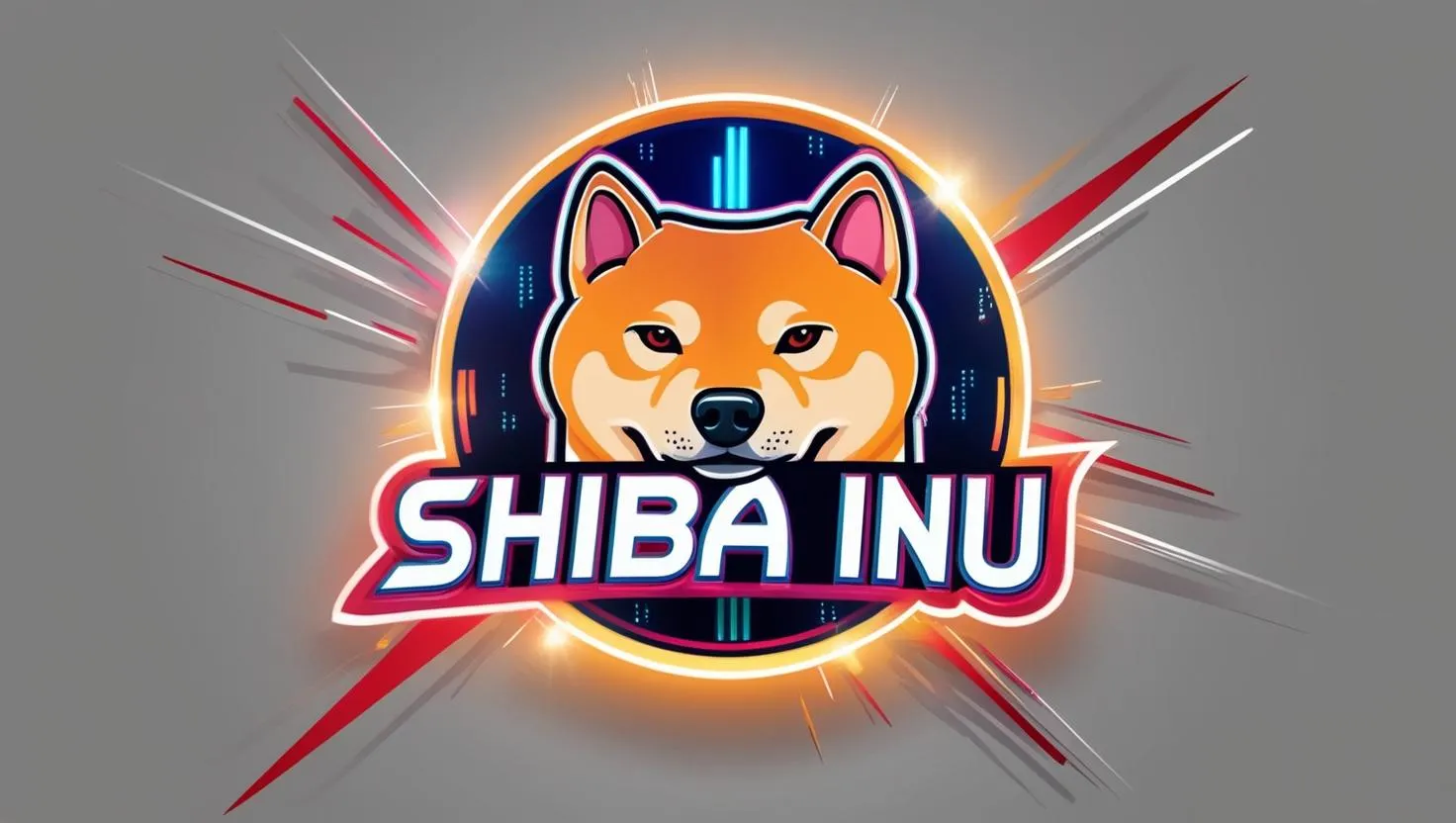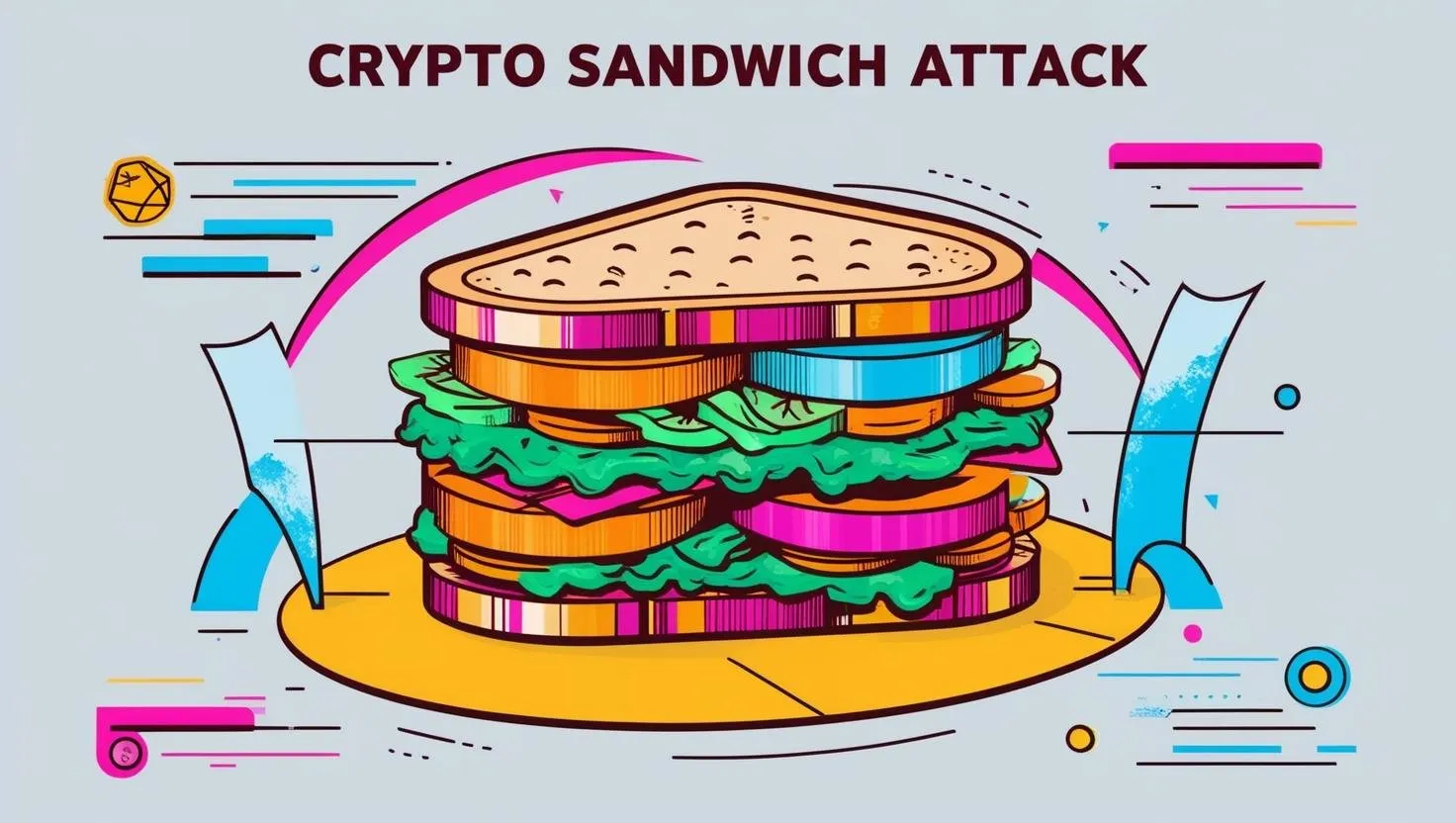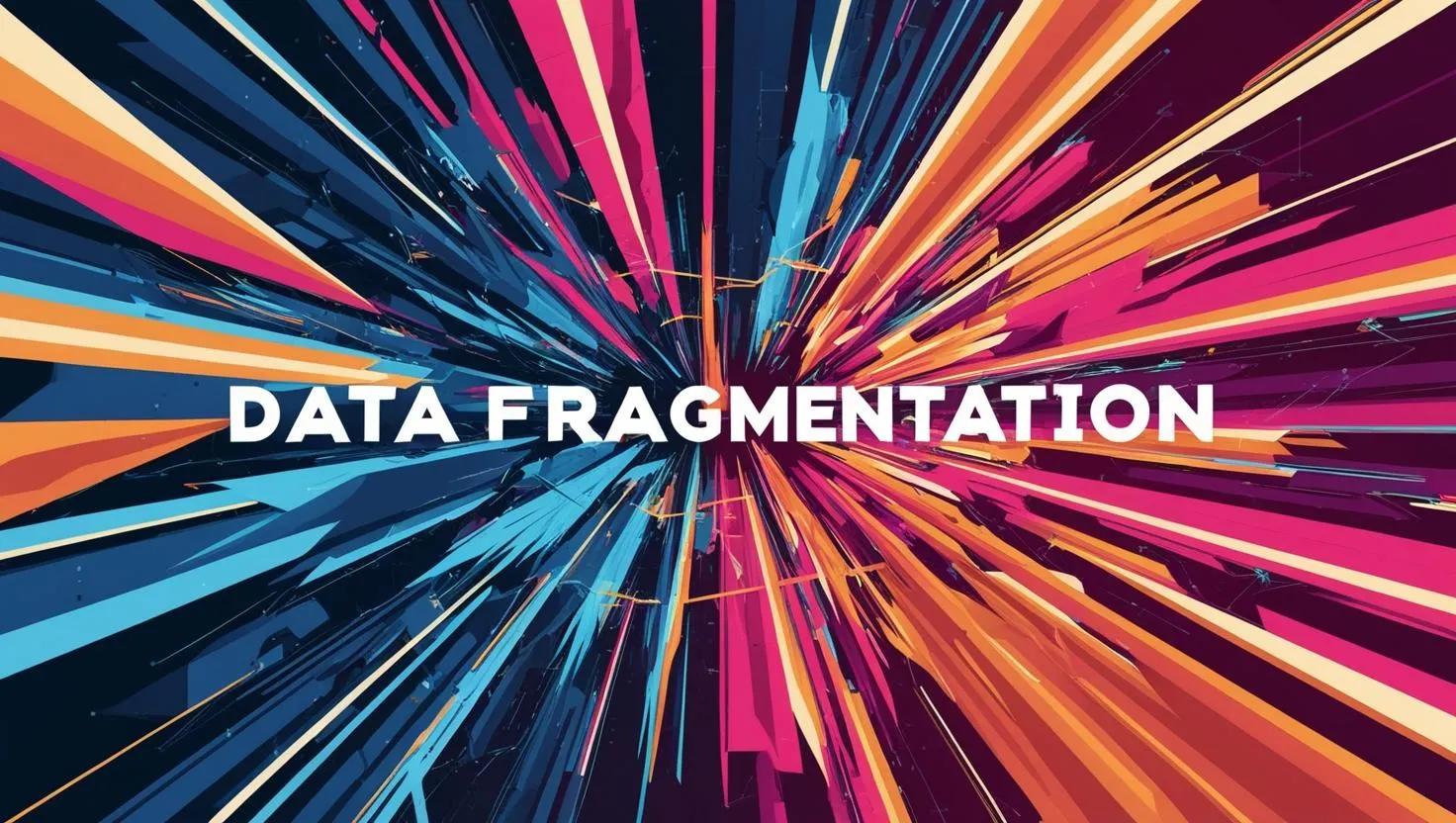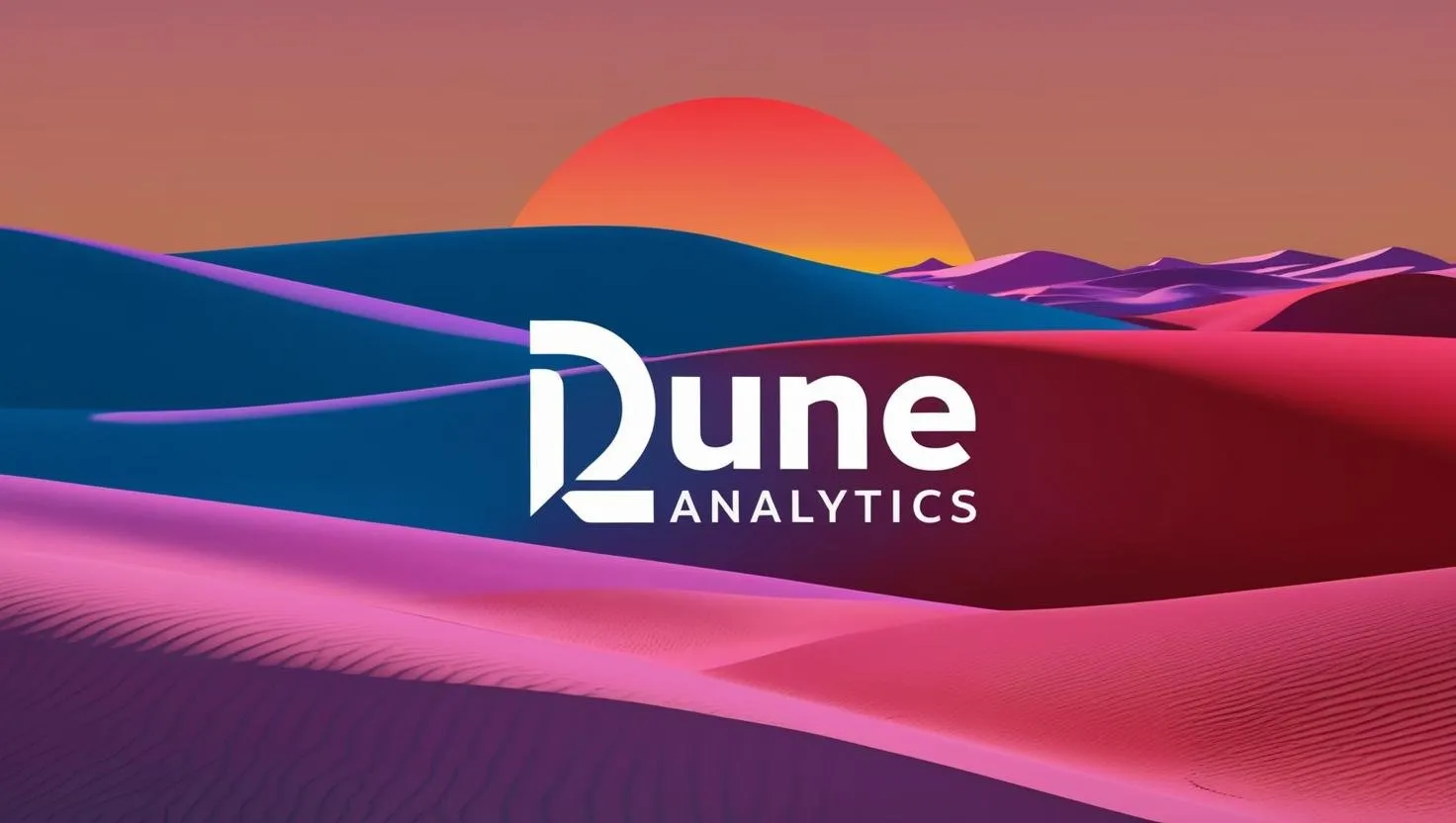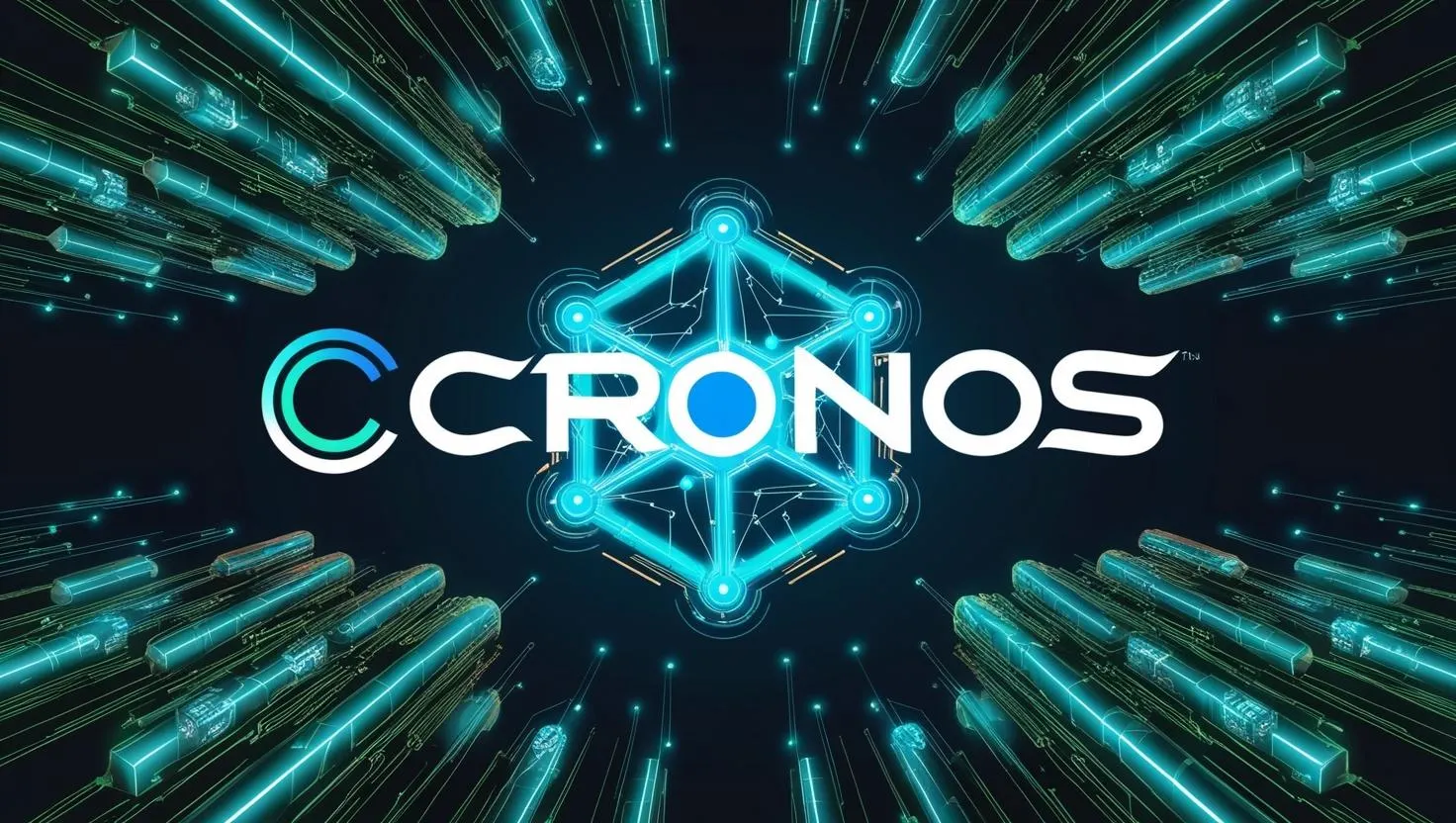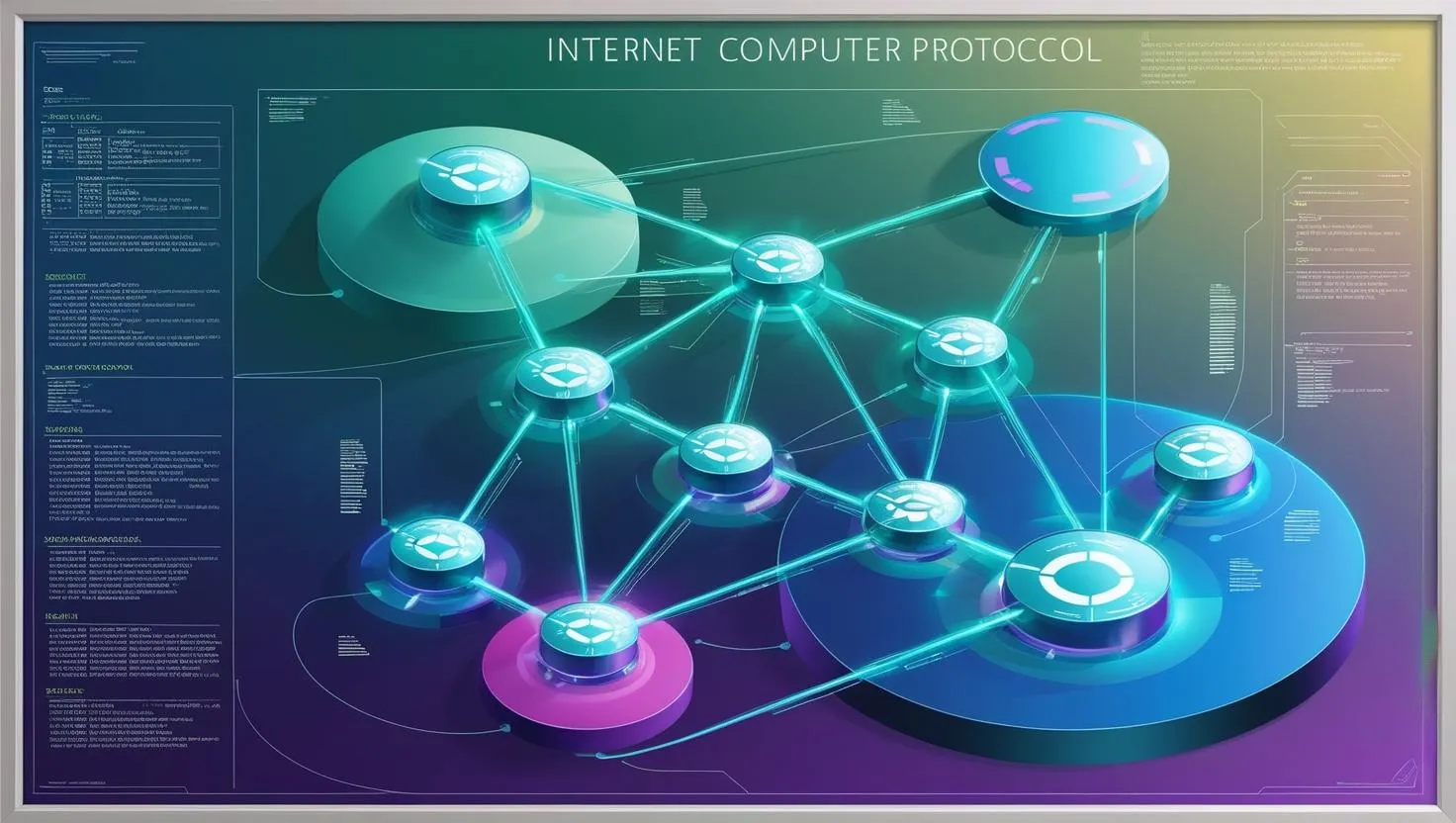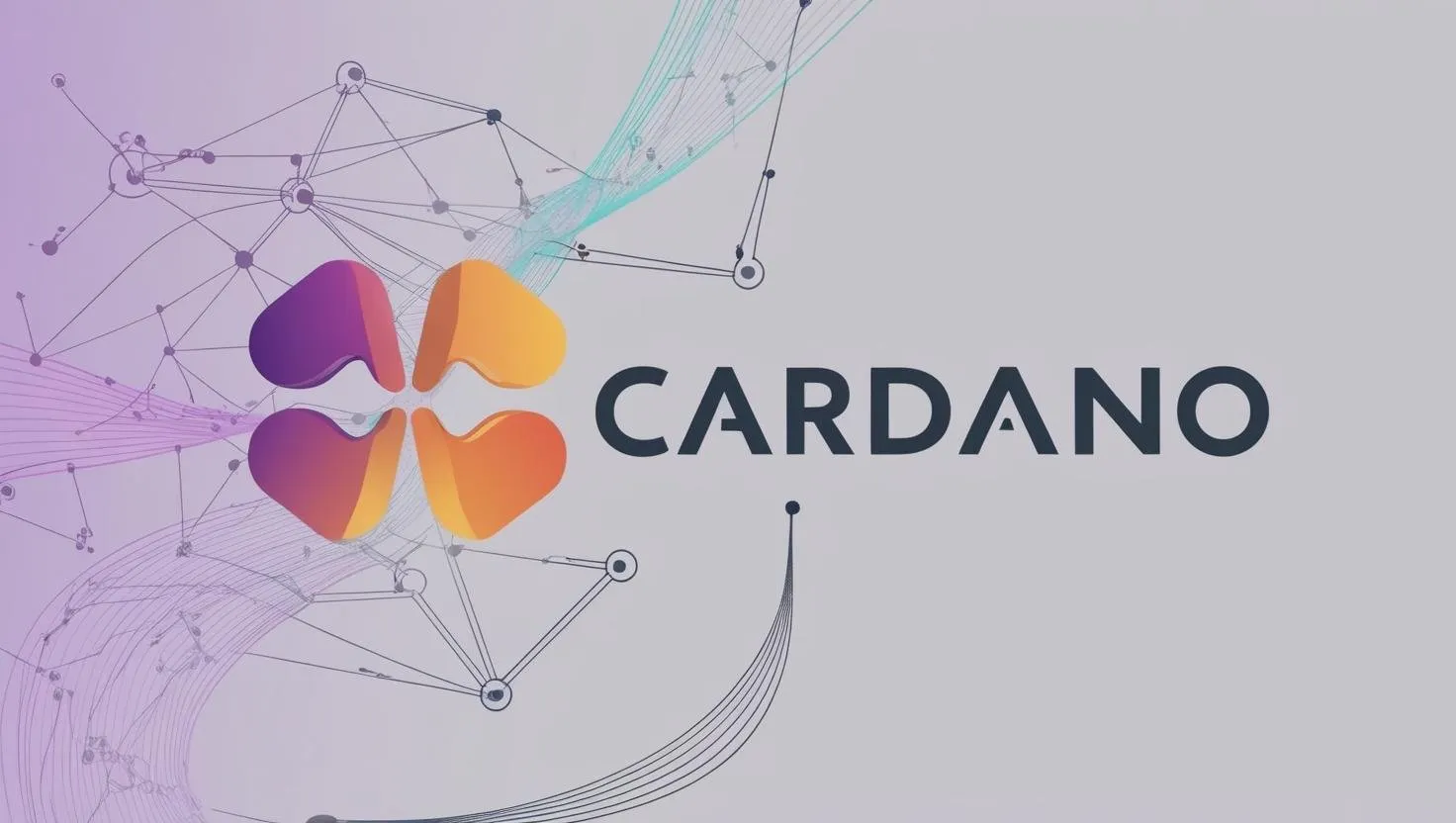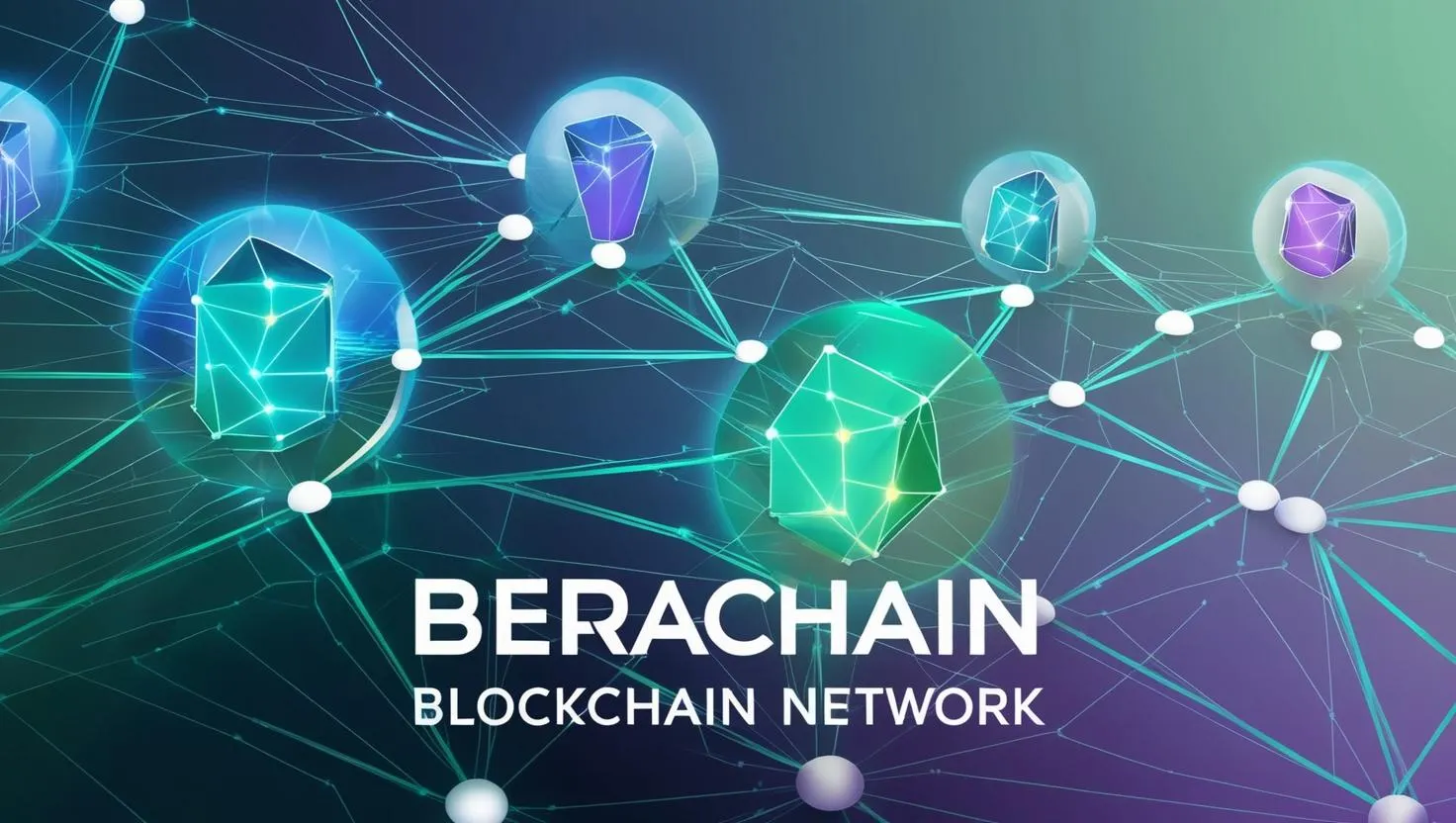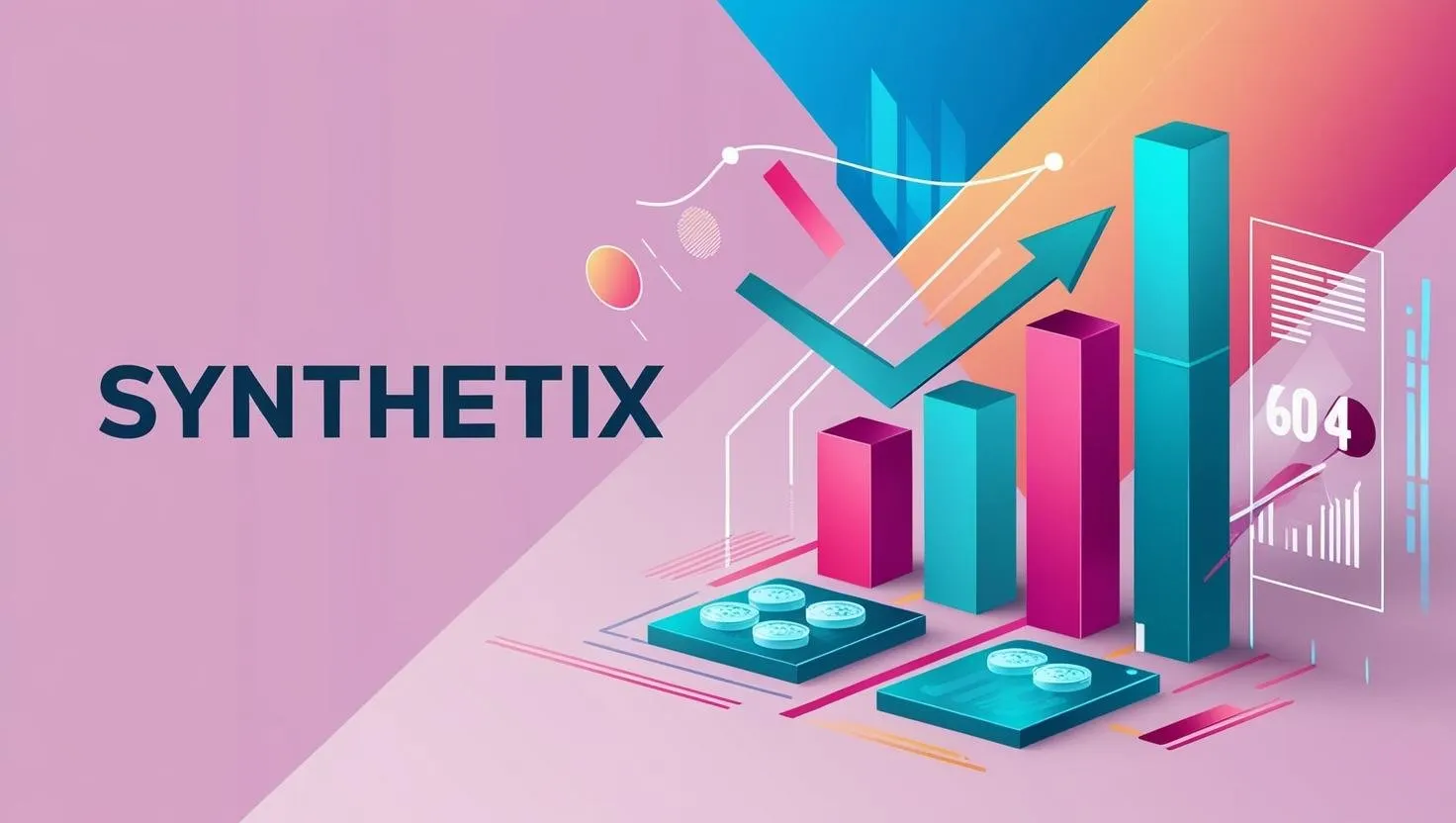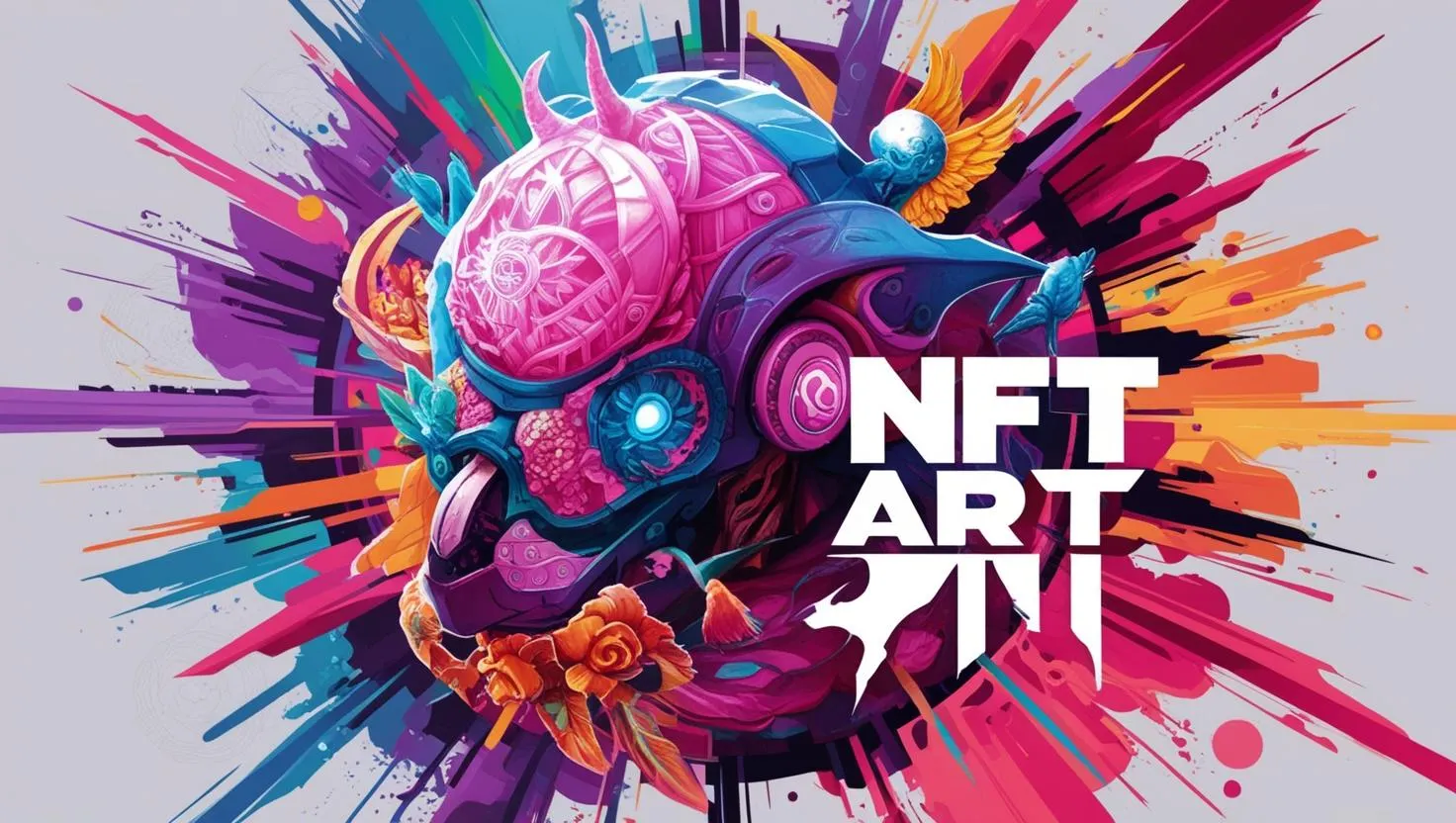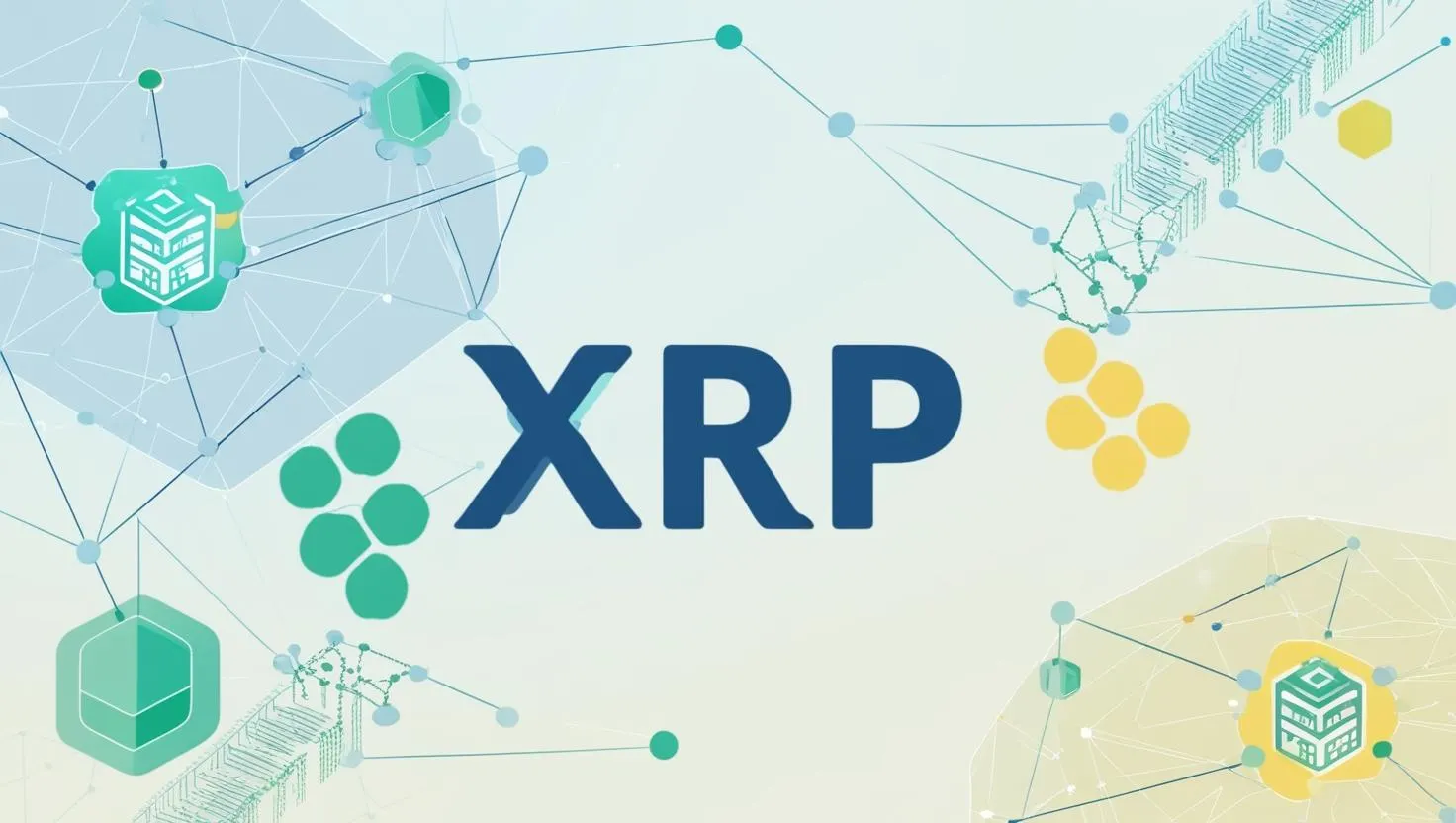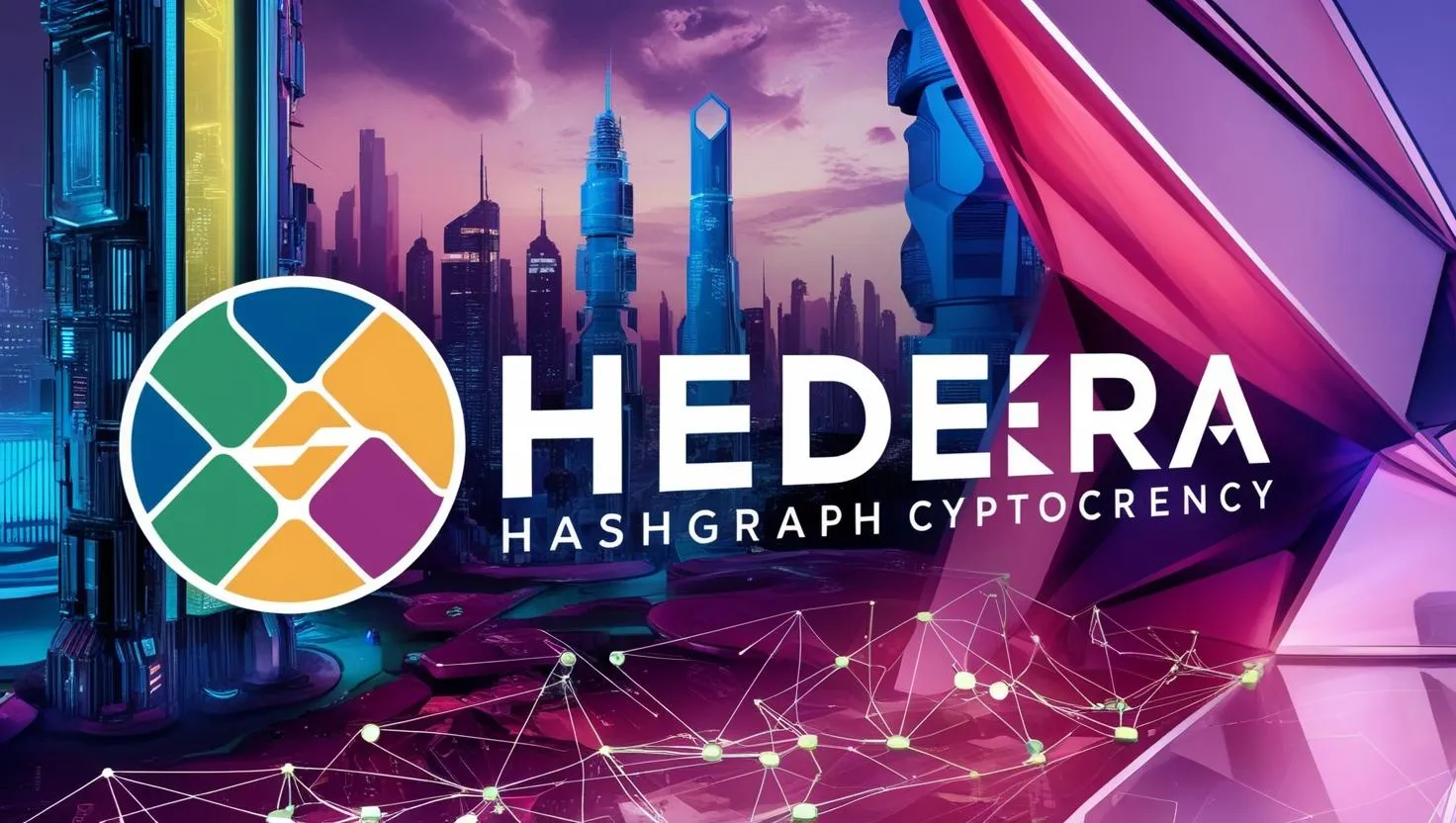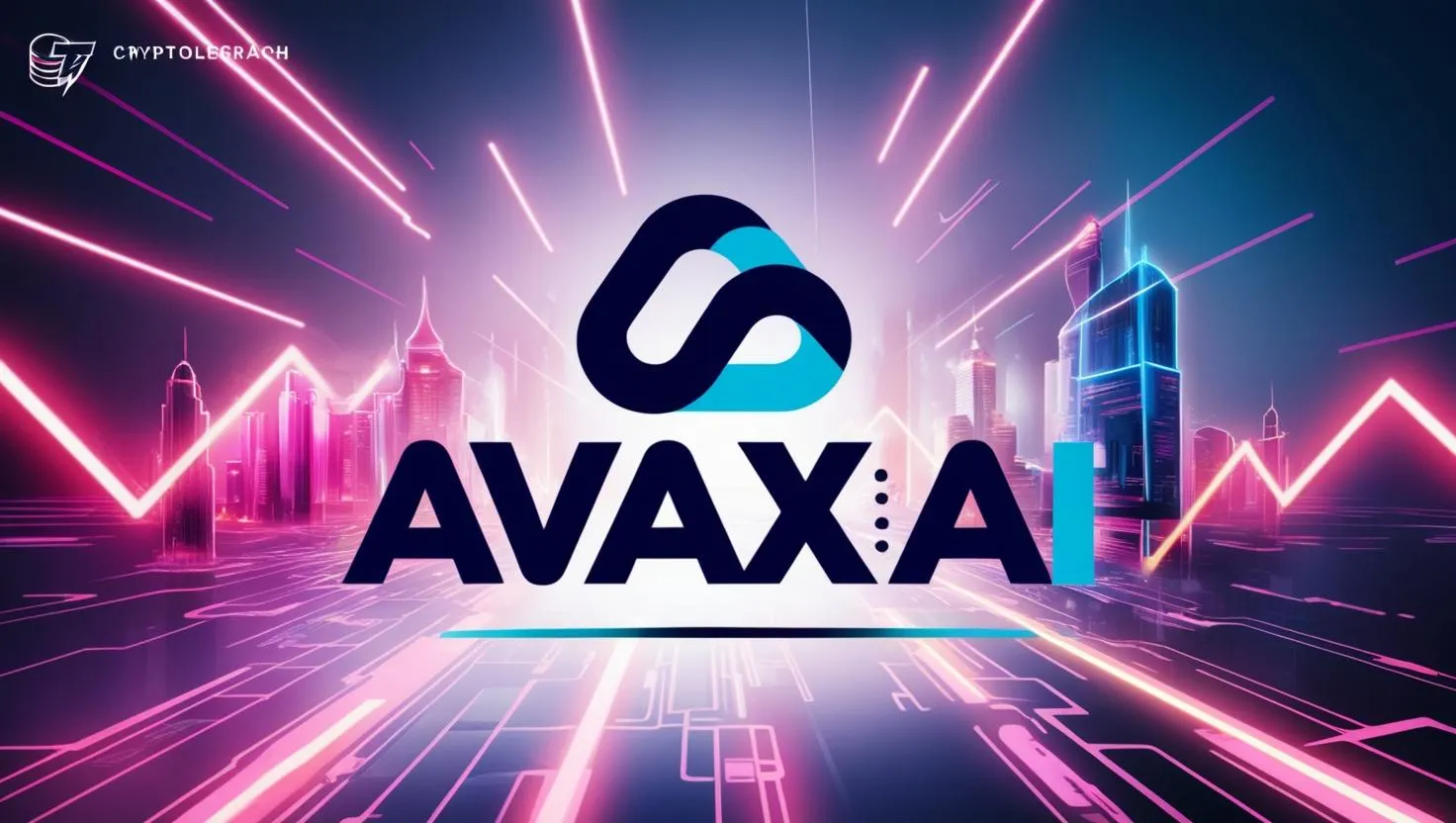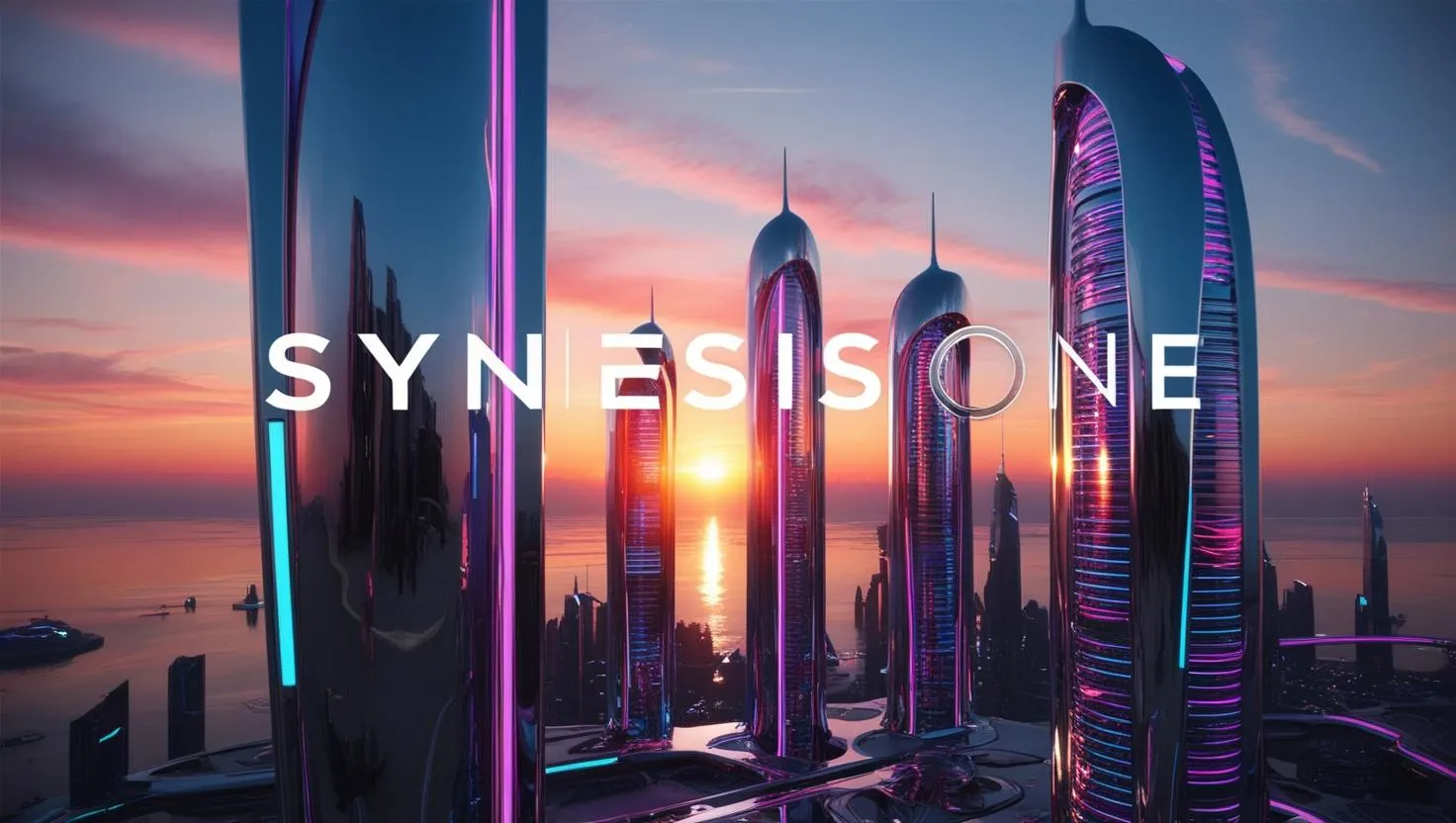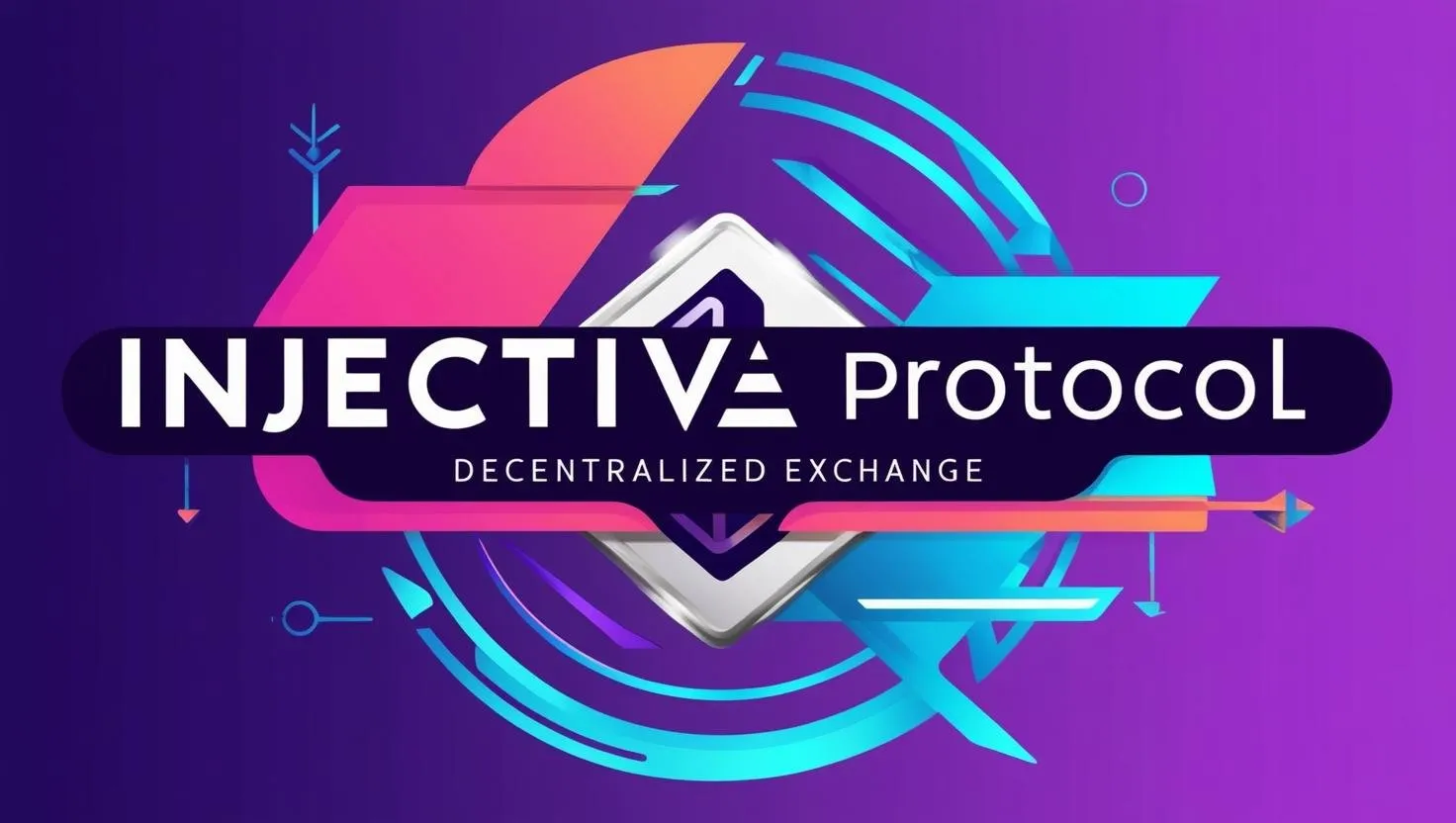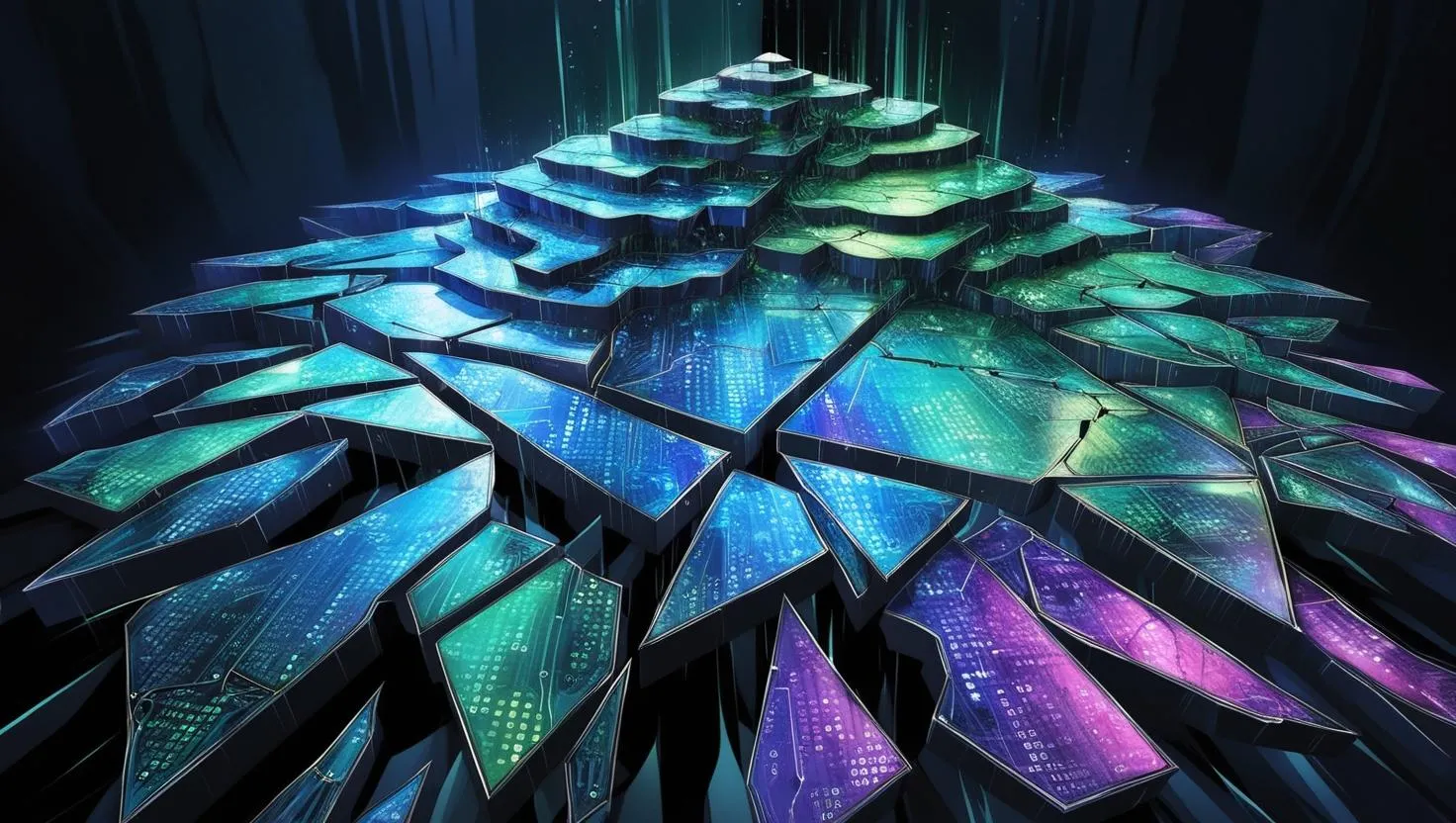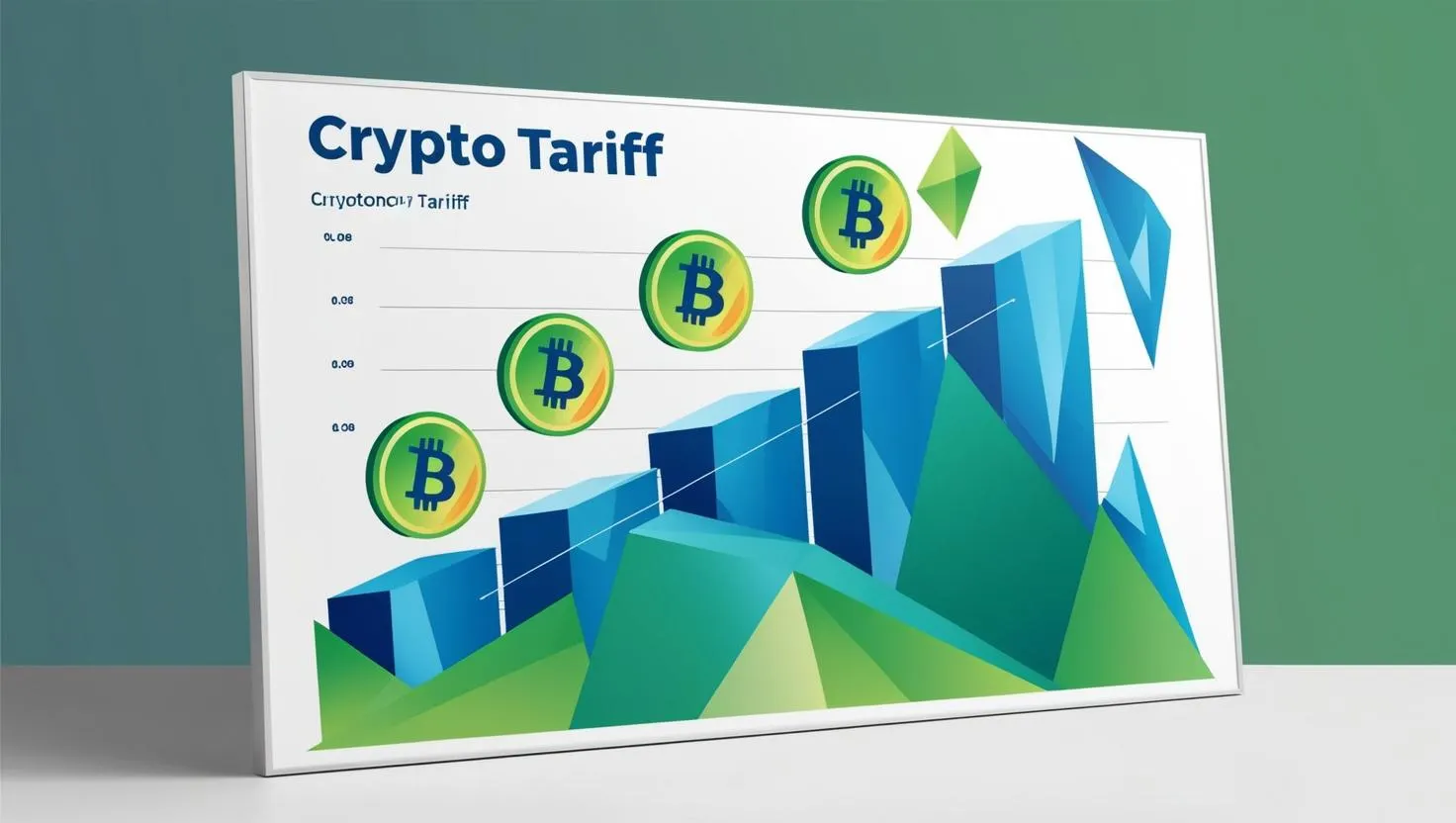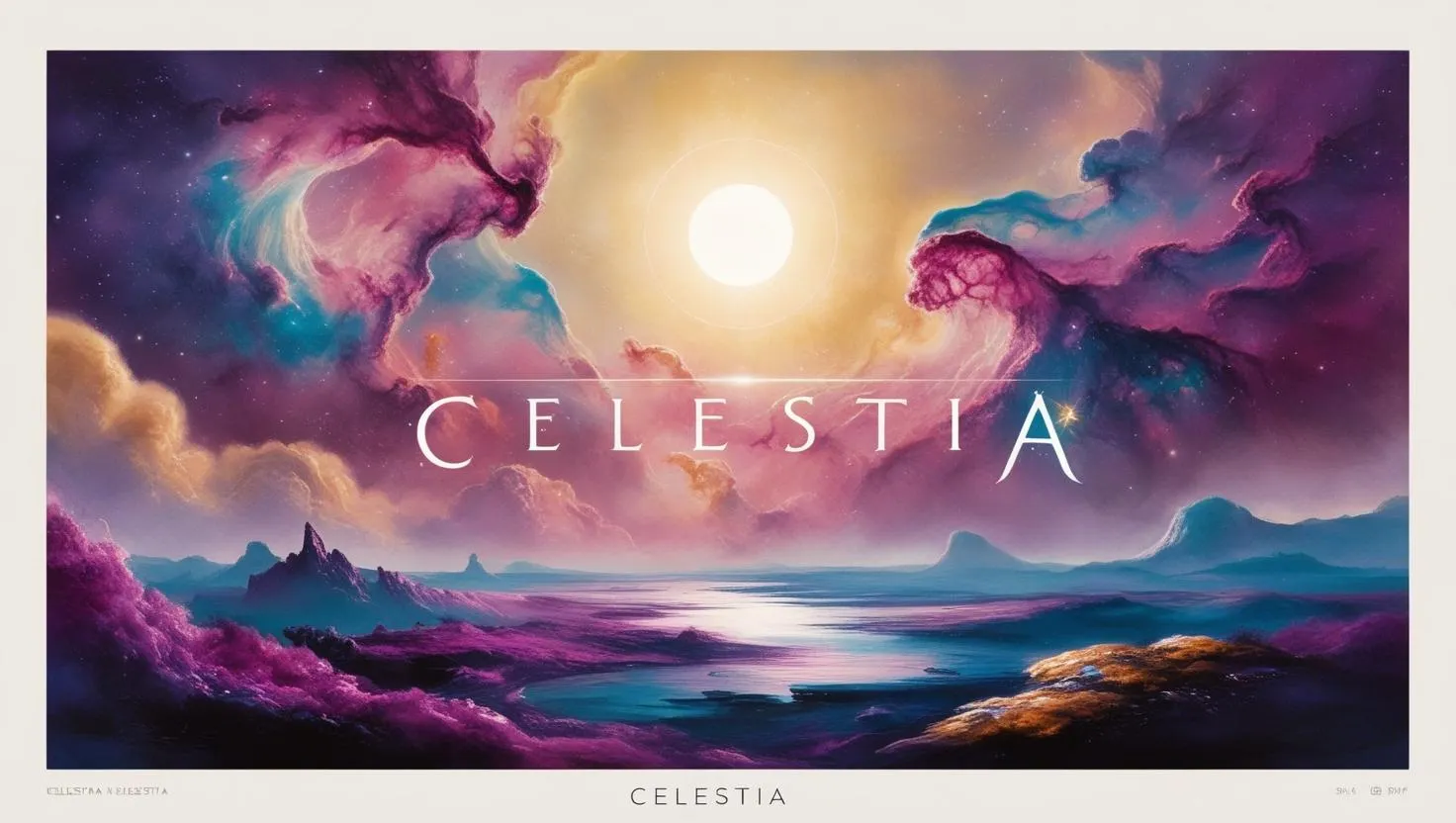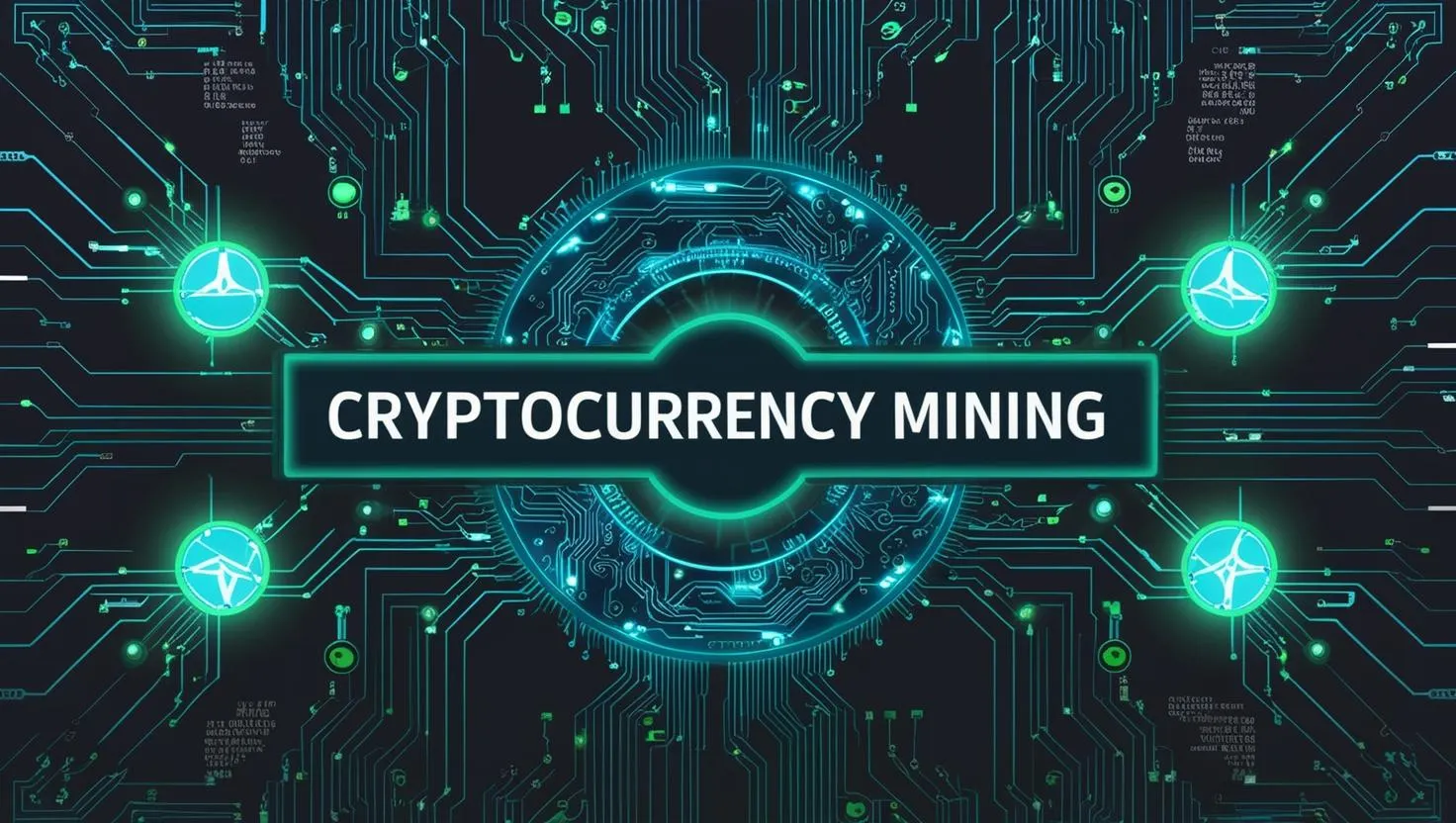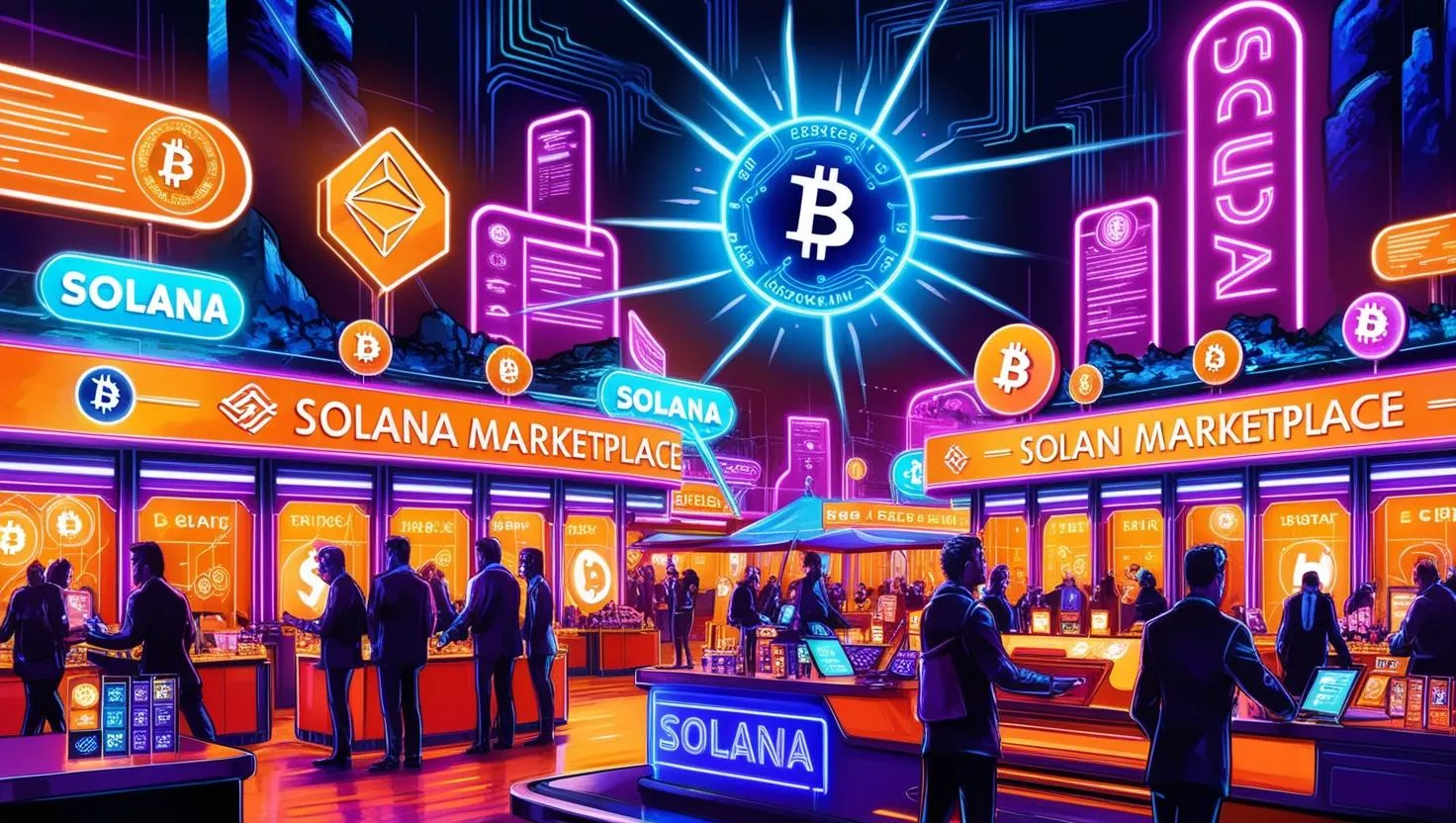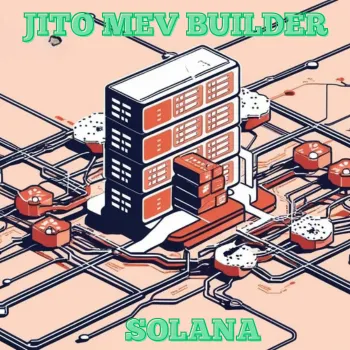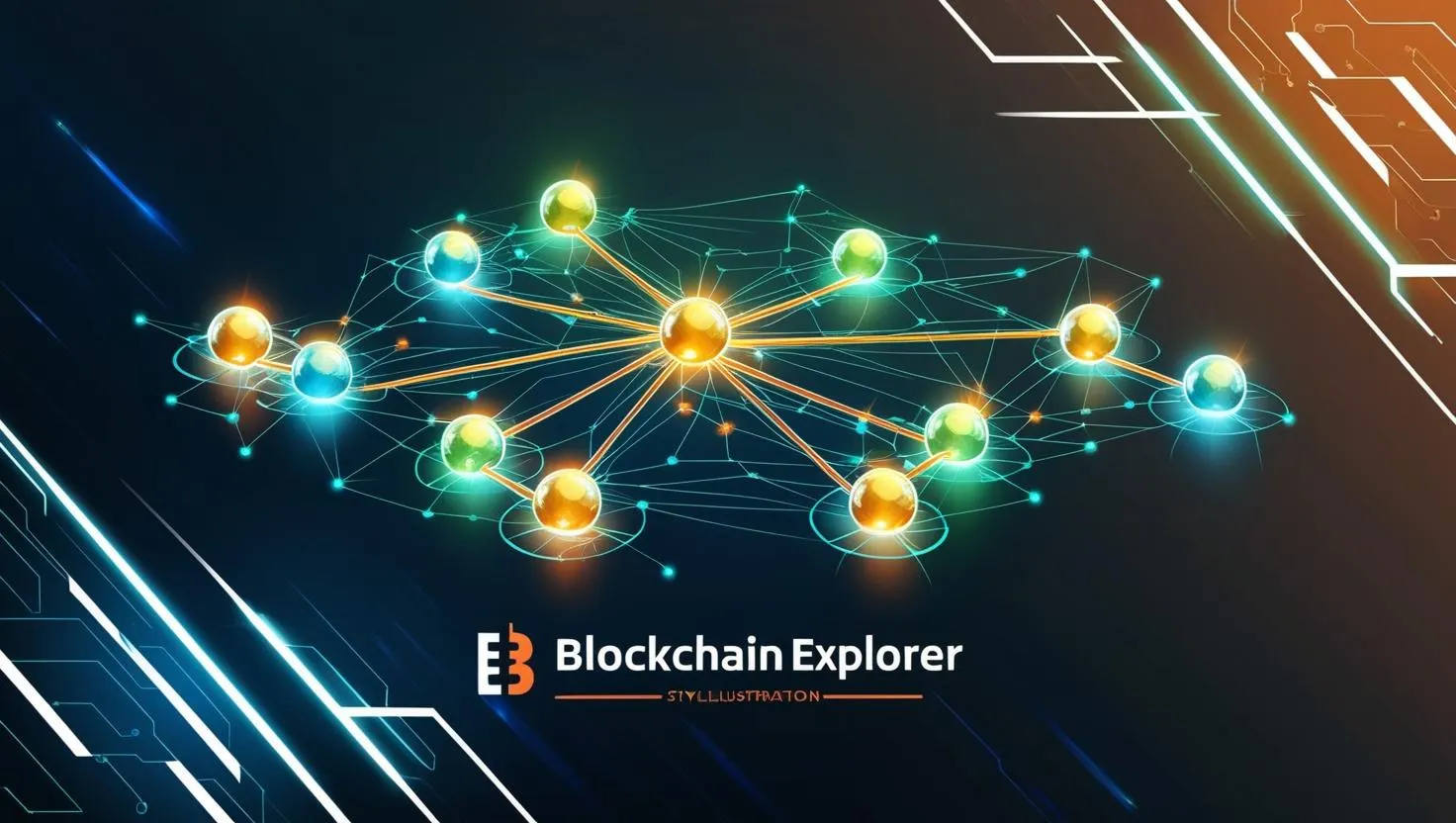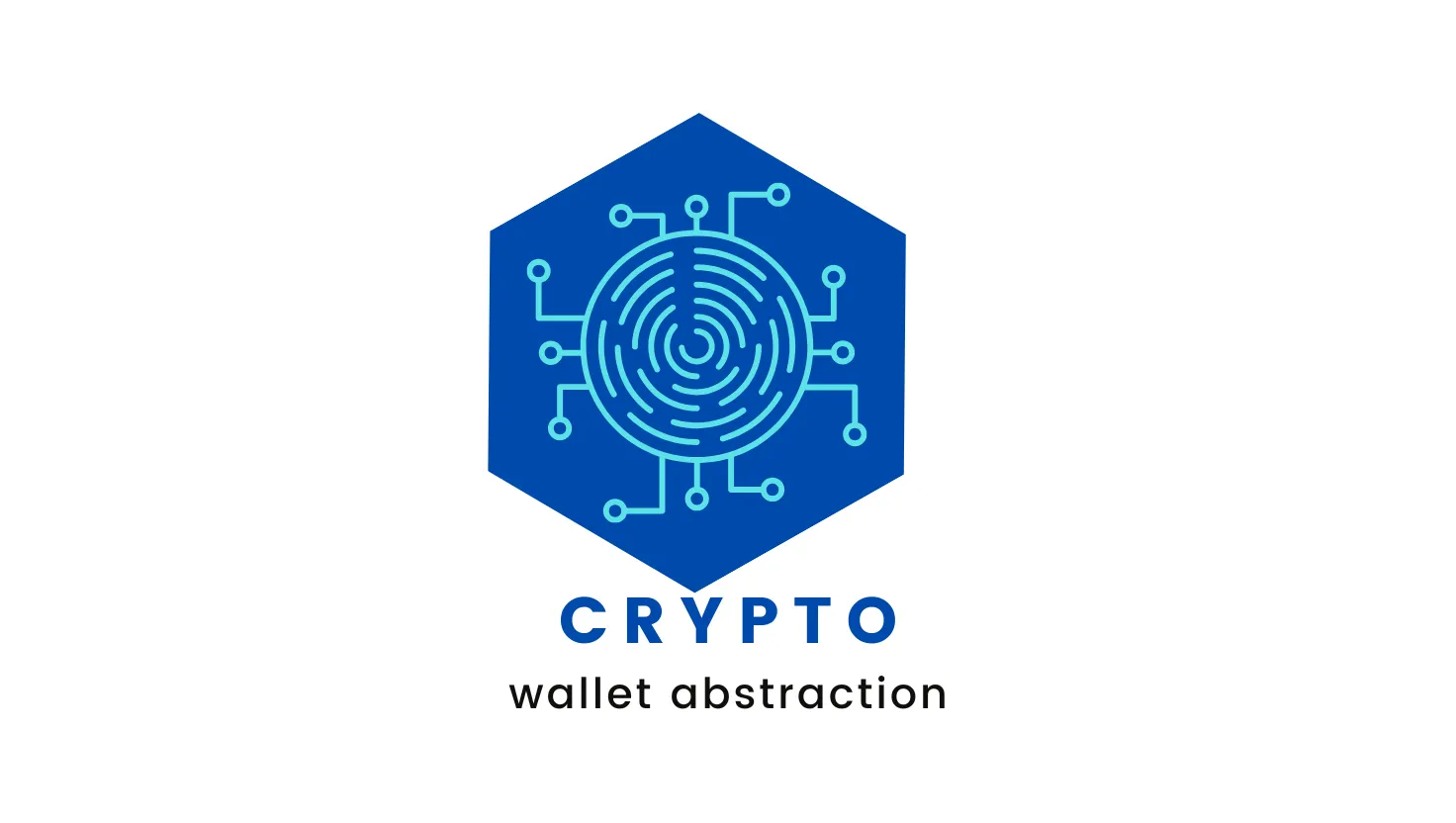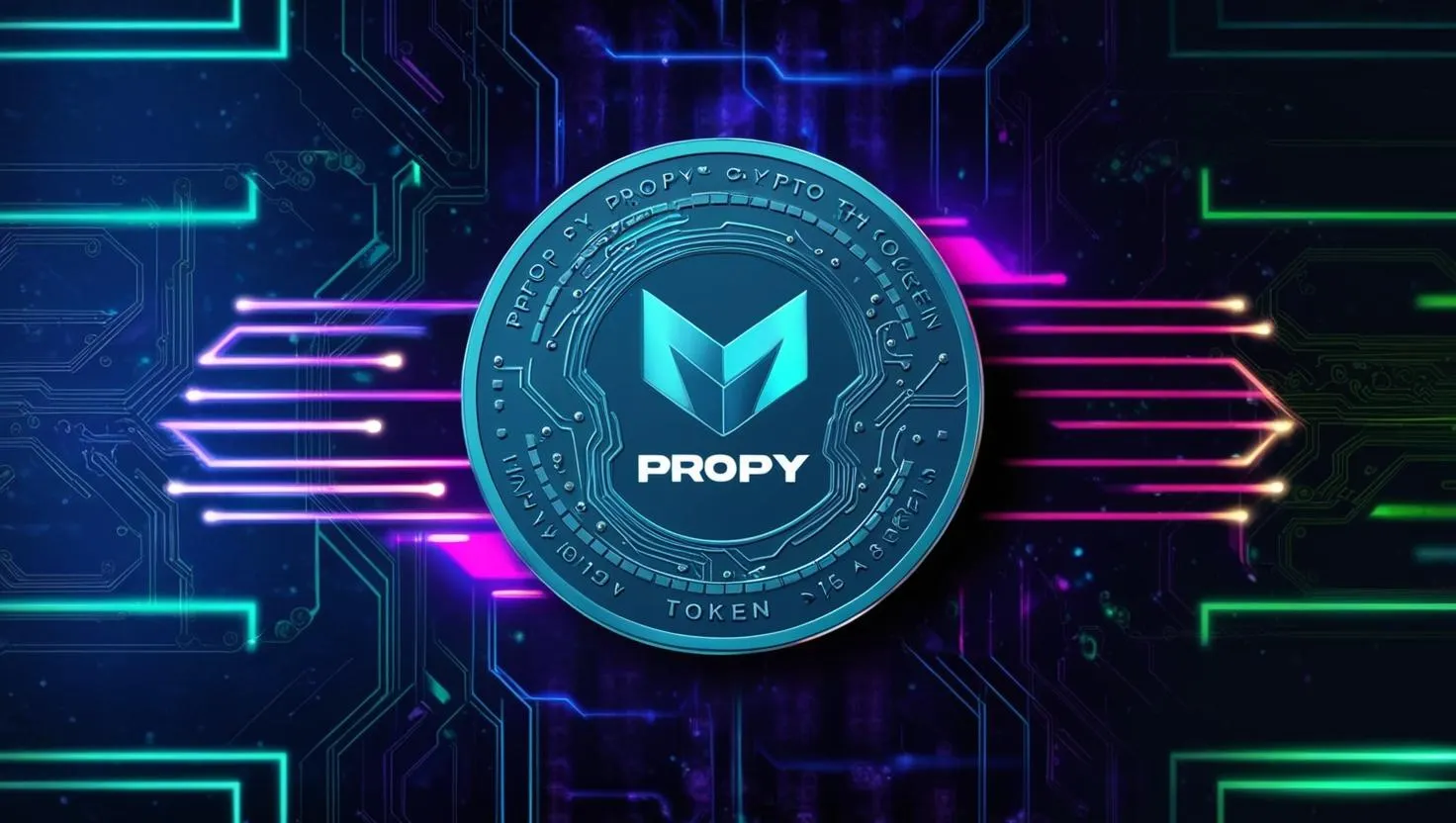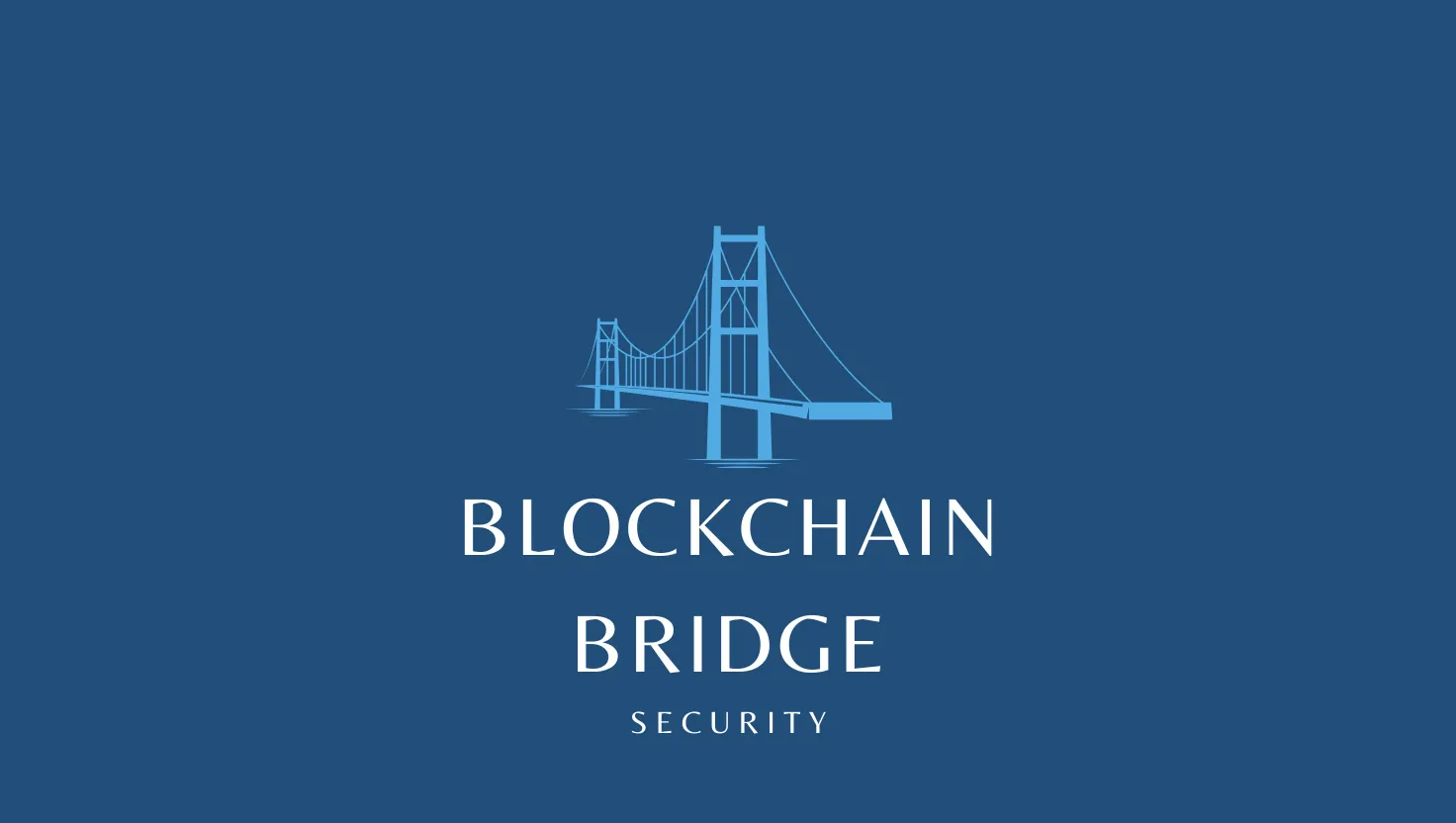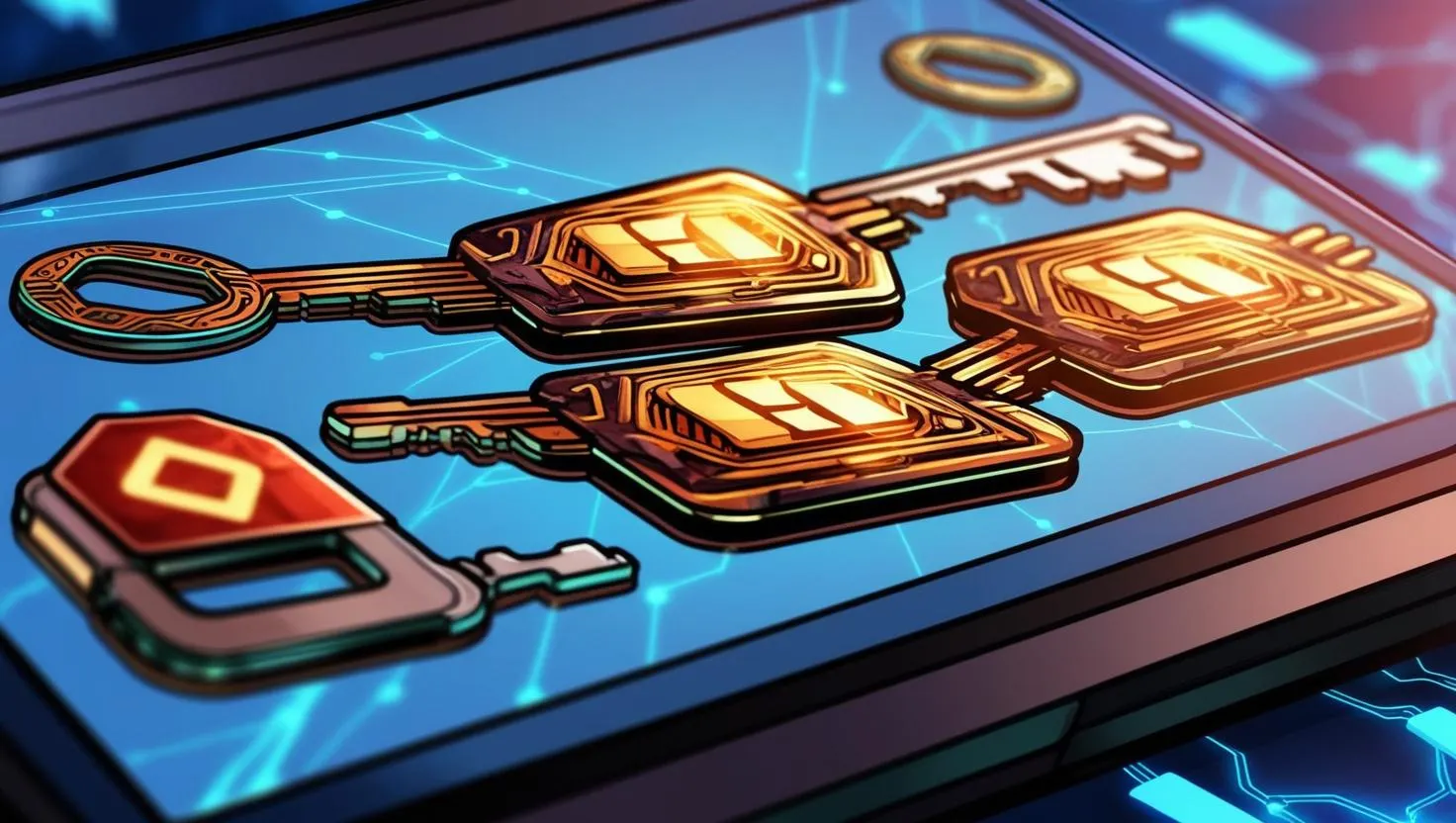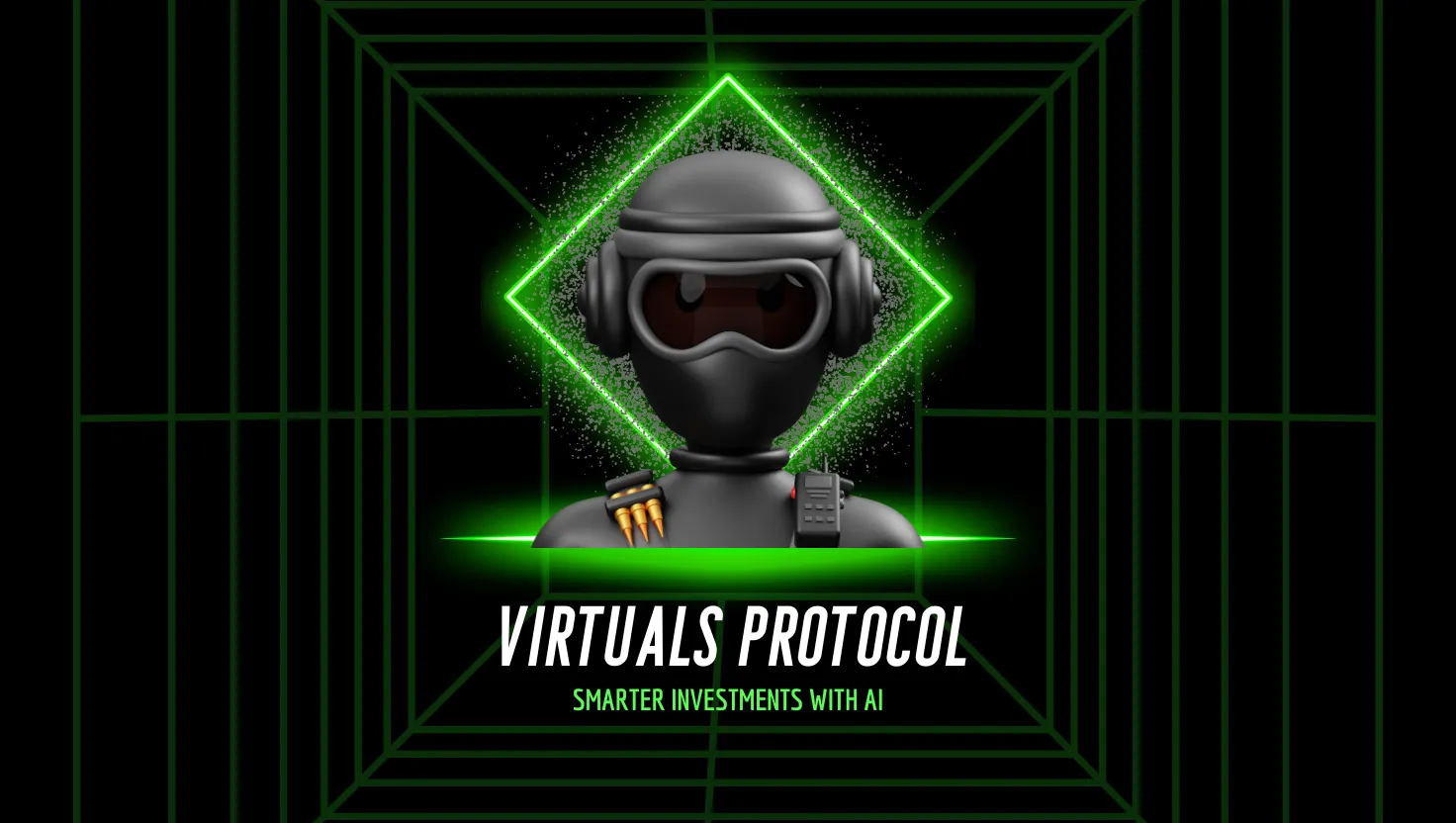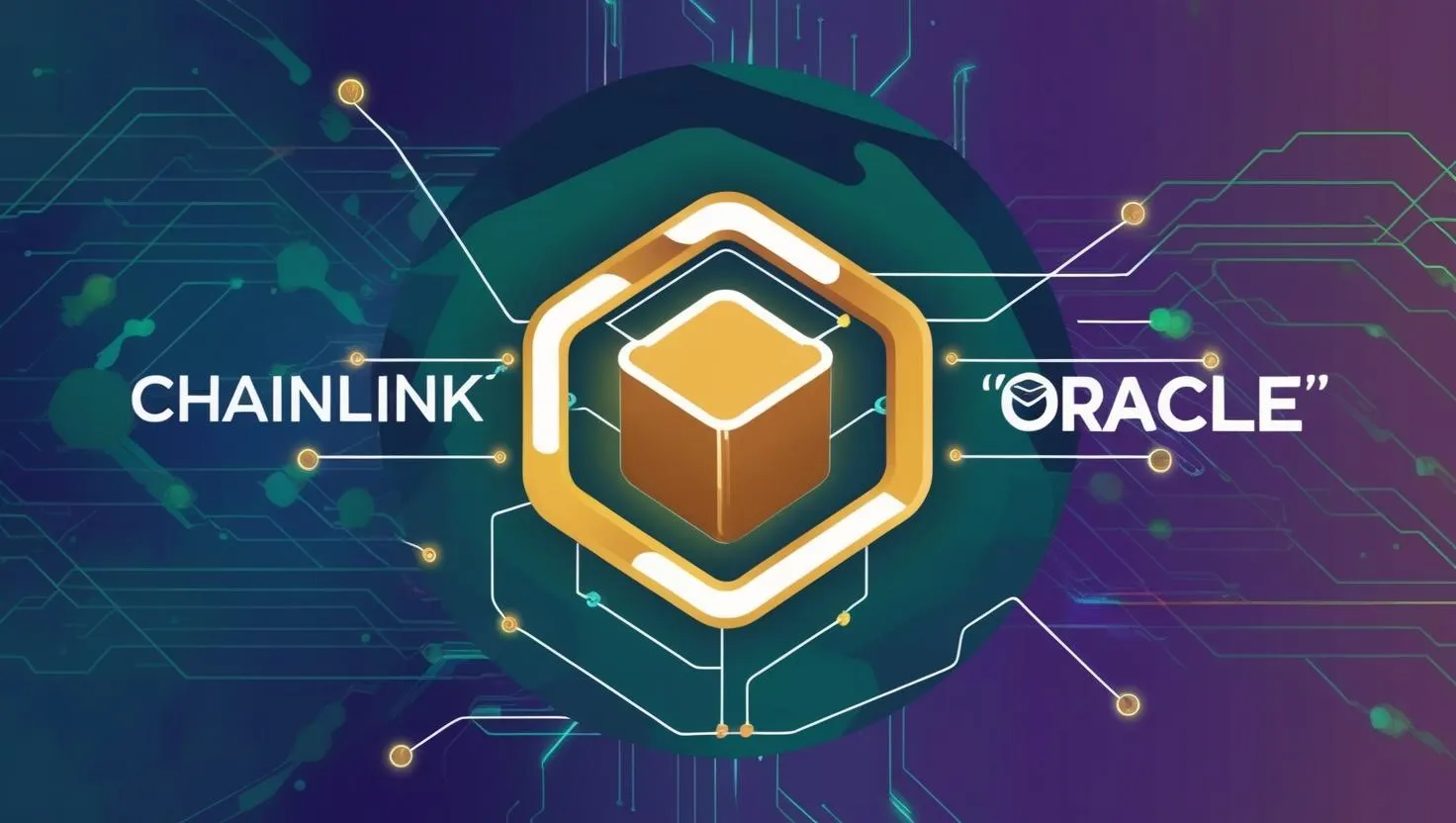DAOs: A Beginners Guide to Decentralized Autonomous Organizations
A decentralized autonomous organization (DAO) is a community-led entity with no central authority. It is governed by a set of rules encoded in computer programs called smart contracts on a blockchain. These smart contracts automate the execution of decisions made by the DAO members, who typically hold governance tokens that give them voting rights.
Here's a breakdown of the key aspects of DAOs:
Decentralization: DAOs operate without a central governing body, distributing control among their members. This eliminates single points of failure and prevents any individual or group from having undue influence.
Autonomy: DAOs are self-governing, with their rules and operations determined by the community through proposals and voting. Smart contracts automatically enforce these rules, ensuring transparency and trust.
Organization: DAOs are structured around a shared purpose or goal, with members collaborating and contributing to achieve it. This can range from managing a project or protocol to investing in ventures or governing a community.
How DAOs Work:
- Smart Contracts: The foundation of a DAO is its smart contracts, which define the rules, governance mechanisms, and operational procedures. These contracts are publicly auditable and transparent, ensuring everyone understands how the DAO functions.
- Governance Tokens: Members of a DAO typically hold governance tokens, which represent ownership and voting rights. These tokens can be earned, purchased, or granted based on participation or contribution.
- Proposals and Voting: Members can submit proposals for changes or initiatives within the DAO. Token holders then vote on these proposals, and if a quorum is reached, the smart contracts automatically execute the decision.
- Transparency and Auditability: All DAO activities, including proposals, votes, and financial transactions, are recorded on the blockchain, making them publicly visible and auditable. This ensures transparency and accountability.
Benefits of DAOs:
- Transparency: All actions and decisions are recorded on the blockchain, fostering trust and accountability.
- Democracy: Members have a voice in decision-making through voting, promoting inclusivity and participation.
- Efficiency: Smart contracts automate processes, reducing bureaucracy and increasing efficiency.
- Security: Blockchain technology enhances security and protects against manipulation or fraud.
Challenges of DAOs:
- Security Risks: Smart contracts can be vulnerable to bugs or exploits, potentially leading to loss of funds or governance attacks.
- Governance Issues: Reaching consensus and making decisions in a decentralized manner can be challenging, especially in large DAOs.
- Legal and Regulatory Uncertainty: The legal status of DAOs is still evolving, creating uncertainty and potential risks.
Examples of DAOs:
- MakerDAO: Manages the DAI stablecoin and its governance.
- Uniswap: A decentralized exchange governed by its token holders.
- Compound: A lending and borrowing protocol with a DAO for governance.
The Future of DAOs:
DAOs are still a relatively new concept, but they have the potential to revolutionize how organizations are structured and governed. As technology advances and best practices emerge, DAOs are likely to become more prevalent and sophisticated. They could play a significant role in various sectors, from finance and technology to art and social impact.
Disclaimer: This is a simplified explanation of DAOs, and there are many nuances and complexities involved. It is important to conduct thorough research and understand the risks before participating in or investing in any DAO.

